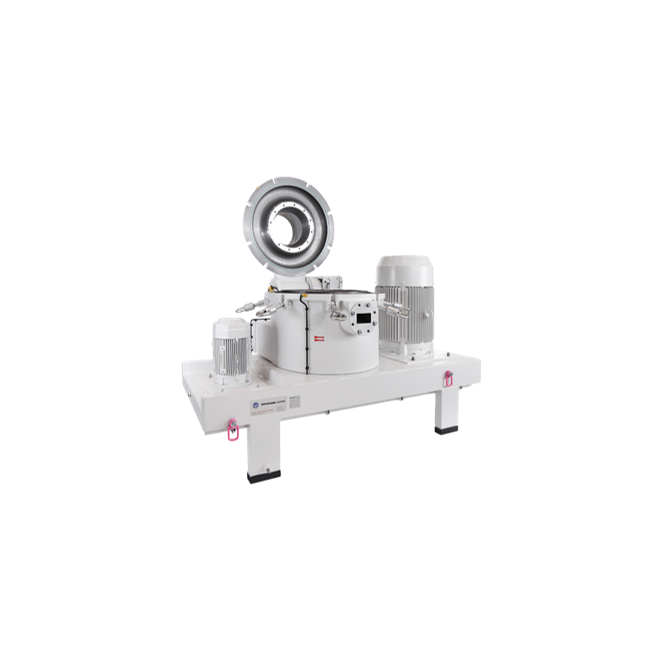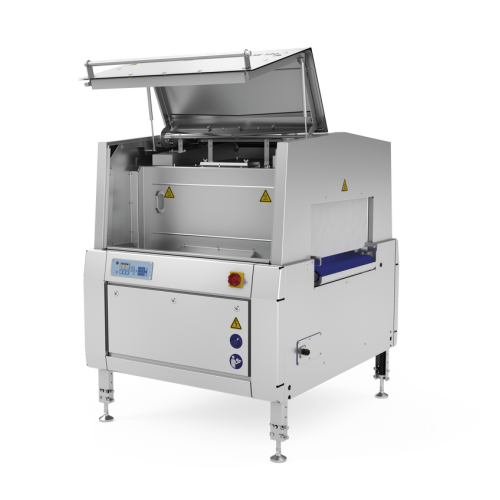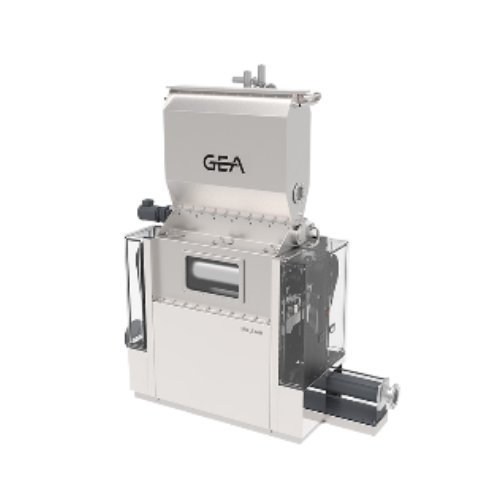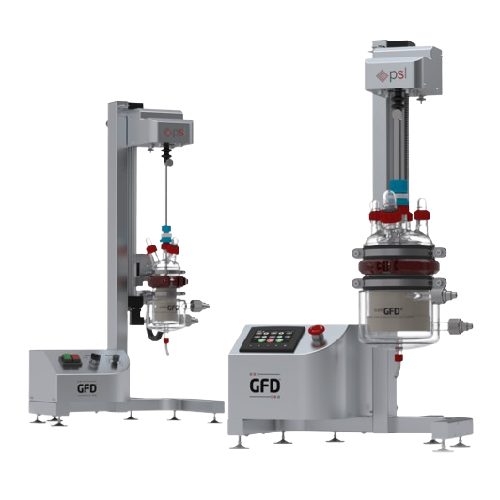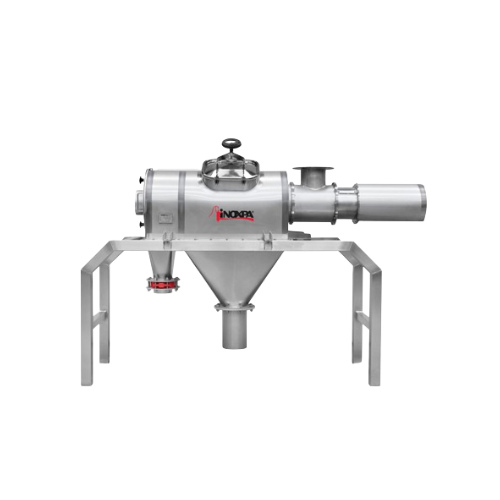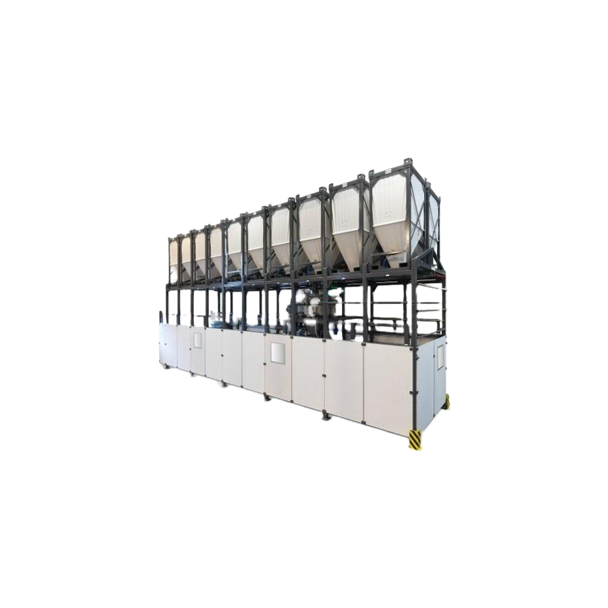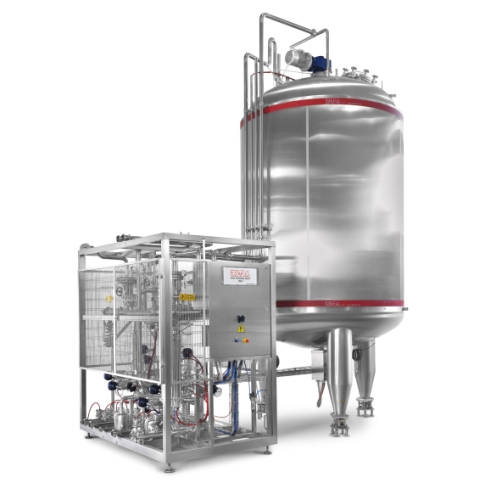
Making Flour
Find innovative production technology for making flour and connect directly with world-leading specialists
Flour processing technology has changed drastically since the days of the millstone pulled by a mule. But demand for more refined flour means that the production process is now slower than with more rudimentary techniques. When mixed with water, protein in wheat flour form an elastic gluten structure, giving bakery products their irresistible fluffiness.
Select your flour process
Tell us about your production challenge
Refine the sifted grain with a secondary sieving
The wheat grain is composed of bran, endosperm, and germ. The bran and germ are sifted out, leaving behind the carbohydrate-rich endosperm. Before modern flour processing technology, the traditional way to sift was throwing the grains up in the air and letting the lighter chaff be blown away by the wind.
After sifting, the endosperm is ready to undergo a second sieving process to refine the material in preparation for further milling.
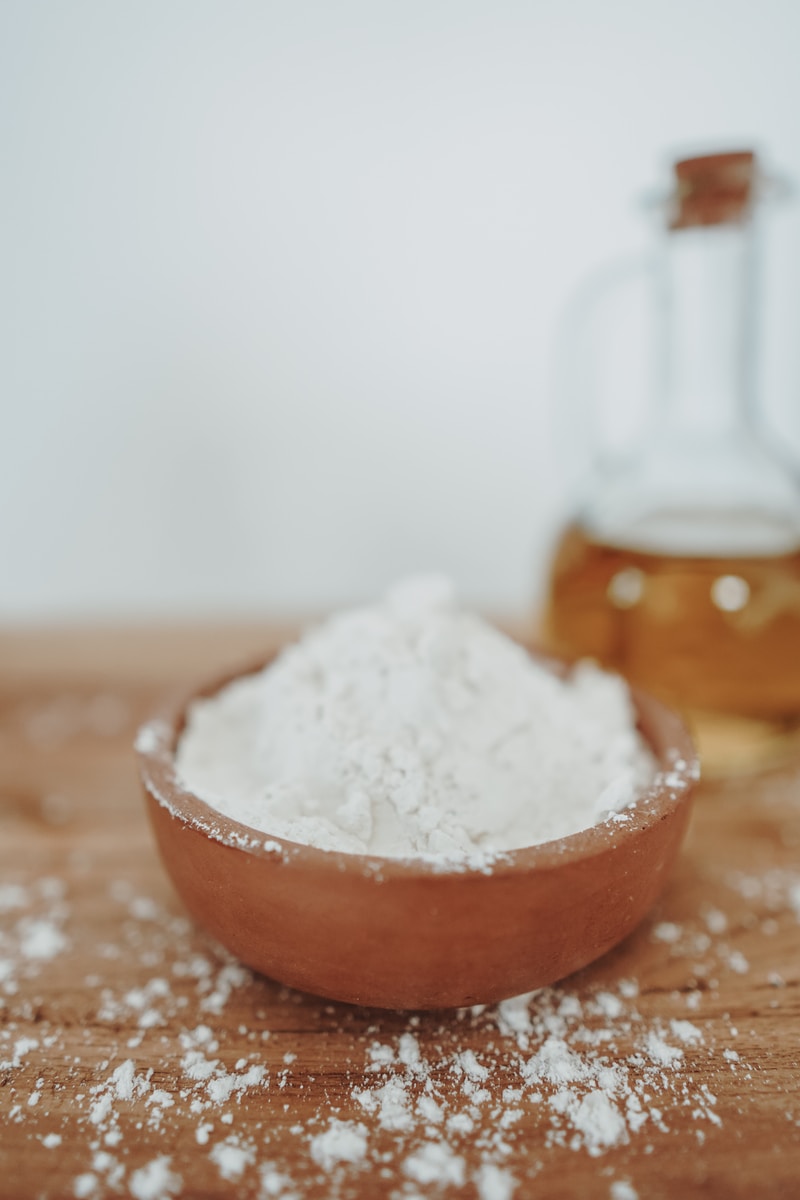
Water conditioning peels off the outer layer more easily
Before going for grinding, grains are treated with water to facilitate the removal of the outer skin. Cold conditioning involves soaking the wheat in cold water for up to three days. Warm conditioning, by contrast, immerses the material in water at temperatures around 46°C for 60-90 minutes and lets it rest for one day.
Water temperatures are sometimes ramped up to 60°C in a technique known as hot conditioning. In this method, grains are soaked for a shorter time. An alternative approach applies steam to the material instead of water immersion.
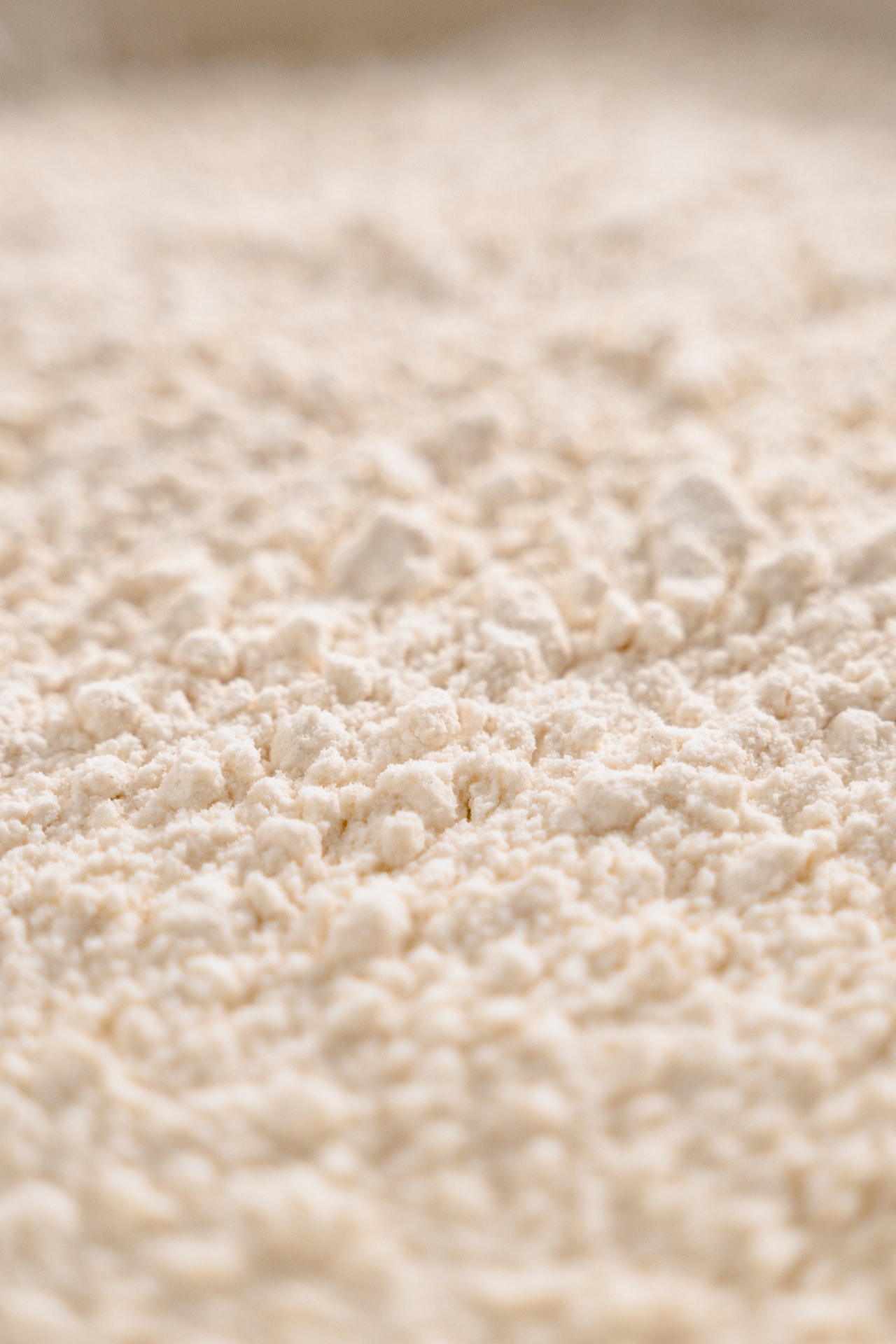
Apply semi-wet grinding to produce gluten-free flour from rice
Rice flour is a good substitute for rye, oat, or wheat flour. Its protein content is about 6.5-7%, but it does not contain gluten, making it an ideal candidate for gluten-free products.
The grinding process typically adopts a semi-wet method. Rice is fermented in water at a 1:2 ratio for 16 hours and then crushed. The material is partially dried in oven dryers operating at 60°C until the moisture content is reduced to around 24%. It is then ready to be milled again into finer particles and dried thoroughly.
Convert chaff from flour processing technology into wheatfeed
The bran discarded at the sifting stage is a rich component for feeds. Although frequently used in pig and poultry products, wheatfeed offers a good source of fiber and phosphorous in all types of livestock feeds.
The by-product is naturally low in calcium and vitamins, but it can be blended with other ingredients to produce a balanced feed premix. Wheatfeed is usually processed into pellet feed.
Processing steps involved in flour making
Which flour technology do you need?
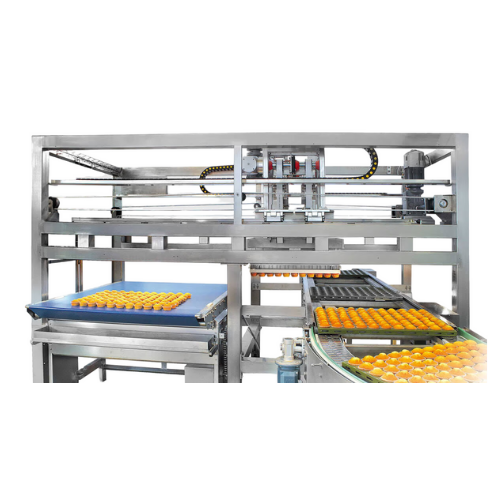
Cake and pastry depanner
Optimize your bakery’s output with this solution that seamlessly integrates into your production lin...
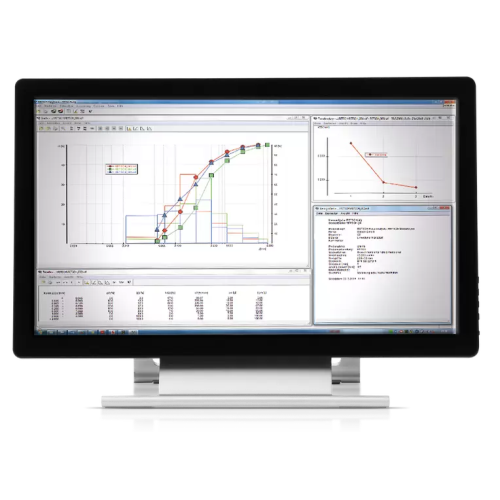
Sieve analysis software for automated evaluation
Streamline your sieving processes with automated data evaluation and prec...
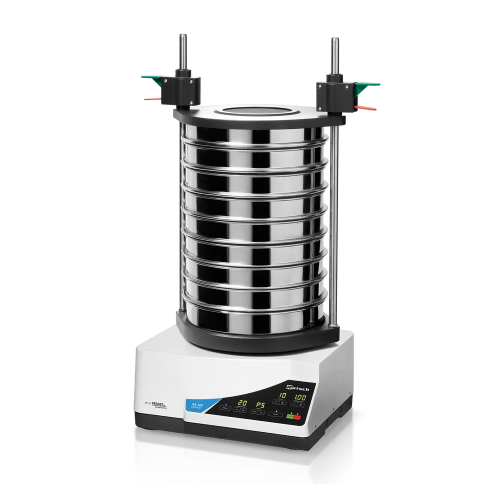
Electromagnetic sieve shaker for quality control
Achieve precise particle size distribution with this advanced electromagn...
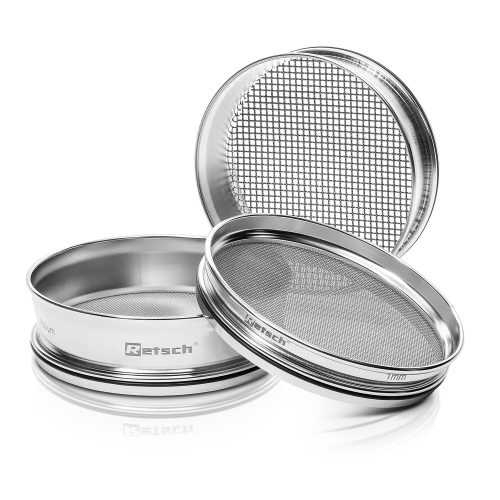
Mesh sieves for laboratory particle size analysis
Ensure precise particle size control for a wide range of materials with...
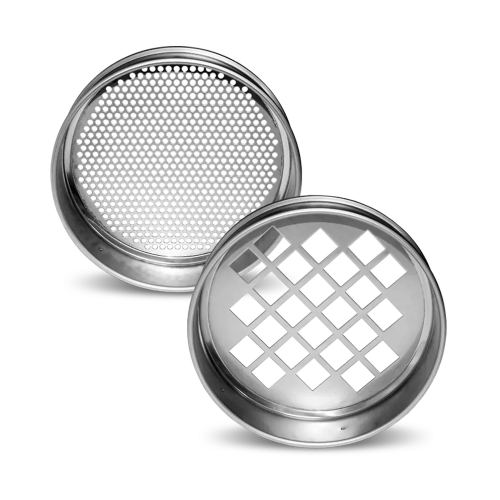
Perforated plate sieves for particle size determination
Optimize your particle size separation with high-stability stainl...
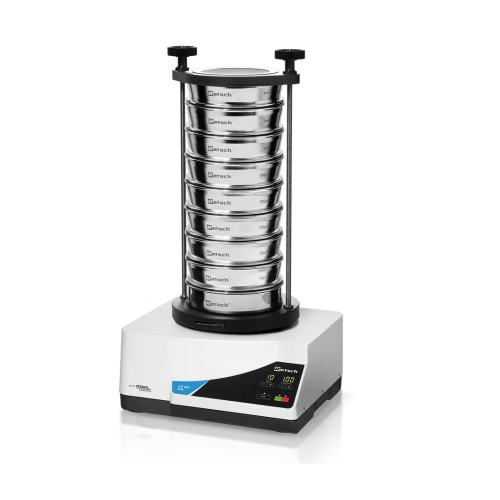
Vibratory sieve shaker
Enhance your quality control processes with this versatile sieve shaker, designed to efficiently separ...
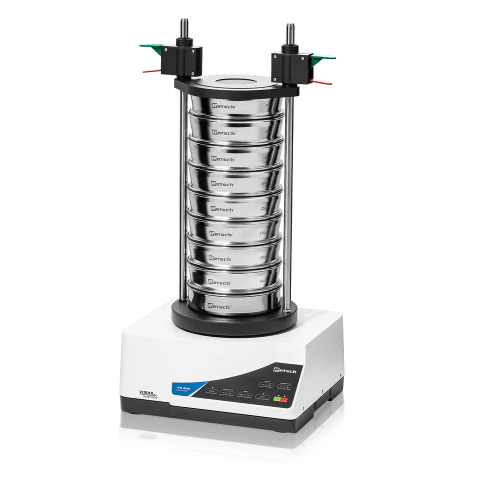
Vibratory sieve shaker for particle size determination
Achieve precise particle size analysis with rapid, reproducible re...
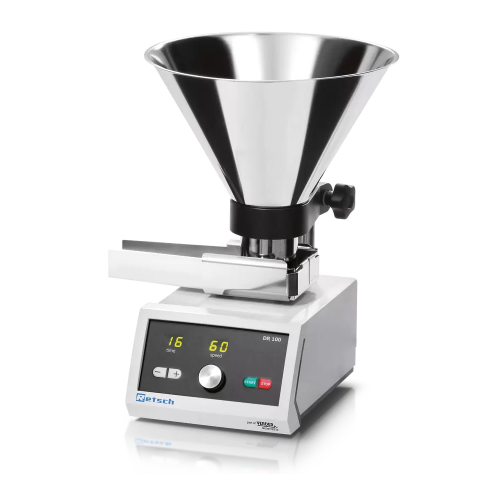
Vibratory feeder for bulk materials and fine powders
Ensure consistent material flow and precise feeding for optimized pr...
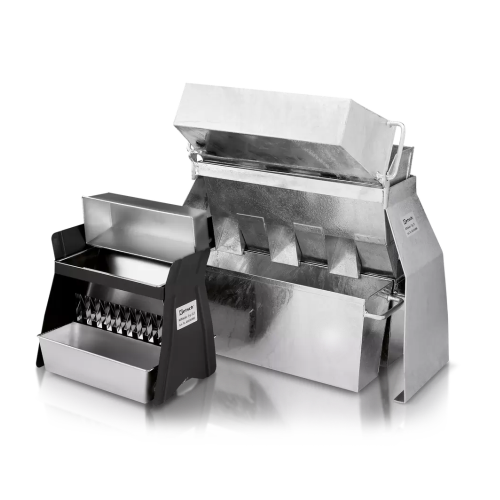
Sample divider for on-site reduction of bulk materials
Ensure consistent sample analysis with precise on-site material di...
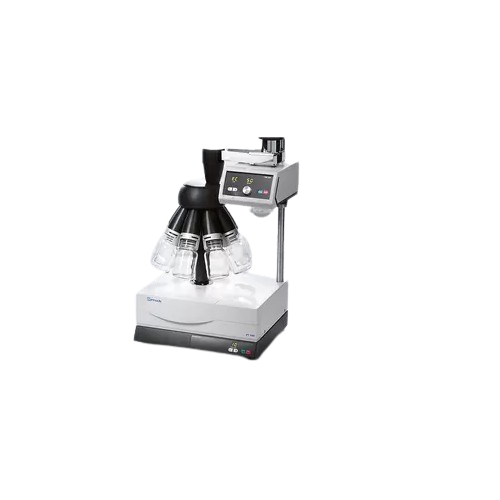
Sample dividing solutions for laboratory applications
Streamline your lab’s precision in sample preparation with so...
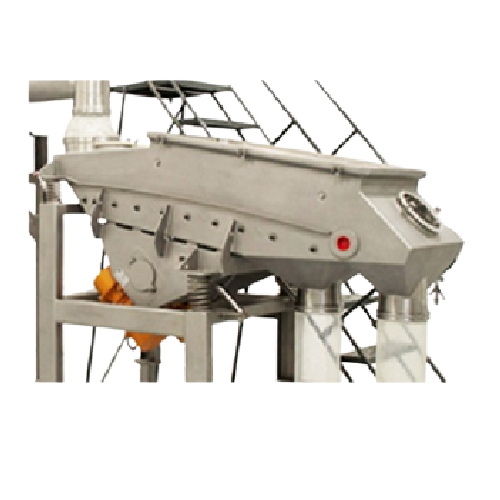
Powder sifters for industrial applications
Optimize powder consistency and enhance production flow with advanced sifting t...
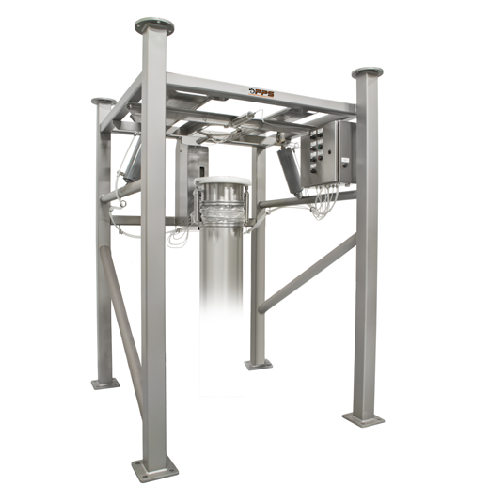
Powder unloading systems for food and dairy applications
Streamline your powder handling with customizable unloading syst...
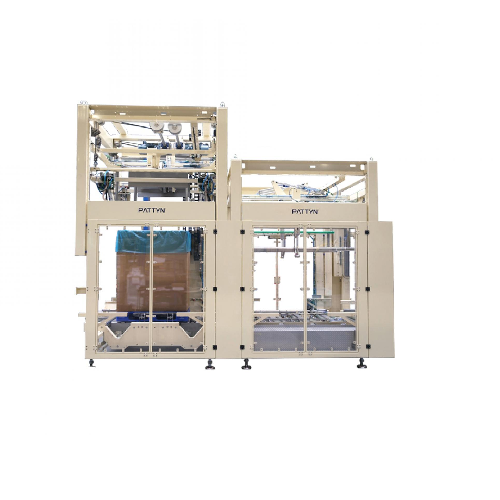
Industrial Xl bag sealer for large pallet containers
Eliminate manual handling and ensure perfect seals for bulk packagin...
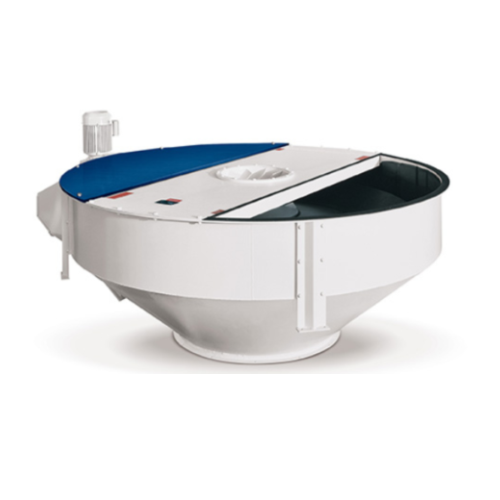
Cryloc rotary screens for grain processing
Efficiently sort and separate fine particles with high precision to enhance pro...
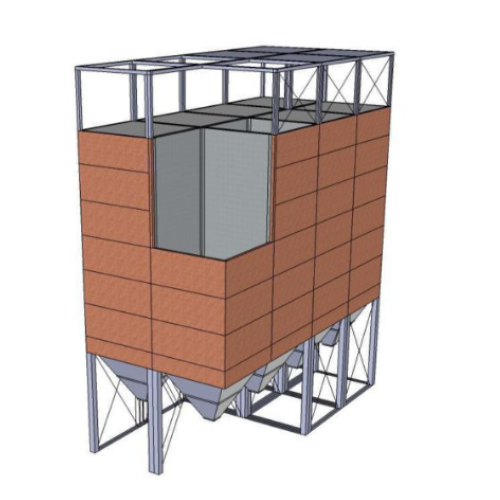
Square silo for bulk goods storage
Maximize your storage efficiency by 25% with square silos, uniquely designed for effecti...
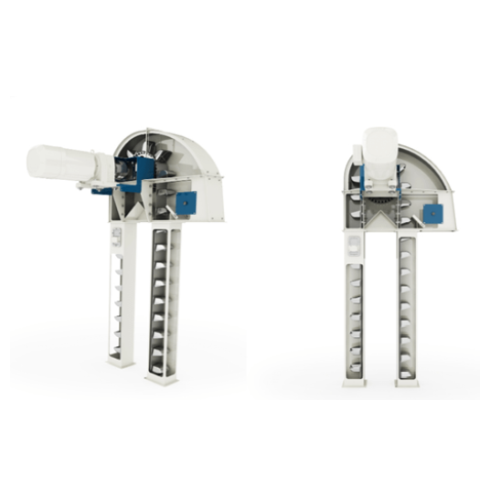
Bucket elevators for bulk material handling
Efficiently transport and discharge granular and powdered materials with preci...
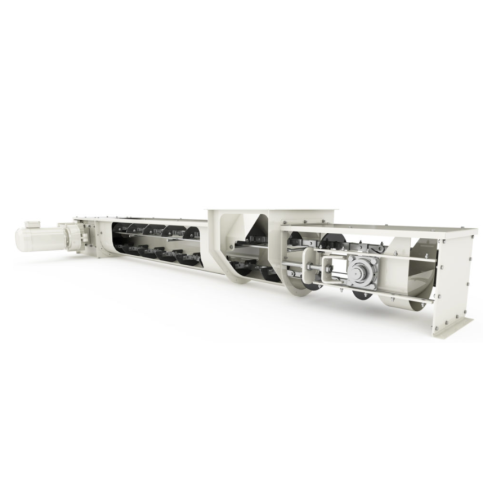
Efficient powder and granulate flight conveyors
Elevate your production efficiency with our cutting-edge flight conveyors,...
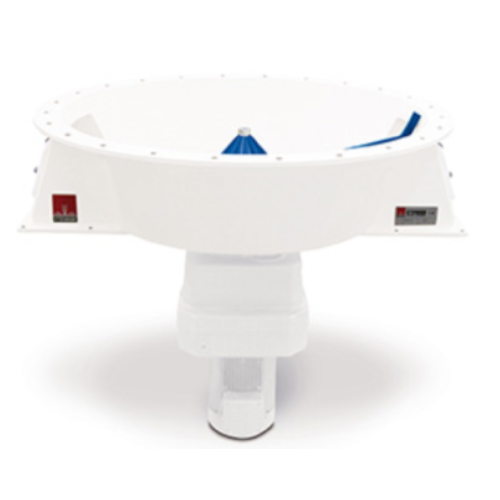
Rotary dischargers for powders and granules
Prevent production halts with this solution designed for efficient discharge o...
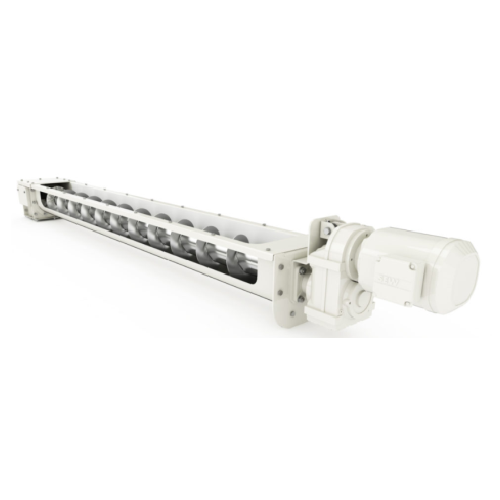
Screw conveyors for grain processing and feed mills
Optimize your production line with versatile screw conveyors, designe...
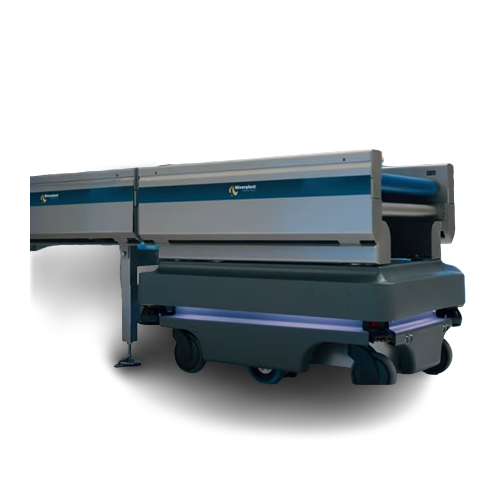
Self-driving transport system for industrial packaging
Streamline internal logistics with a self-navigating vehicle desig...
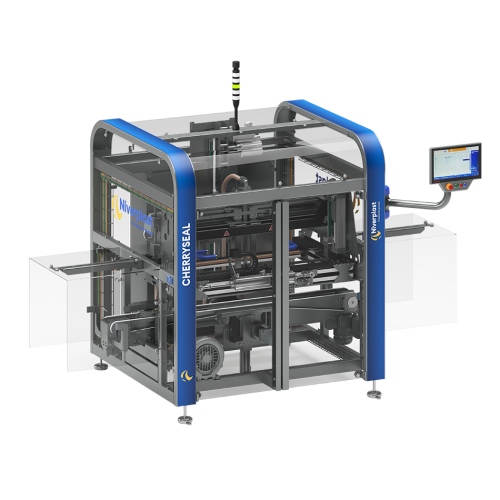
Compact sealing system for bags and boxes
Achieve seamless, high-speed packaging with a compact solution designed to handl...
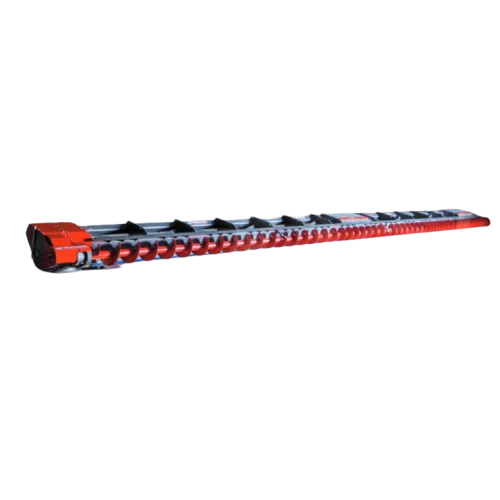
Silo unloader for difficult products
Tackle challenging silo extractions with a robust unloading system designed for high-s...
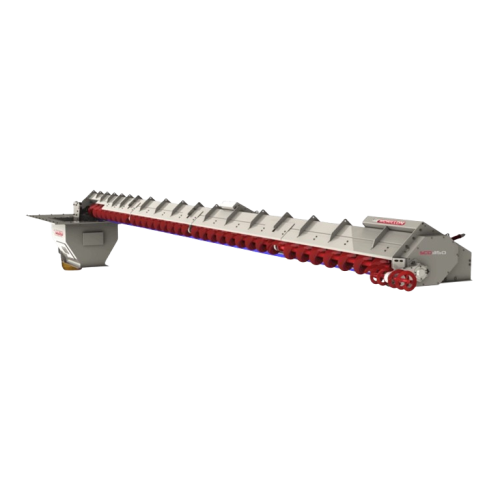
Sweep auger for flat bottom silos
Optimize your grain storage operations with a fully automatic sweep auger designed to eff...
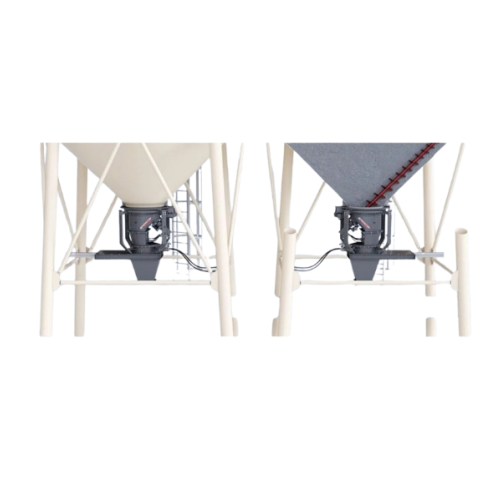
Unloader for conical bottom silos
Eliminate product flow challenges effortlessly with this hydraulic-driven unloader, ensur...
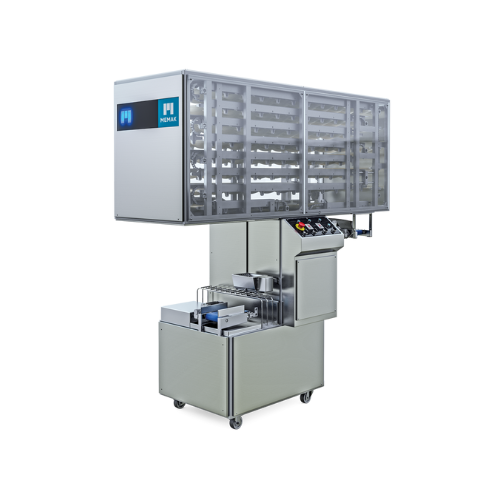
Dough proofing solution for stress-free fermented dough
Ensure stress-free dough handling and optimal fermentation before...
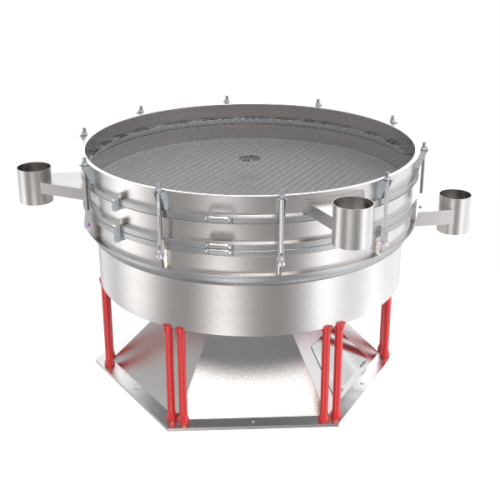
Circular sifter for fatty products and flours
Achieve precise separation and grading of nuts and flours, optimizing your p...
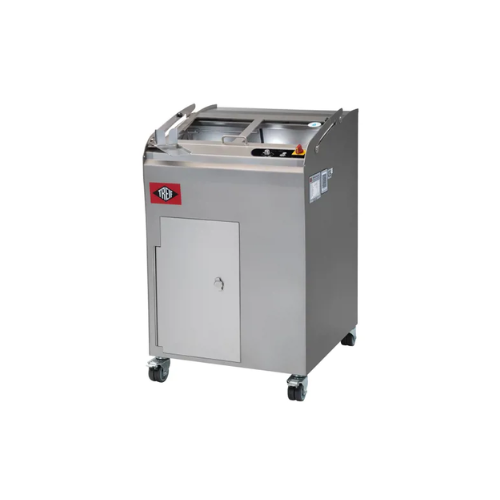
Versatile bread slicer for bakeries and supermarkets
Effortlessly slice various bread types with precision and speed, ens...
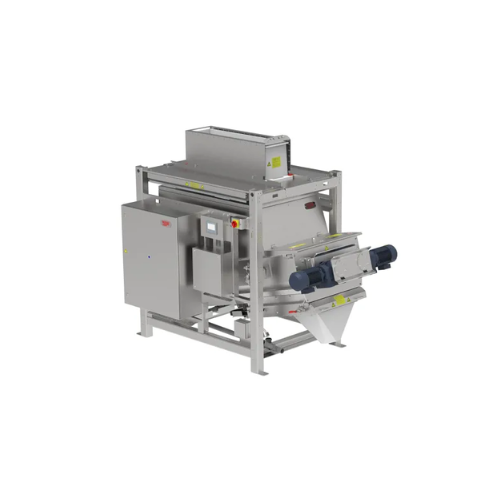
Flake ice weighing and batching system for dough processing
Optimize your dough’s freshness and consistency with p...
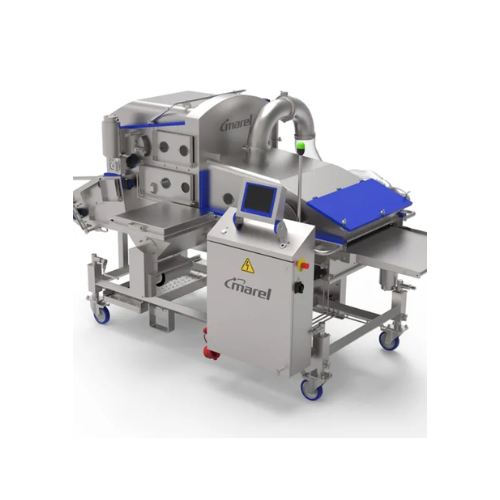
Flour applicator for convenience foods and snacks
Achieve uniformly coated products, such as chicken nuggets and fish fil...

Gravity fed metal detector for dried foods
Ensure product purity and safety with metal detection between gravity feed hopp...
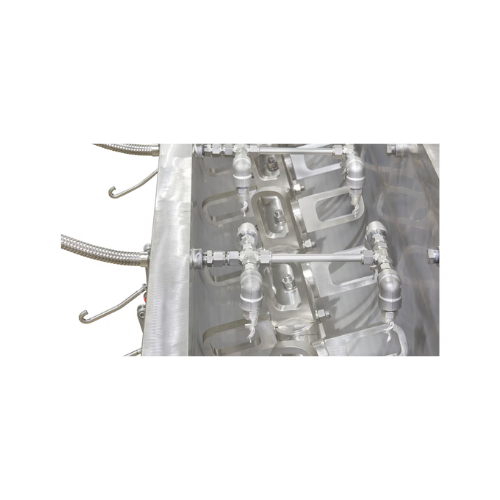
Cryogenic chilling systems for food processing
Efficiently maintain precise temperatures to enhance product quality and sa...
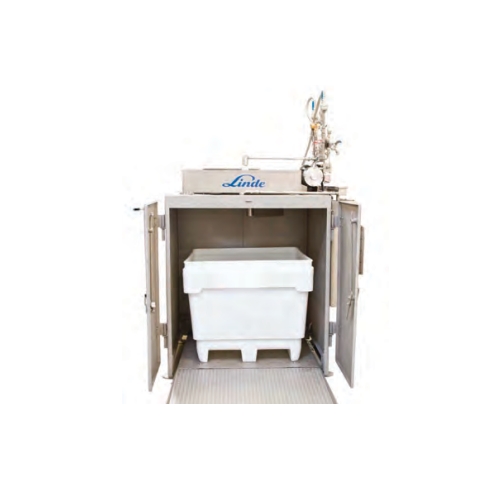
Cryogenic chilling for food processing
Optimize your food production line with cutting-edge cryogenic chilling solutions, d...
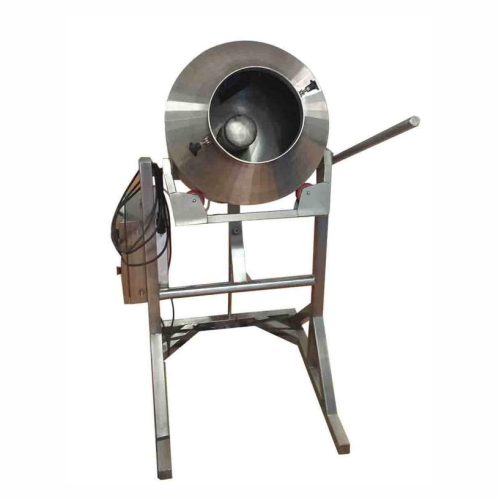
Industrial mixer for vegetable, powder, rice, noodle blending
Effortlessly achieve consistent blends with this 100-liter...
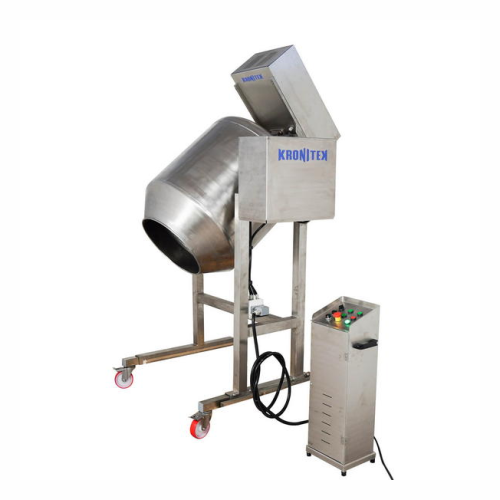
Commercial food drum mixer for sauerkraut and salads
Streamline your batch production with this versatile commercial food...
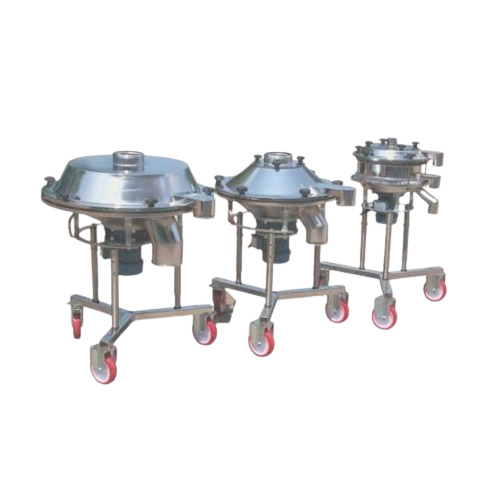
Vibrating tumbler screener for dry and wet screening
Achieve efficient dry and wet material separation with a high-capaci...
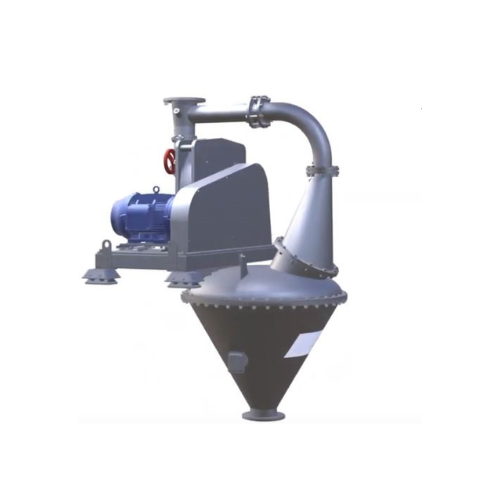
Universal mill for fine grinding in food and pharma industries
Achieve unparalleled particle size reduction with high-pe...
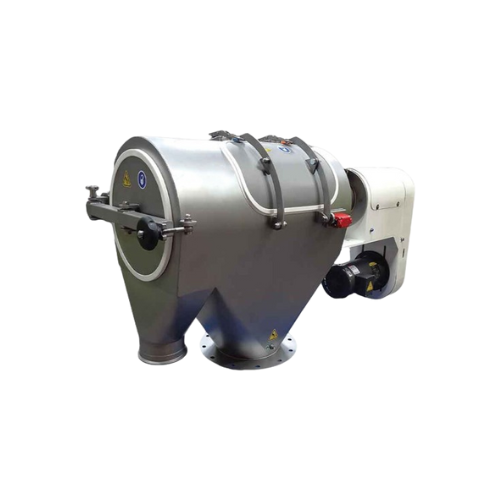
High-speed centrifugal sifter for food and pharma applications
Optimize your powder processing with a high-speed centrif...
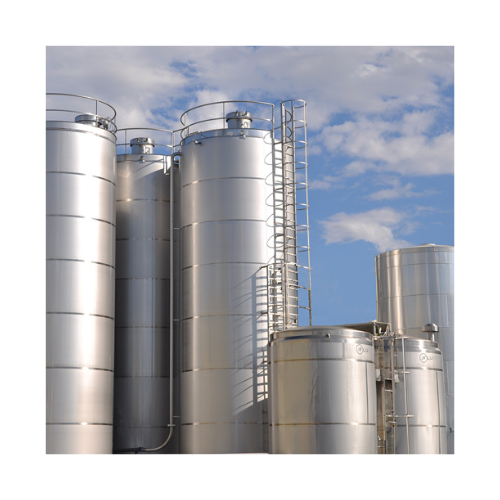
Industrial silos for powdered and granulated products
Optimize your storage and material flow for powdered and granulated...
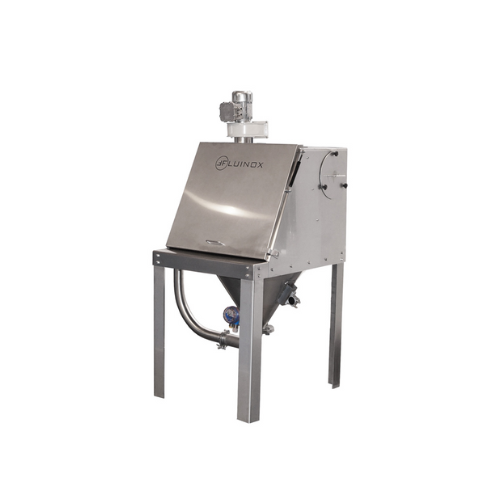
Bag dump station for handling solid foodstuffs
Efficiently manage manual dosing of solid foodstuffs and powders with this ...
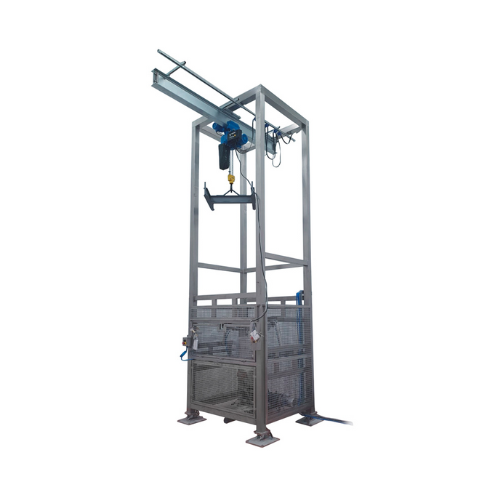
Big bag unloading station for solid materials
Streamline your production line by efficiently handling and dosing bulk soli...
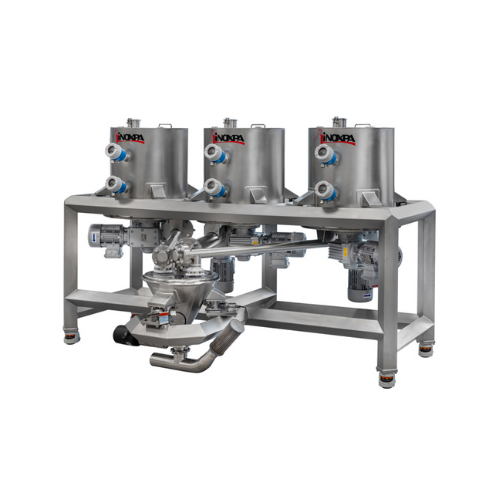
Micro ingredients loading station for solid additives
Optimize precision dosing and ensure smooth transfer of powdered in...
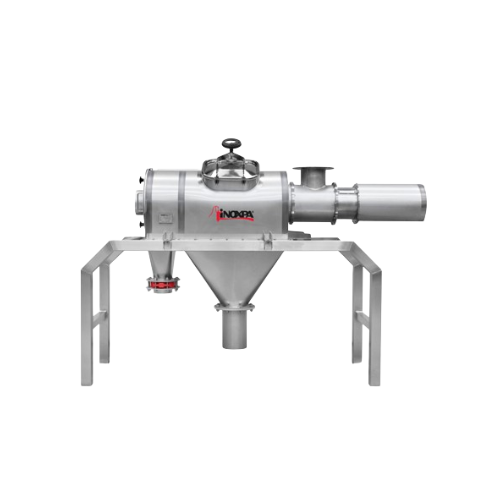
Industrial sieving solution for solid materials
Effortlessly separate impurities and adjust particle size for optimal prod...
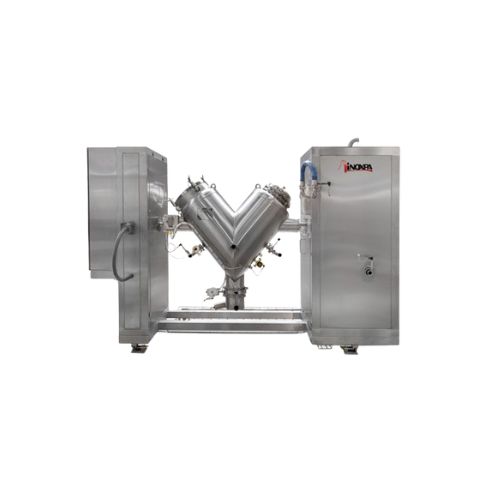
Industrial v-type solids blender for homogeneous mixture
Achieve precise blending of diverse powders and solids using the...
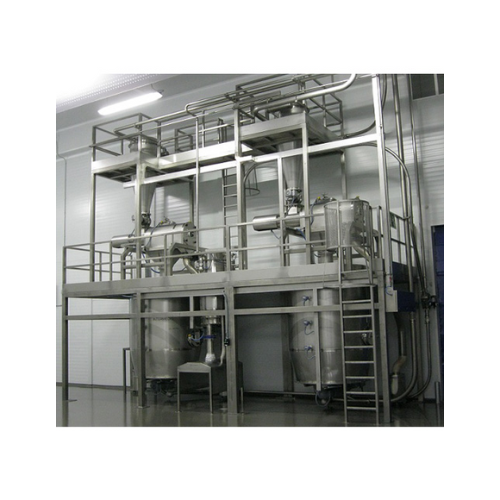
Buffer tanks for powdered or granulated solids storage
Enhance your production line with buffer tanks designed for precis...
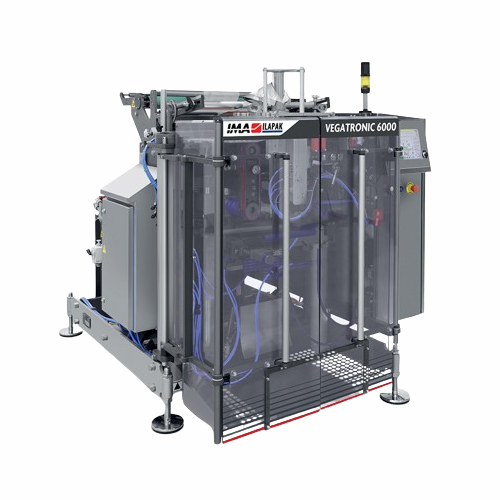
Continuous vertical form fill seal packaging solution
Experience unrivaled accessibility and efficiency in packaging fres...
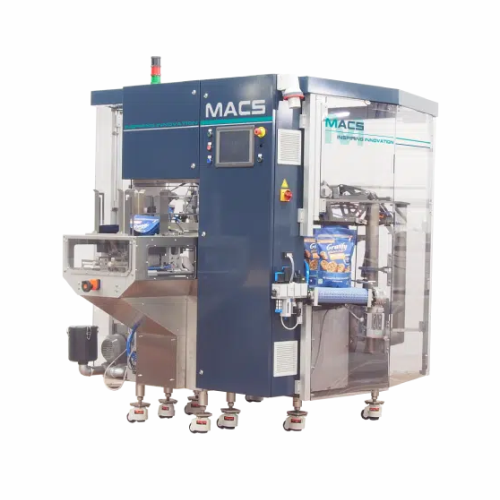
Rotary doypack packaging system for various materials
Enhance your packaging line with versatile doypack machines designe...
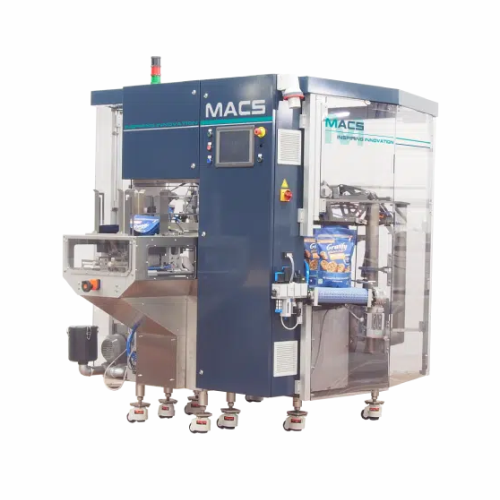
Rotary doypack for granules, liquids, and powders
Enhance your packaging line with a rotary doypack system designed to ef...
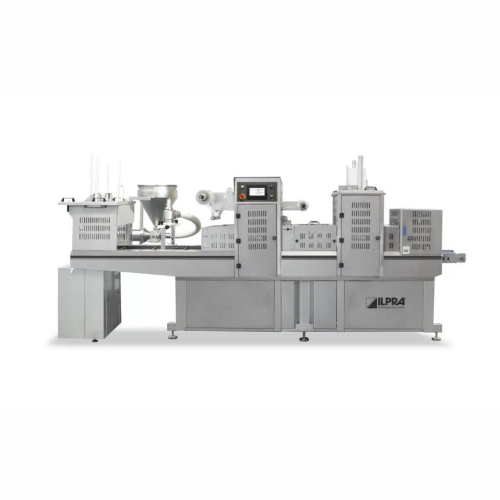
Tray sealing machine for buckets
Ensure efficient sealing and preservation with high-speed tray sealing for various food pro...

Vertical stick pack sachet packaging solution
Ideal for mid-scale operations, this vertical stick pack machine streamlines...
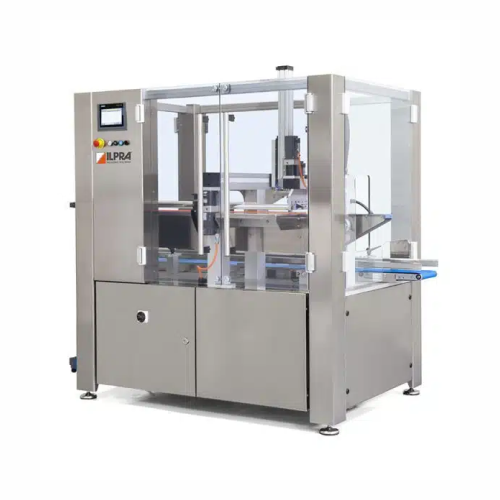
Automatic vertical casepacker for efficient packaging integration
Streamline your packaging process with a vertical cas...
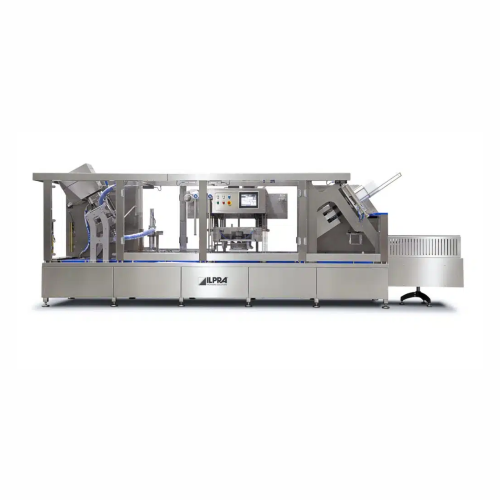
Tray sealer for food packaging buckets
Enhance your packaging efficiency with a highly adaptable tray sealer, designed for ...
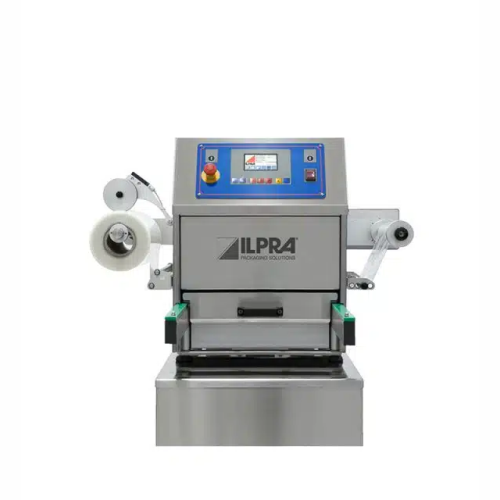
Tray sealer for packaged food products
Optimize your food packaging with precise sealing and advanced Modified Atmosphere P...
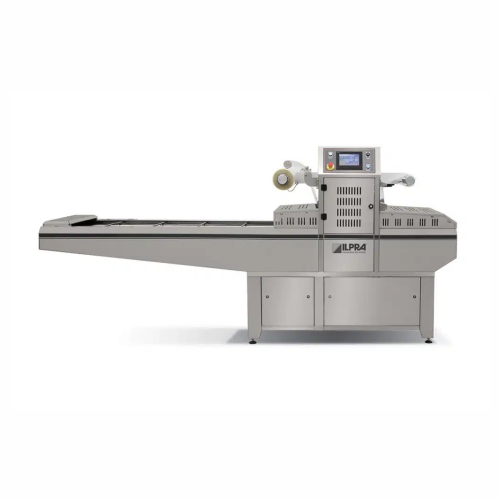
Traysealer for medium production
Streamline your packaging process with high-speed traysealing, ensuring freshness and exten...
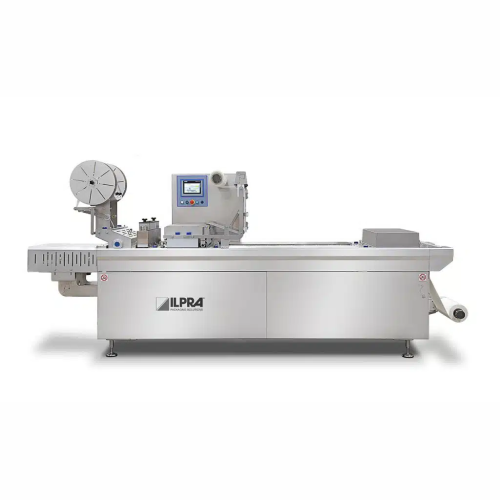
Thermoforming packaging solution for food and medical applications
Enhance your packaging line with a solution designed...
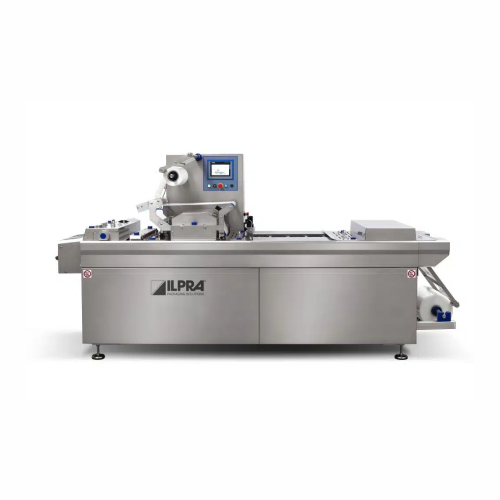
Compact thermoforming packaging system for food industry
Revolutionize your packaging line with a space-saving solution t...
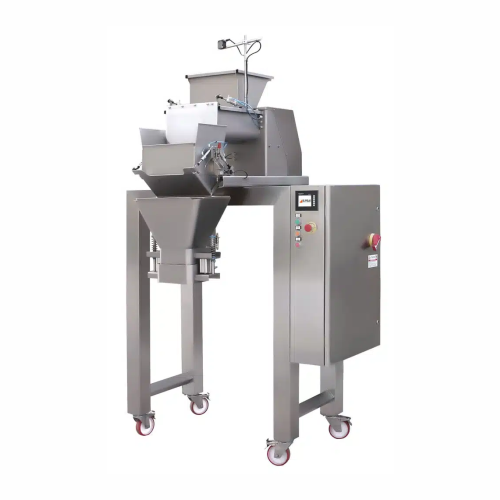
Linear and auger weighing systems for non-free-flowing products
Optimize your production line with precise weighing and ...
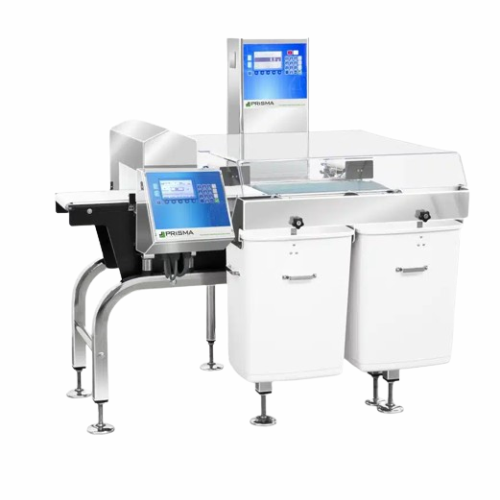
Metal detector for small to medium-sized products
Ensure product integrity and compliance by seamlessly integrating metal...

Multi head weigher for precise portioning
Ensure consistent product portions with our multi head weigher, ideal for high-s...
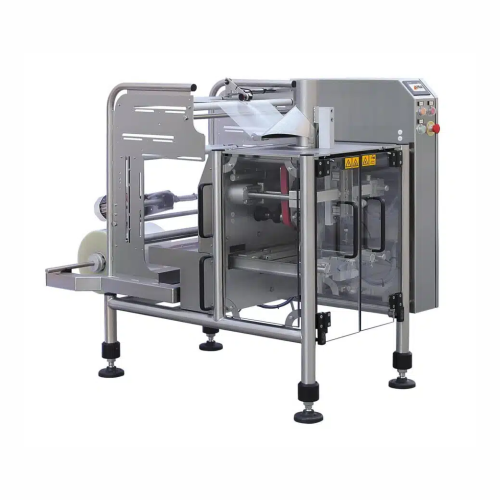
Vertical form fill seal for small to medium production runs
Ideal for scaling production, this compact packaging solutio...
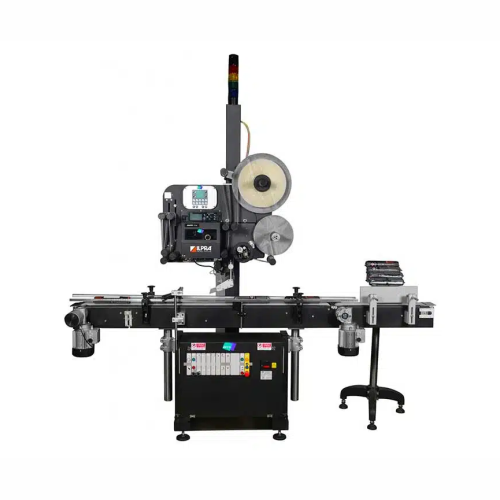
Automatic c-wrap labelling for packaged products
Enhance your production line with precise C-wrap labelling, seamlessly in...
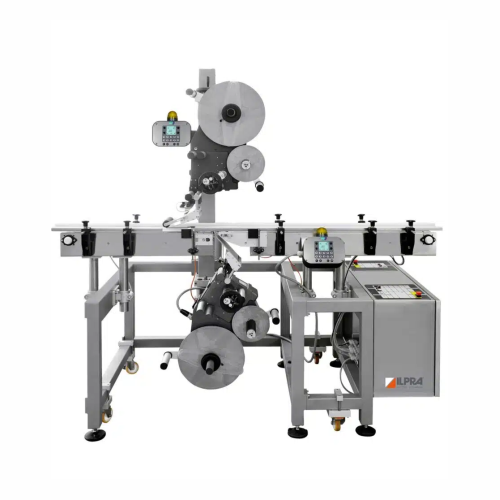
Automatic top & bottom labelling system
Enhance your packaging line efficiency by applying precise top and bottom labels to...
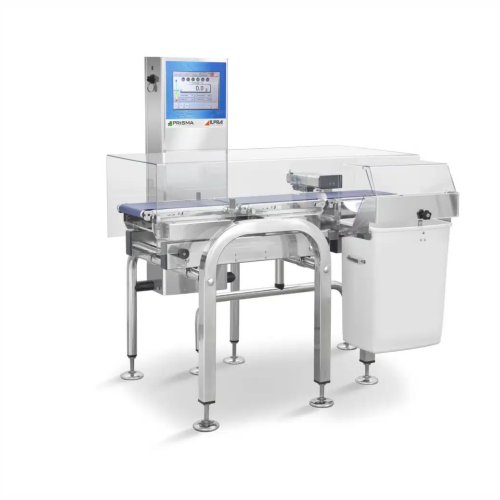
Industrial check-weigher for accurate product weight verification
Ensure precise weight compliance and reduce waste wit...
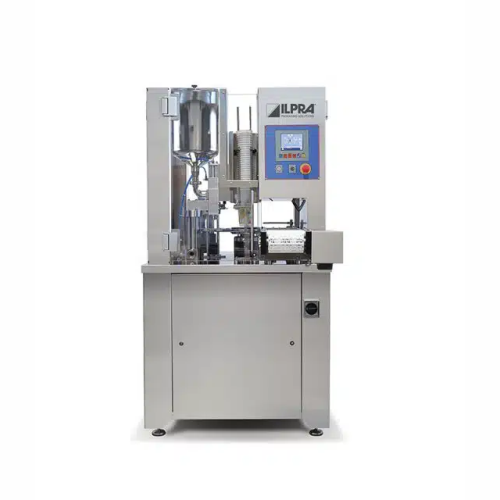
Rotary filler and sealer for dairy products
Optimize your filling and sealing needs with a compact solution designed for c...
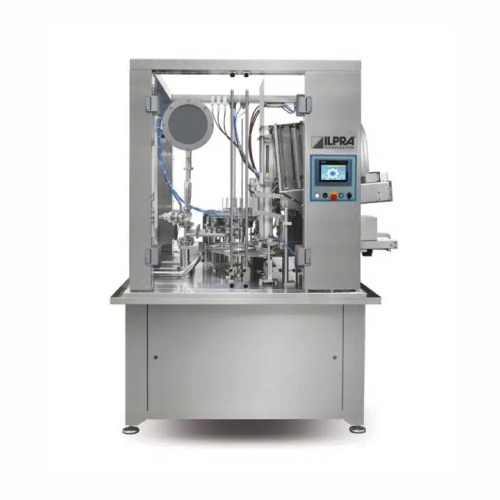
Automatic filling and sealing solution for medium to large production
Streamline your high-capacity filling and sealing...
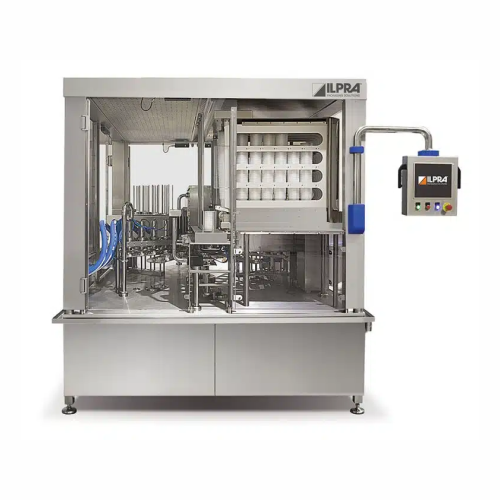
Rotary filler for optimized production processes
Streamline your fill and seal process with precise timing control and enh...
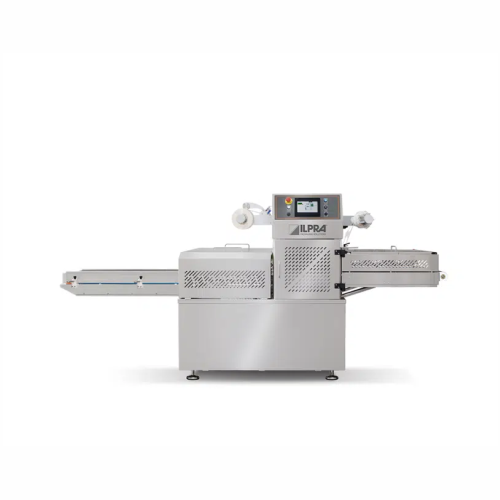
Entry-level in-line traysealer for ready-to-eat meals
Streamline your ready meal packaging with a compact traysealer that...
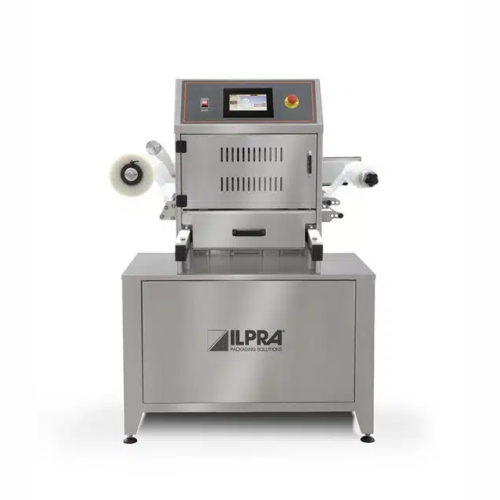
Semi-automatic tray sealer for skin packaging
Optimize your small-scale food packaging with a compact tray sealer designed...
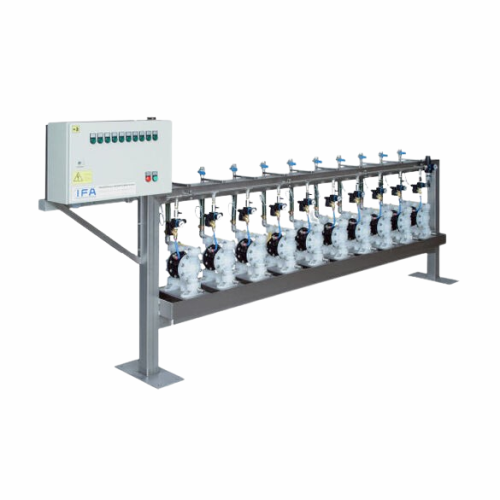
Pneumatic conveying systems for industrial applications
Efficiently transport bulk materials or liquids across your produ...
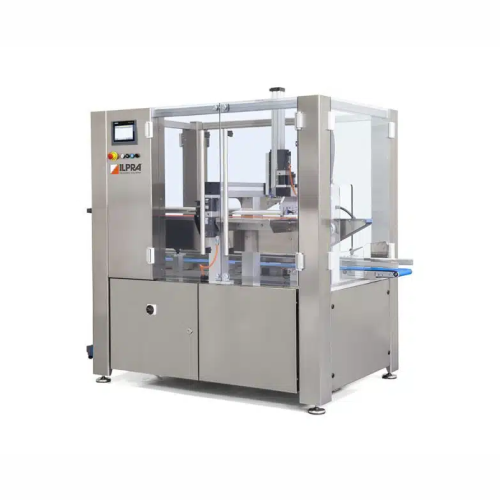
Industrial pick and place system for packaging
Streamline your packaging line with precise robotic pick and place operatio...
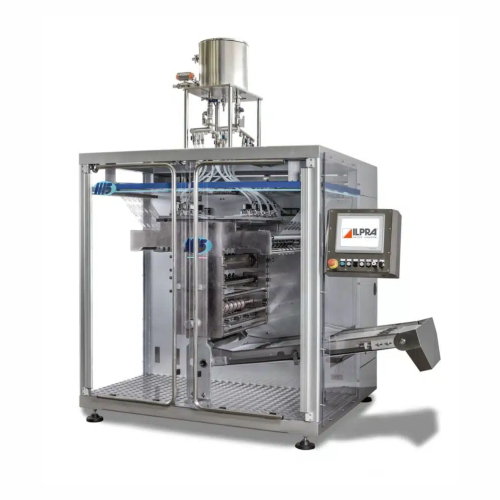
High-speed continuous rotating packaging solution
Transform your packaging efficiency with versatile operations, accommod...
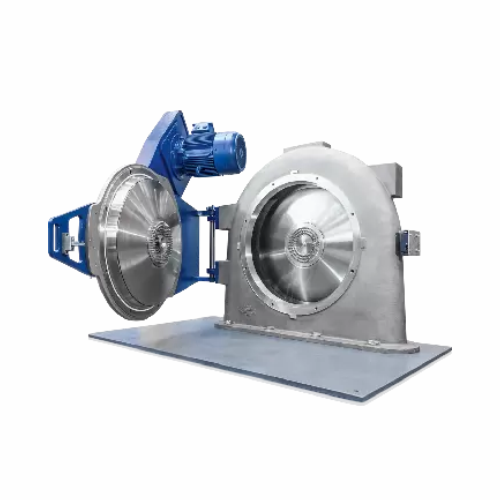
Industrial powder grinder
Achieve precise particle size reduction and classification with advanced equipment designed for co...
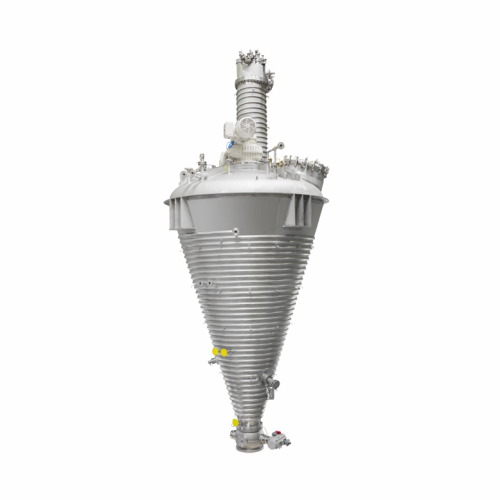
Vacuum dryers for powders and bulk solids
Achieve precise drying and mixing of sensitive materials with advanced vacuum te...
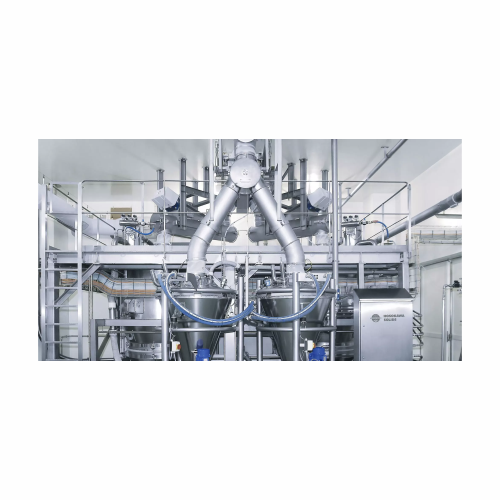
Pneumatic conveying system for bulk material handling
Efficiently transport bulk materials with precision through pneumat...

Industrial pre-crusher for coarse crushing
Optimize your production line by efficiently transforming clumped materials int...
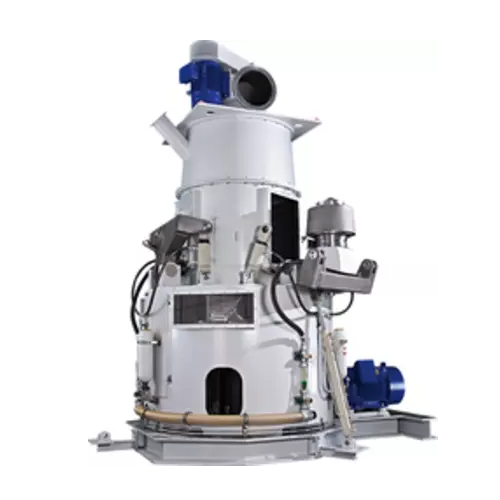
Table roller mills for mineral raw material comminution
Achieve precise mineral raw material comminution and energy-effic...
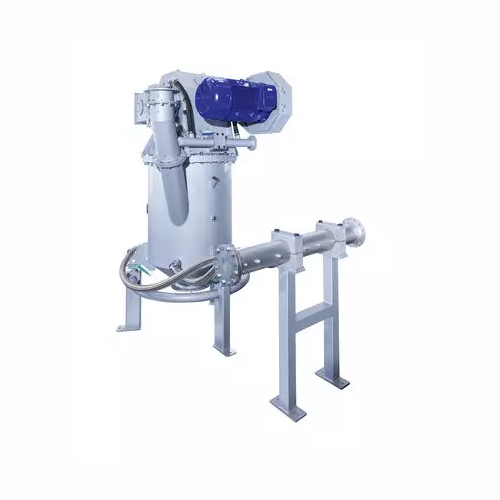
Fluidised bed opposed jet mill for fine particle processing
Achieve precise and consistent particle sizes with high-spee...
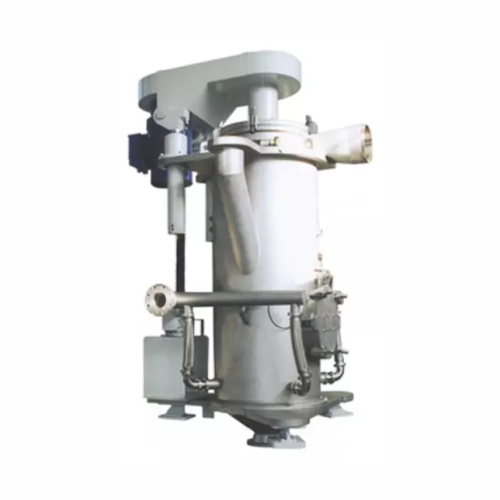
Jet mill for toner and pigment industries
Optimize particle size and distribution for high-demand applications with this h...
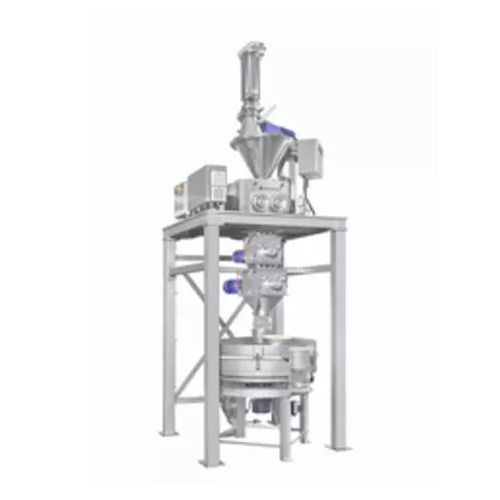
Roller press for fine-grained material compaction
Achieve optimal density and stability in your solid press agglomerates ...
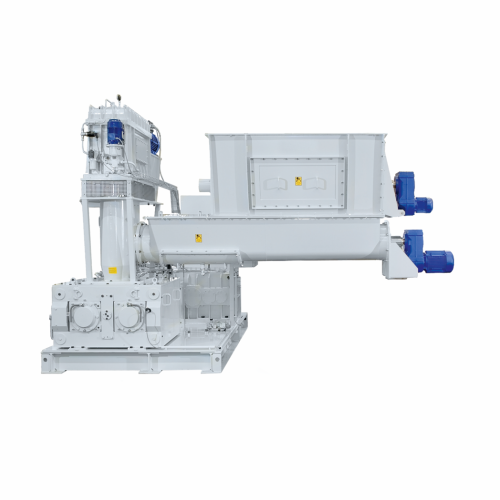
High-pressure roller compactors for chemical, food, and minerals industries
Achieve precise particle compaction and br...
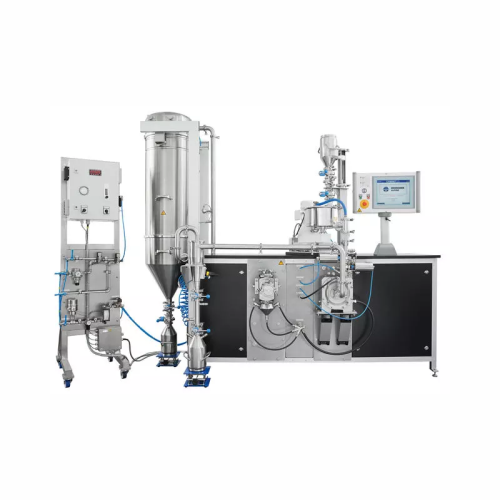
Multiprocessing system for flexible research and production
Optimize your process development with a versatile system th...
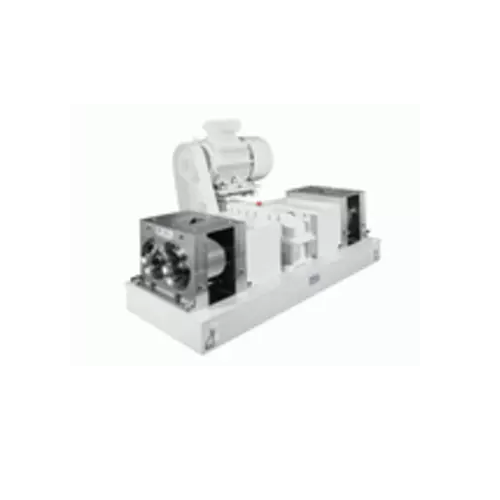
Pelleting and spheronizing equipment for chemical granulates
Optimize your production line with versatile pelleting and ...
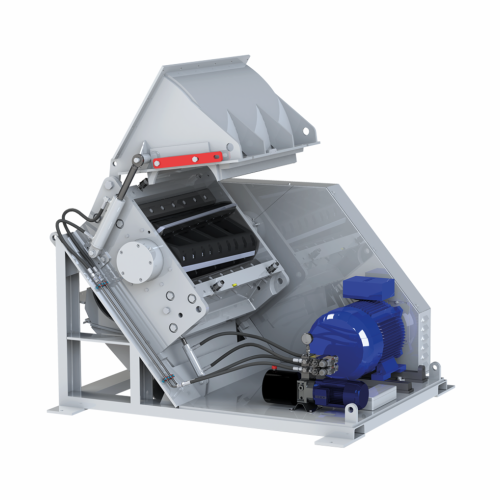
Low-dust granulator for plastic parts recycling
Achieve efficient comminution with minimized dust generation, ideal for pr...

Industrial granulator for high-throughput plastic recycling
Facing challenges in efficiently recycling high-volume plast...

High pressure roller mill for medium-fine crushing
Achieve precision in particle size with high-pressure roller mills, id...
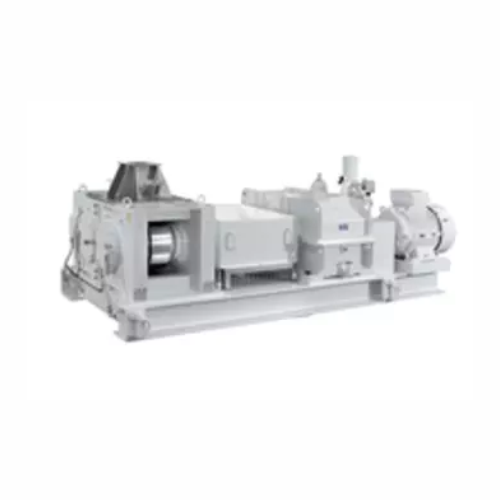
High-pressure roller mill for medium-fine crushing
Achieve precise granule distribution in medium-fine crushing applicati...
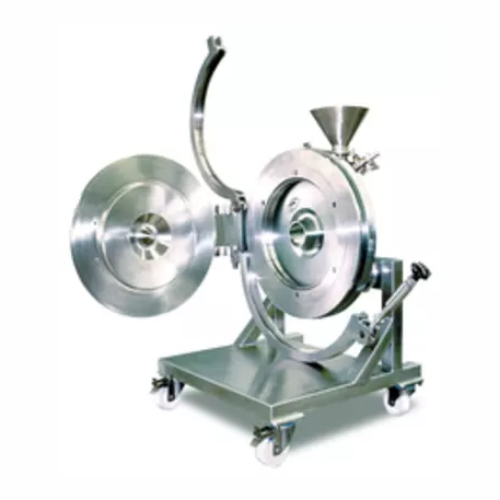
Spiral jet mill for superfine powder production
Achieve consistent ultra-fine powder with precise particle size control, c...
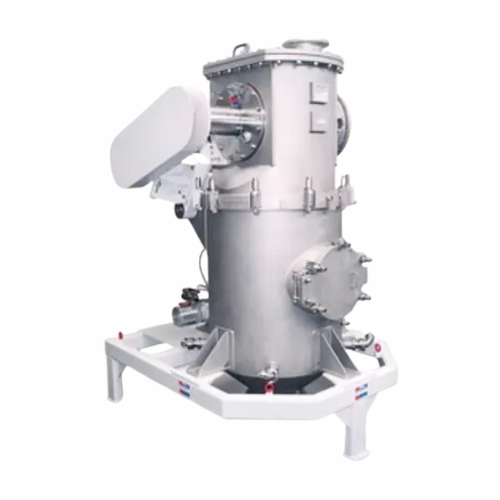
Fluidised bed opposed jet mill for ultrafine powder production
Achieve contamination-free ultrafine powder milling with ...
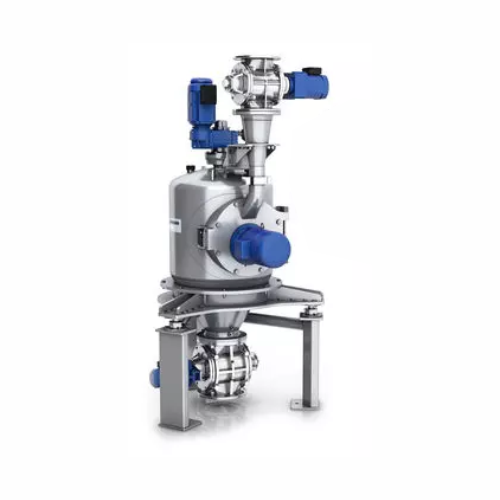
Sugar grinding and recrystallization system
Optimize your sugar production with a system that integrates grinding and recr...
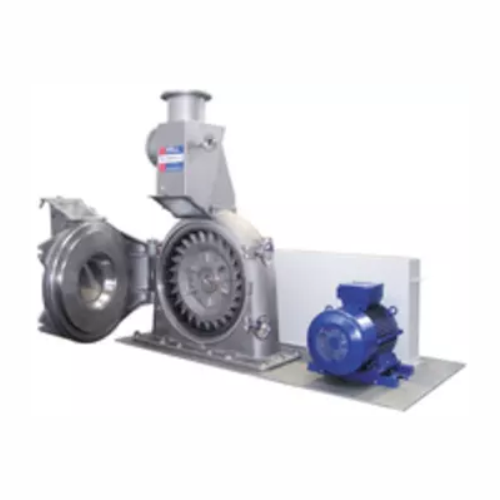
Versatile fine impact mill for soft materials
Achieve precision grinding with flexibility for a wide range of materials, e...
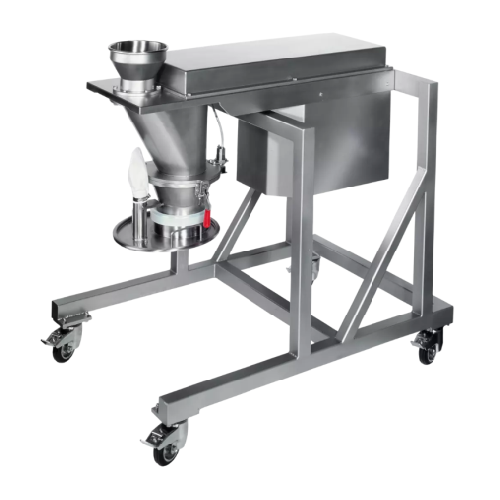
Flake crushers for gentle crushing of brittle materials
For processes needing precise granule control, our equipment ensu...
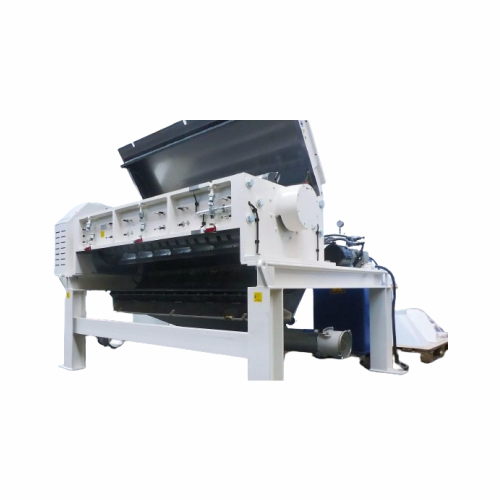
Industrial granulators for plastic recycling
Streamline your recycling operations with a solution that not only reduces en...
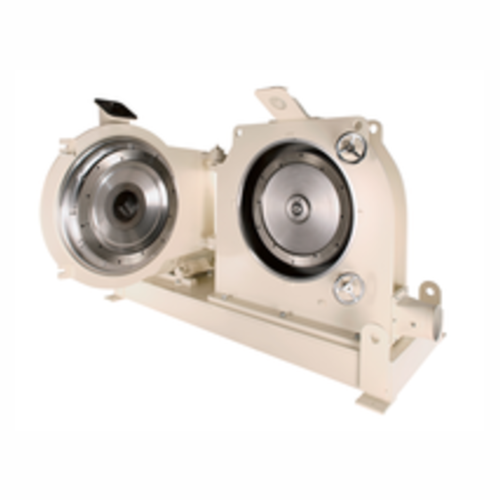
Fine cutting mill for soft to medium-hard plastics
Achieve precise size reduction and smooth particle shapes in plastic p...
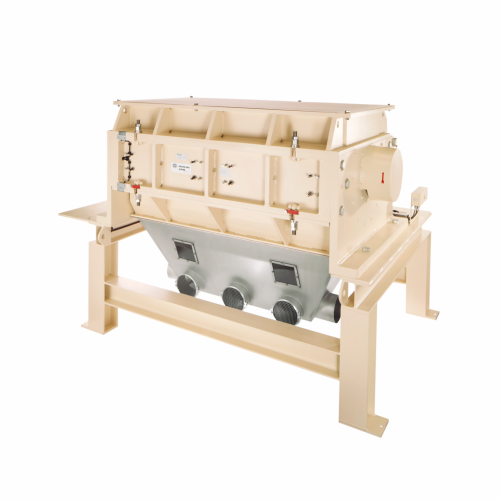
Compact granulator for plastic comminution
Optimize your plastic recycling operations with a compact granulator designed t...
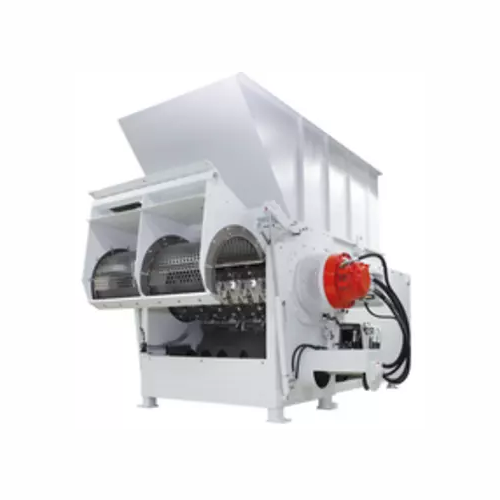
Heavy-duty shredder for difficult materials
Struggling with stubborn materials that resist conventional shredding? This ro...
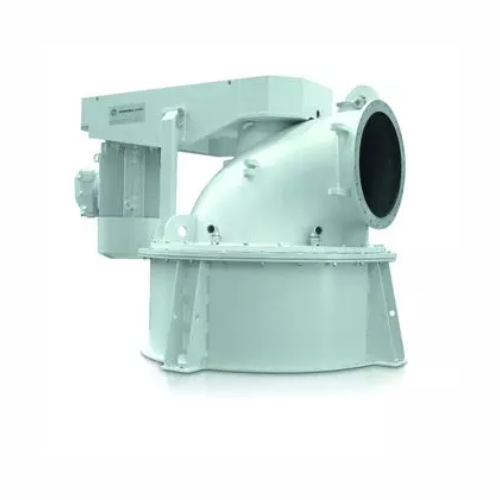
Air classifier for fine powder processing
Enhance your production line with precise particle size control and energy-effic...
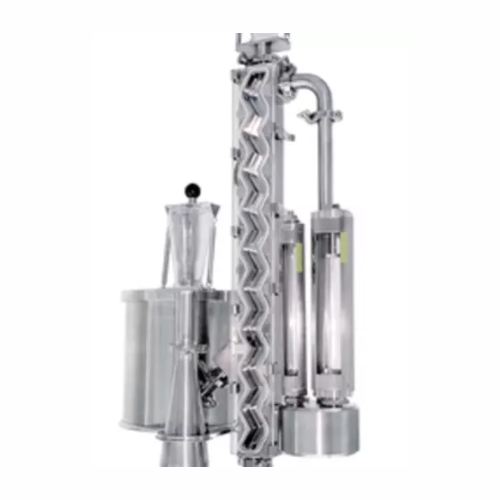
Gravity classifier for precise particle separation
Achieve sharp separations in particle processing with minimal maintena...
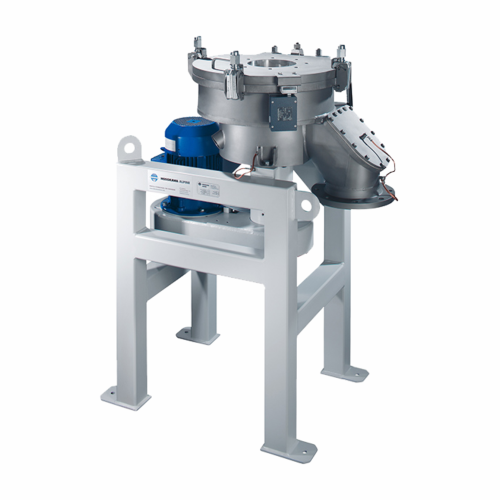
Ultrafine classifier for toner and pigments
Achieve unparalleled precision in classifying fine powders essential for high-...

Ultrafine air classifier for powder separation
Achieve precise particle separation with technology designed to enhance you...
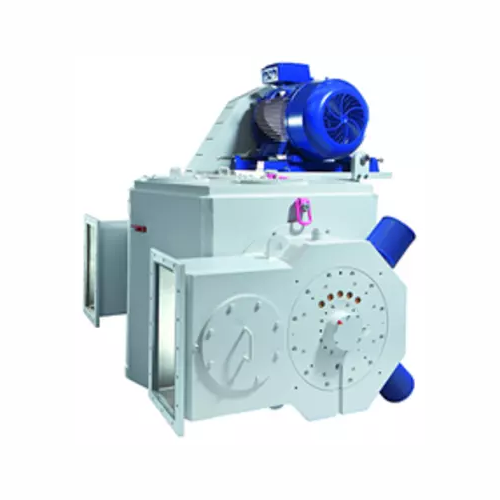
Ultrafine classifier for soft to medium-hard mineral processing
Achieve exceptional particle precision with an ultrafine...
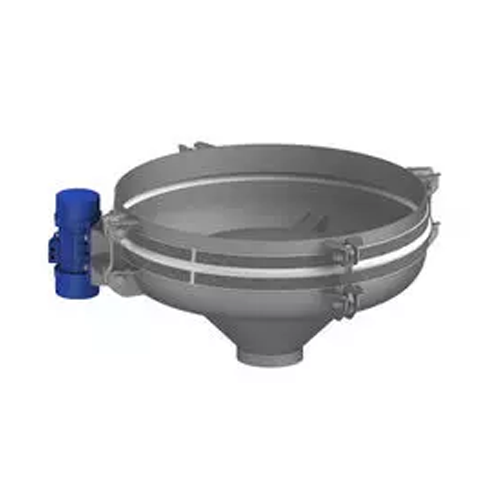
Discharge systems for difficult bulk materials
Achieve seamless bulk material discharge with our advanced systems that eff...
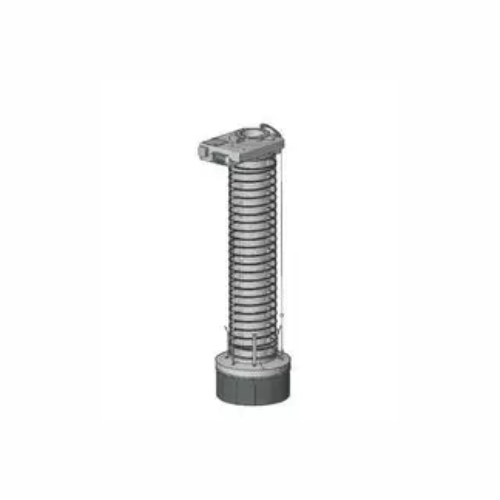
Automatic bulk material filling system
Ensure precise, contamination-free filling of various bulk materials with an advance...
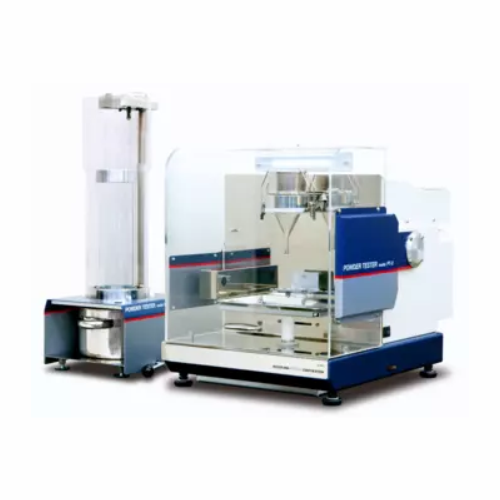
Powder flowability and compressibility analysis
Ensure accurate powder flowability and compressibility data with this adva...
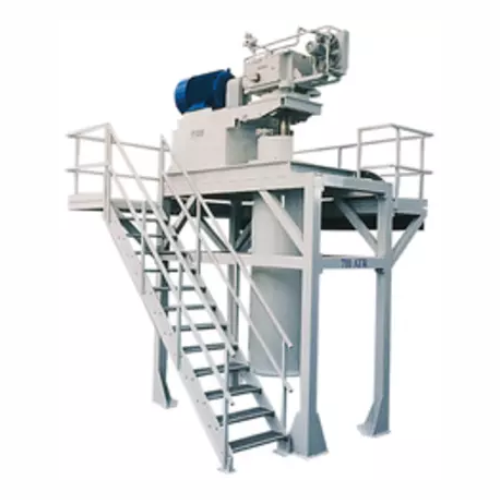
Dry grinding mill for superfine products
Achieve high fineness in your comminution processes with this advanced dry grindin...
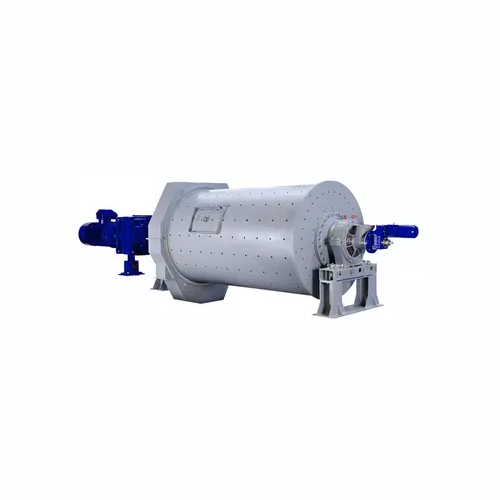
Ball mill for dry comminution of hard materials
Achieve ultrafine particle sizes and precise material breakdown with this ...
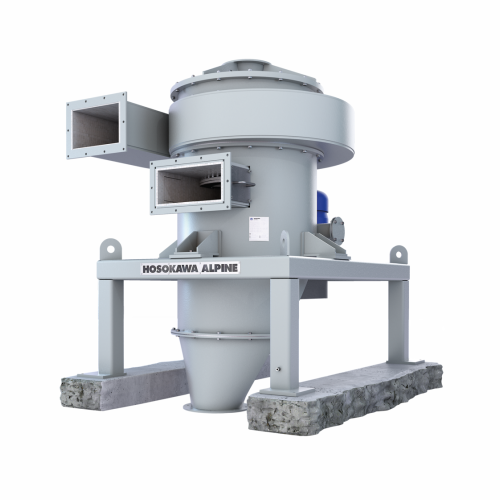
Air classifier for fine to medium-fine separation
Reduce energy consumption and wear while achieving high precision in th...

Laboratory system for powder and particle processing
When precision in powder processing is crucial, this versatile labor...
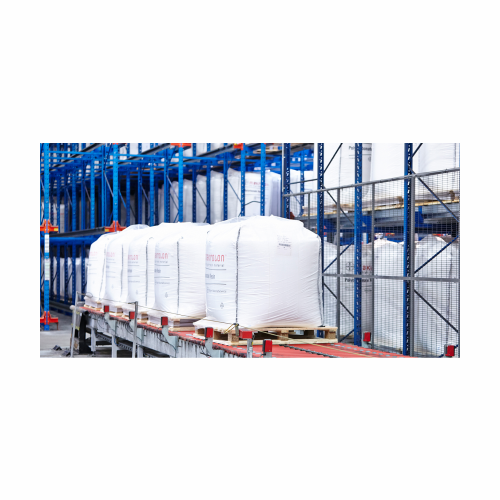
Stationary entry packaging system for valve bags
Optimize your packaging workflow with a high-speed, modular filling syste...
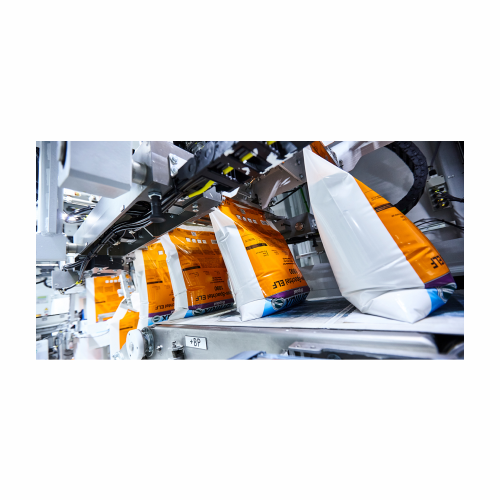
Integrated packaging system for valve and tubular film bags
Achieve precision and efficiency in your packaging line with...
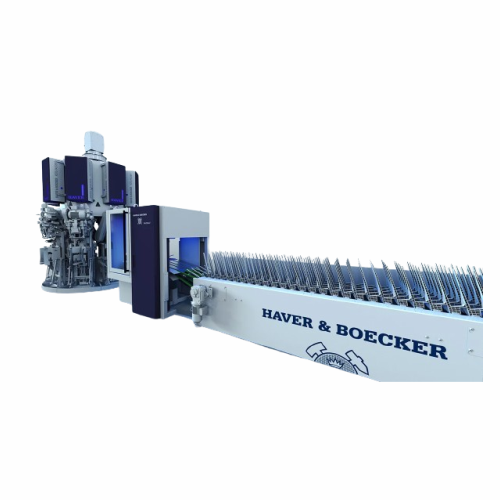
Fully automatic bag applicator for valve bags
Maximize your packaging line efficiency with a high-speed system that seamle...
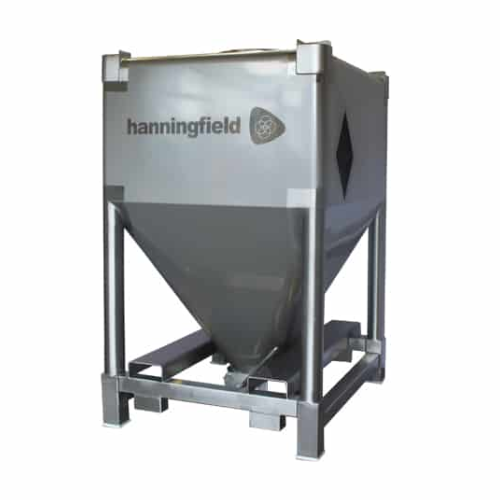
Stainless steel intermediate bulk containers for pharmaceutical use
Ensure safe, efficient transport and handling of po...
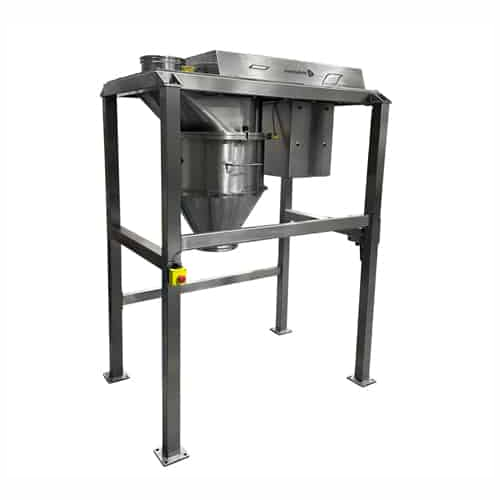
High capacity production milling for bulk materials
Optimize your production with our high-capacity milling solution, des...
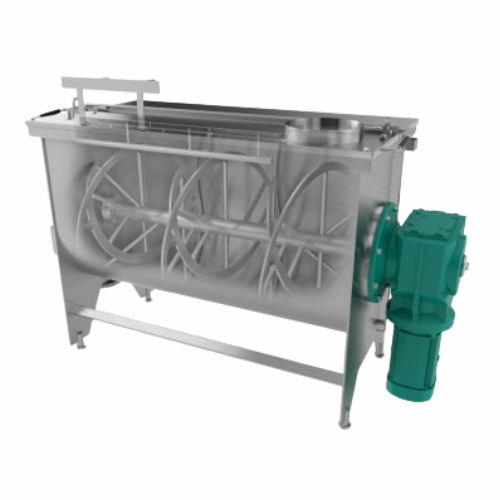
Ribbon blender for homogeneous blending of solids
Achieve perfectly consistent blends with a ribbon blender that ensures ...
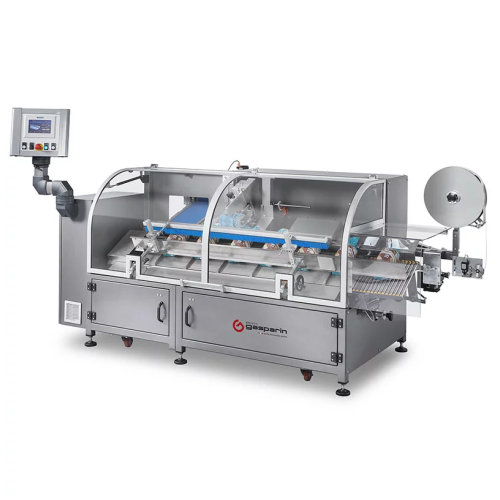
Continuous mechanical clipband closing system for bags
Streamline your bakery packaging process with a high-speed clipban...
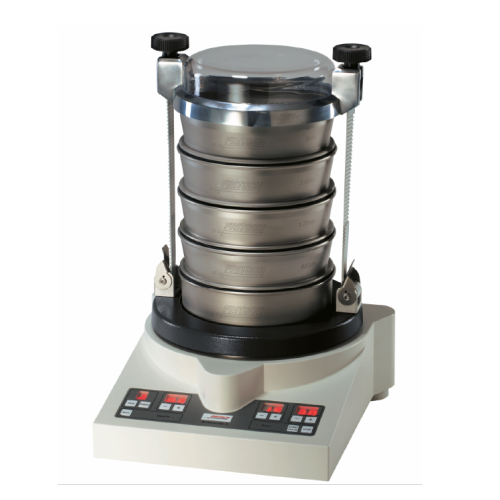
Vibratory sieve shaker for precise particle size distribution
Achieve precise particle size distribution with advanced v...
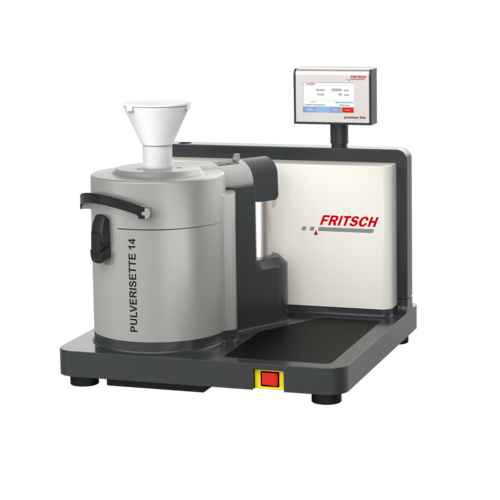
Variable speed rotor mill for sample preparation
Achieve rapid and precise grinding of various materials with a versatile ...
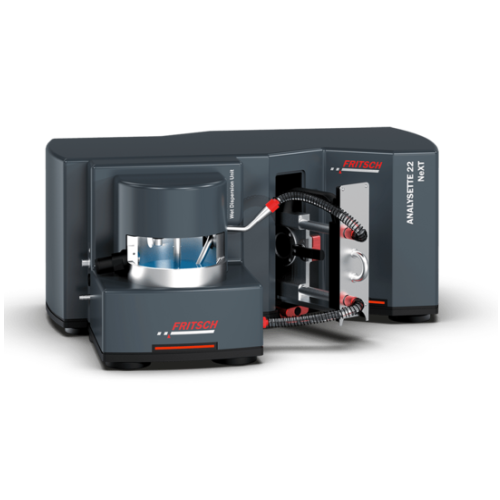
Laser particle sizer for accurate particle size distribution
Achieve precise control over particle size distribution wit...
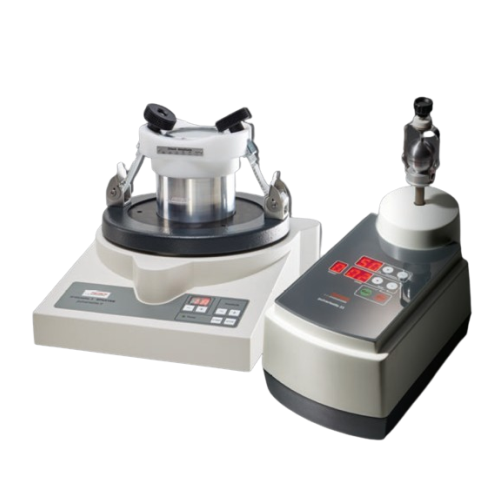
Vibratory micro mill for fine comminution
Achieve precise particle size reduction and homogeneity for medium-hard to britt...
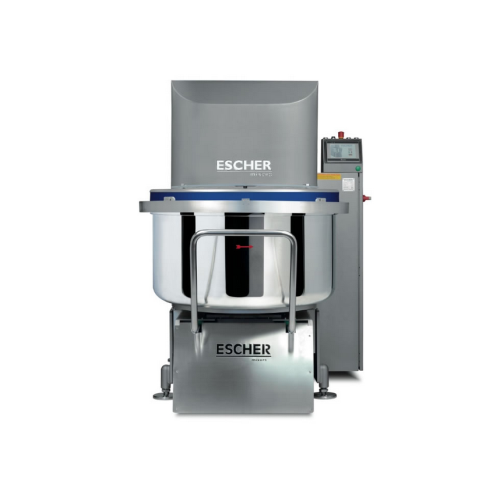
Advanced dough mixing solution with removable bowl
Efficiently blending and kneading diverse doughs, this mixer enhances ...
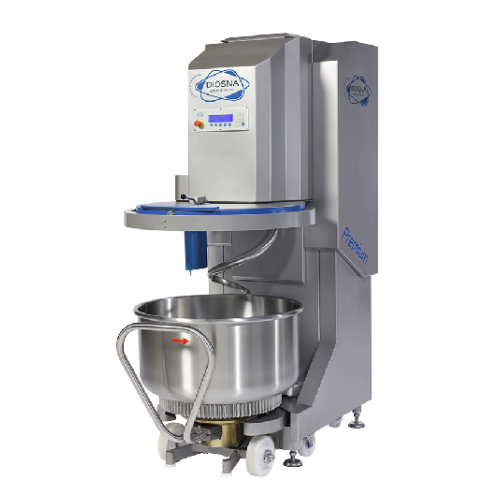
Premium stainless steel spiral mixer for doughs
Perfect for bakeries aiming to deliver consistent artisan breads, this spi...
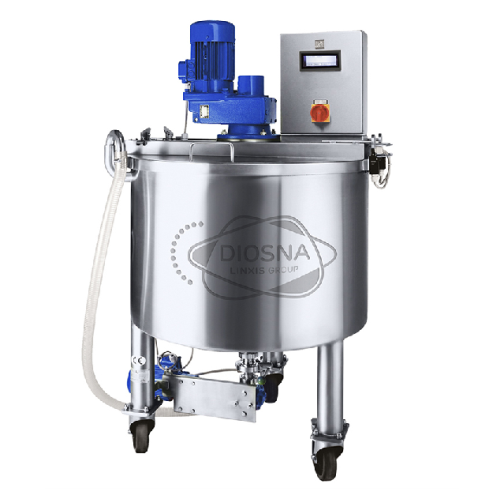
Sourdough fermentation unit for rye pre-doughs
Optimize your sourdough production with this compact unit, enabling precise...
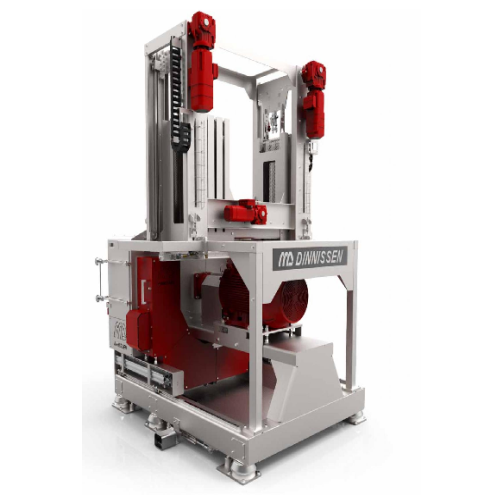
Hammer mill with automatic screen exchange
Optimize your milling operations with a high-speed solution that ensures seamle...
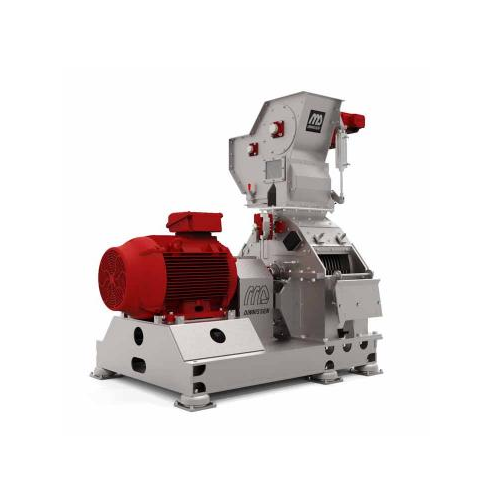
Industrial hammer mill for grinding and sifting
Ensure precise particle size reduction and consistent product quality with...

Industrial centrifugal sifter for solid particulate materials
Quickly and accurately sift a wide range of powders and gr...
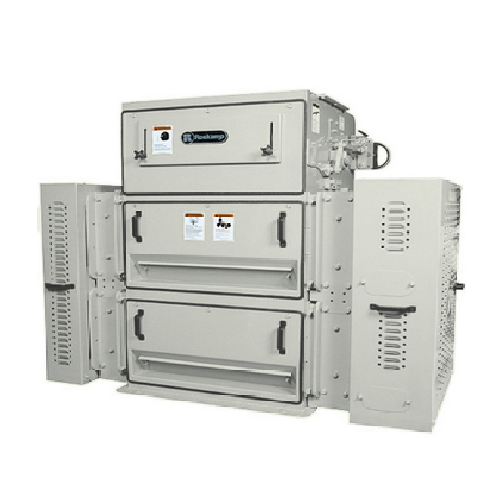
Roller mills for high-demand crushing applications
Optimize your production line with versatile roller mills designed to ...
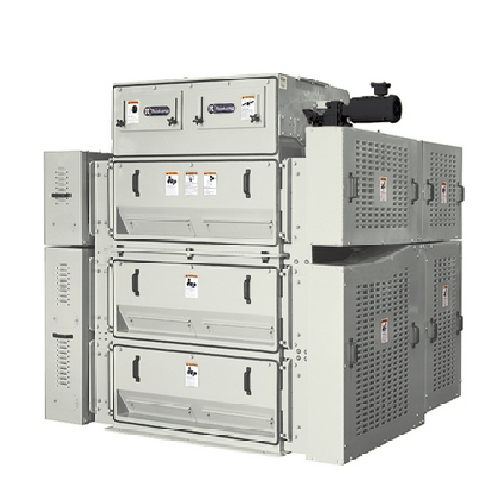
Heavy-duty roll crushers for crushing applications
Optimize your crushing and grinding processes with robust roll crusher...
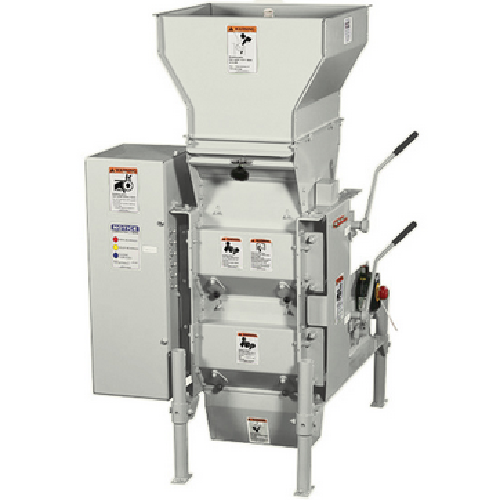
Efficient barley malt crushing with roller mills
Achieve precise particle size control in your processing line with a robu...
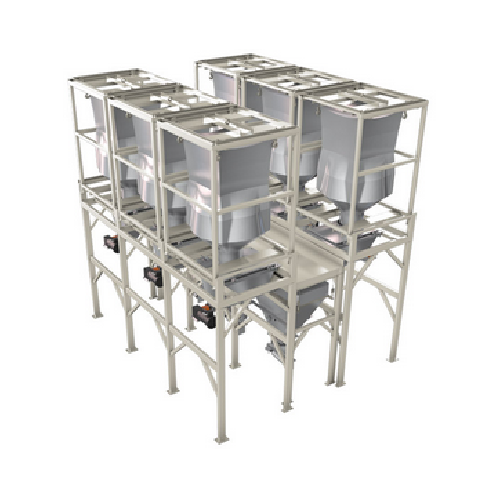
Bulk bag weighing system for batching operations
Streamline your batching process by accurately weighing minor ingredients...
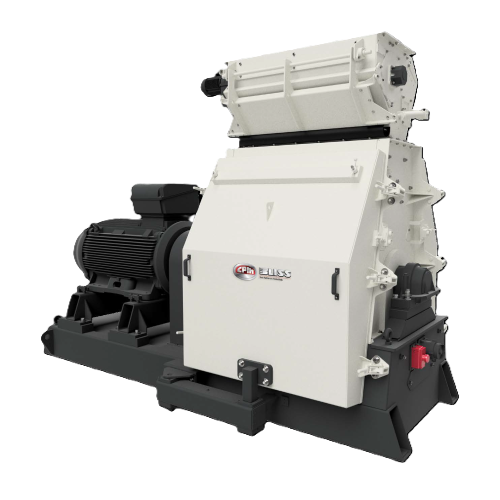
Industrial hammermill for size reduction
Optimize your production line with high-efficiency size reduction, designed to han...
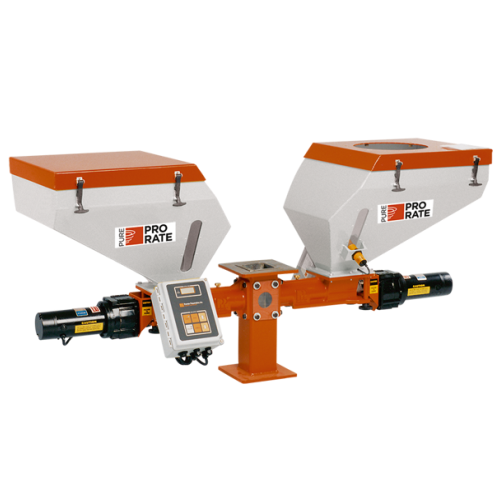
Precision feeders and mixers for plastics processing
Achieve precise blending and feeding for plastics processing with mo...
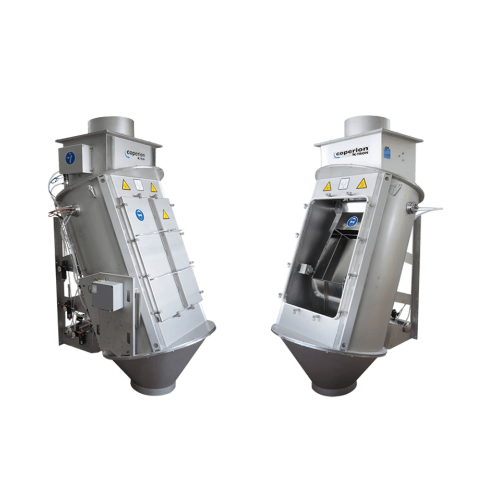
Industrial smart flow meter
Ensure precise metering and smooth handling of bulk materials with a device that eliminates movi...
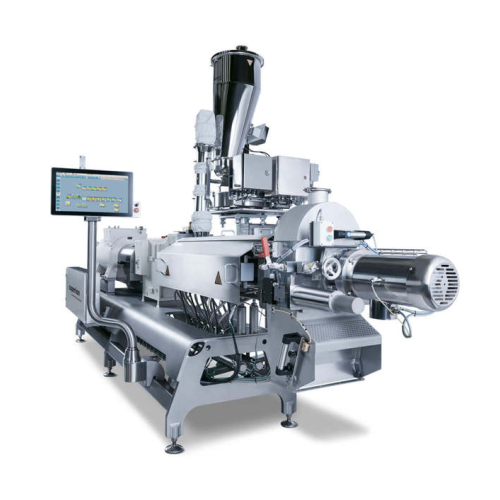
Food extruders for pet food production
Achieve precise control in food production with advanced twin screw extruders, desig...
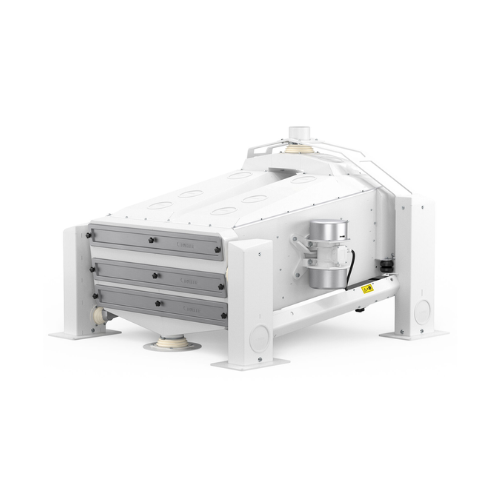
Grain separator for impurity removal in milling
Optimize grain cleaning with a high-performance separator designed to effi...
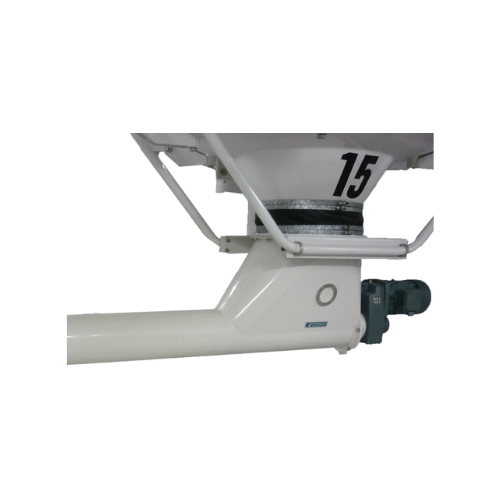
High-capacity tubular screw conveyor for grain transport
Optimize your production flow with a robust solution that ensure...
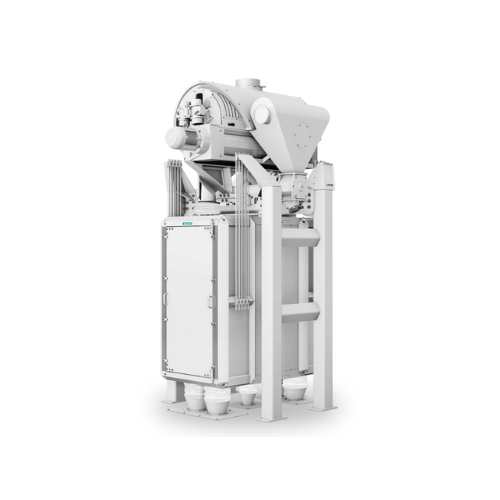
High-throughput grain cleaner
Maximize efficiency in grain processing with a high-throughput cleaner designed to handle dive...
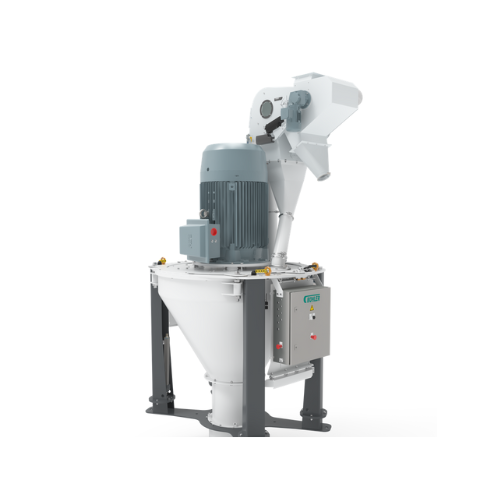
Vertical hammer mill for feed and grain processing
Optimize your milling operations and improve energy efficiency with th...
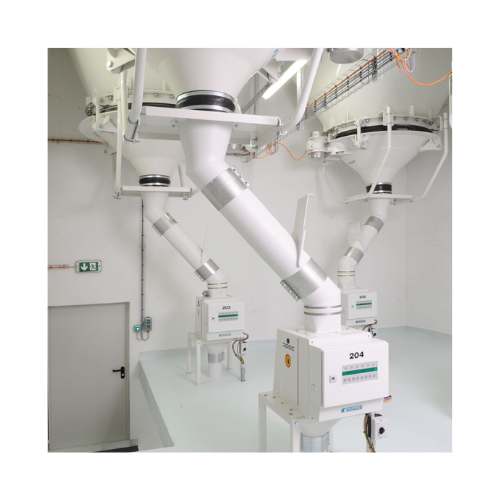
Vibro discharger for silo emptying
Achieve complete and even discharging of bulk materials from various silo types, ensurin...
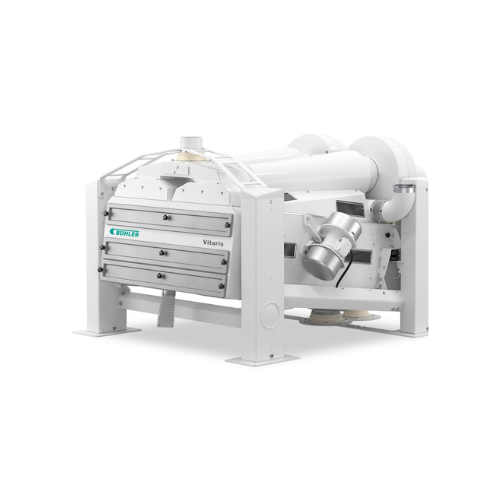
Efficient grain destoning and concentrating system
Optimize your grain processing with a solution that ensures precise se...
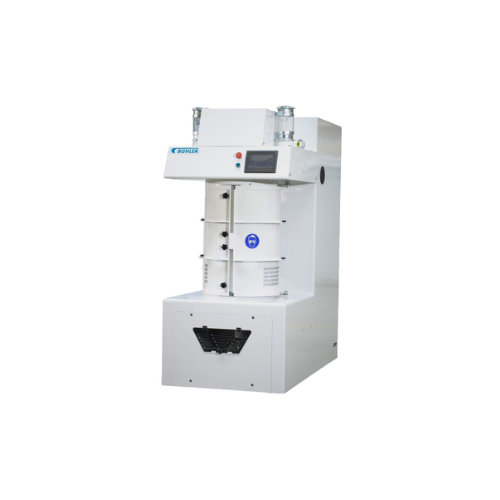
Automatic rice whitening solution
Need consistent rice whiteness and bran removal without manual intervention? This high-sp...
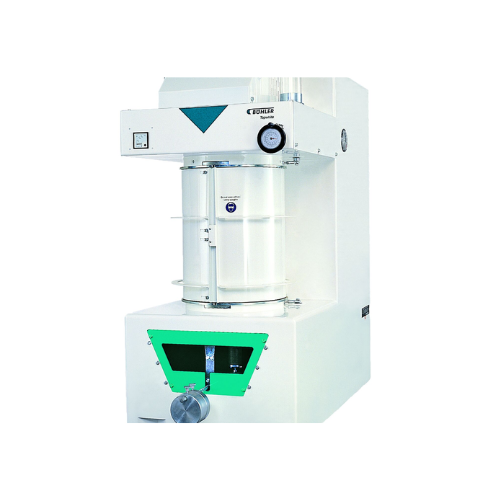
Vertical rice whitener
Optimize rice and grain outputs with high-yield vertical whitening technology, designed to preserve pr...
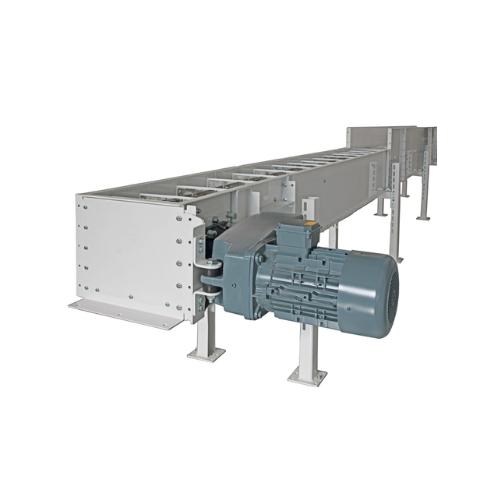
Chain conveyor for grain and floury products
Ensure seamless material handling with a versatile chain conveyor designed fo...
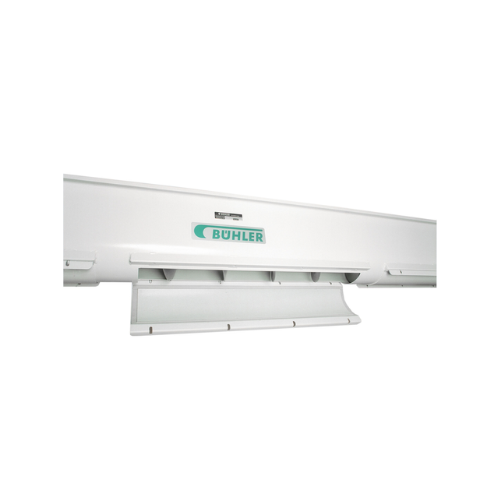
Trough screw conveyor for grain transport
Streamline your grain processing with a reliable conveyor system that ensures ef...
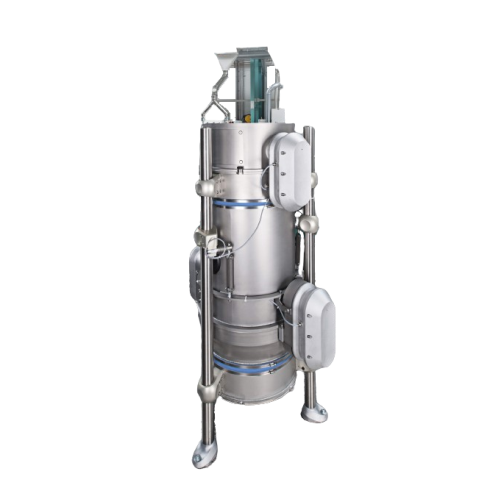
Advanced superheated steam drying solution
Harness the power of consistent drying technology to achieve optimal moisture c...
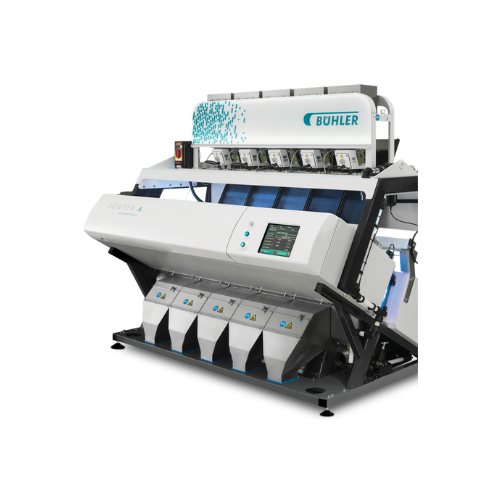
Optical sorter for coffee, grains, nuts, and plastic flakes
Ensure precise defect detection and foreign material removal...
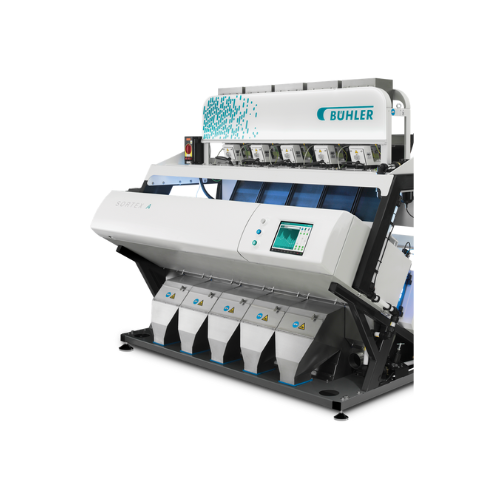
Optical sorter for grains, coffee, nuts, and plastics
Ensure consistent product quality and minimize waste with advanced ...
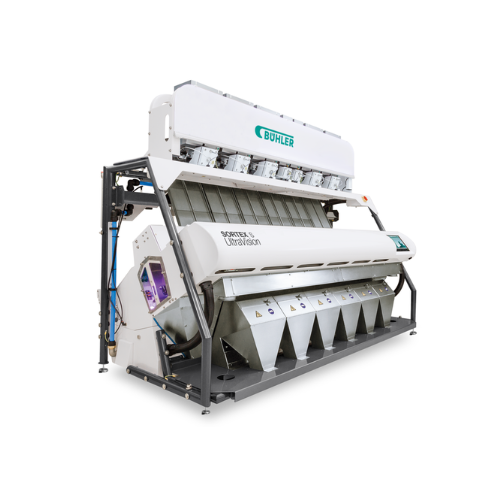
Optical sorter for rice
Enhance your product quality by efficiently sorting and removing color defects and foreign materials ...
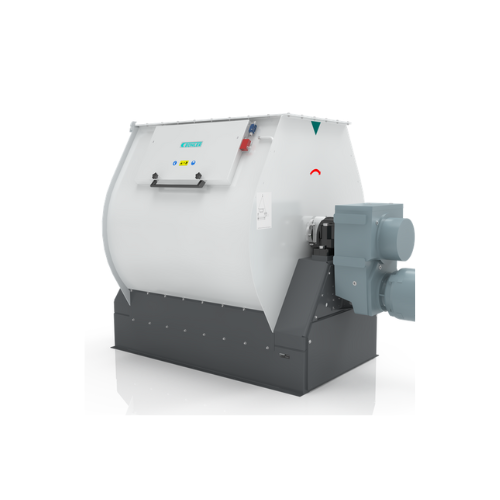
Batch mixer for animal feed
Streamline your mixing process with a high-speed batch mixer that delivers up to 20 mixing cycle...
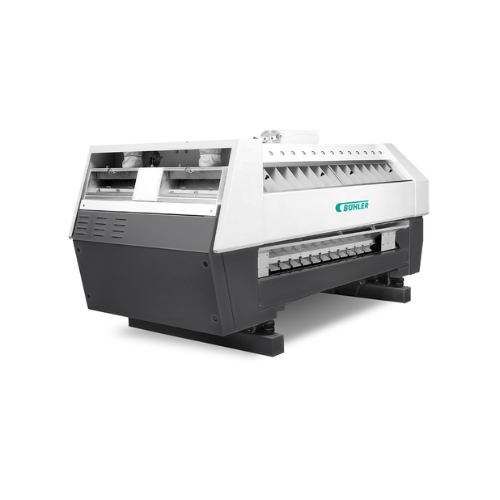
Purifier for high-quality semolina production
Achieve consistent semolina purity with this high-capacity purifier, ensurin...
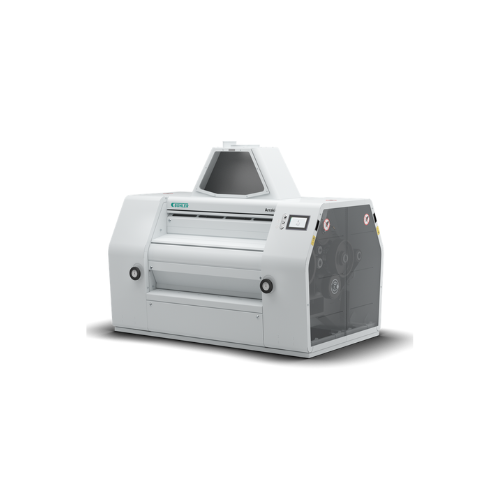
Four-roller and eight-roller mill for wheat and grain grinding
Optimize your grinding operations with this versatile rol...
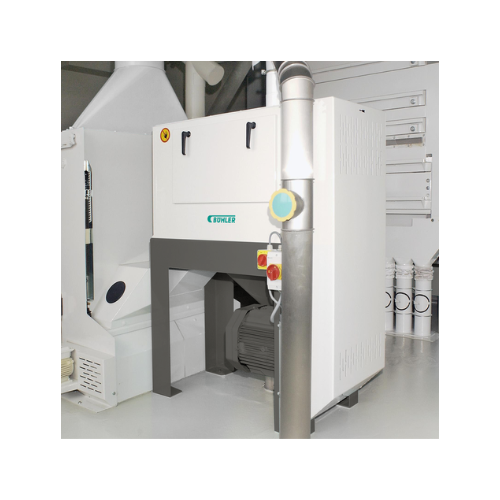
Grain scourer for wheat, durum, and rye
Enhance grain processing by efficiently removing impurities like dust, sand, and so...
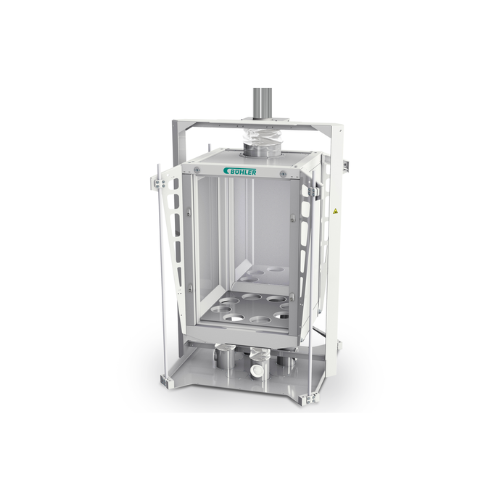
Grain sifter for milling applications
Optimize your grain processing by efficiently sifting and sorting a variety of produc...
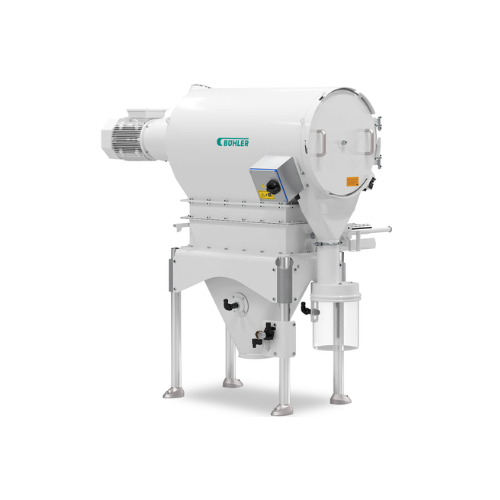
Industrial sieving solution for powders and granulates
Ensure top sanitation and food safety in your production line with...
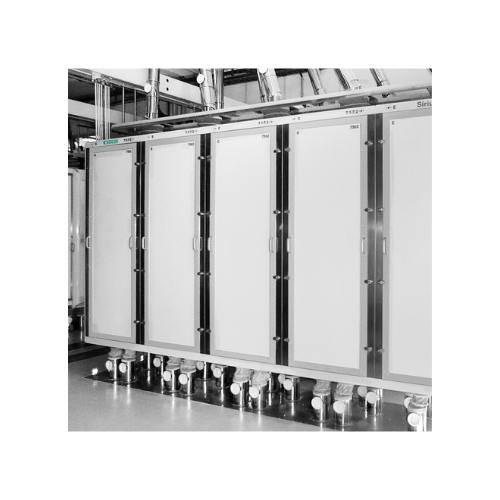
Industrial grain plansifter
Streamline your milling process with high-capacity sifting and grading for grains, ensuring prec...
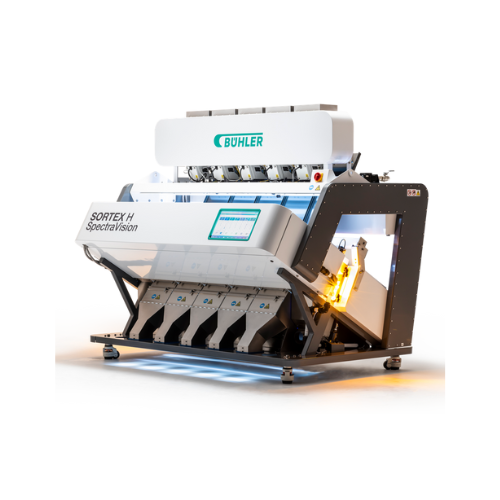
Optical sorter for coffee beans
Achieve precise color differentiation and advanced foreign matter detection, optimizing your...
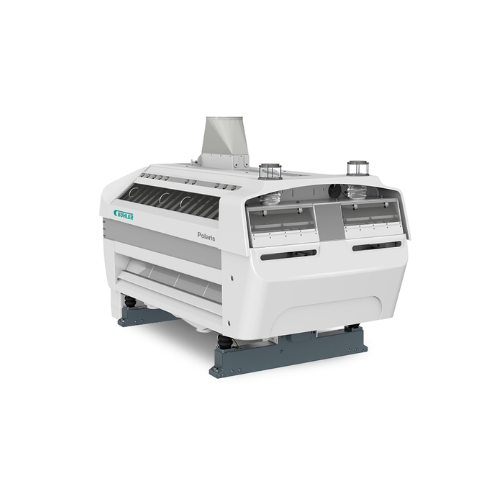
Grain purifier for wheat and corn milling
Optimize grain processing with a high-throughput purifier designed to enhance pu...

Scraped surface heat exchanger for viscous liquids
Optimize heating and cooling of viscous liquids efficiently with conti...
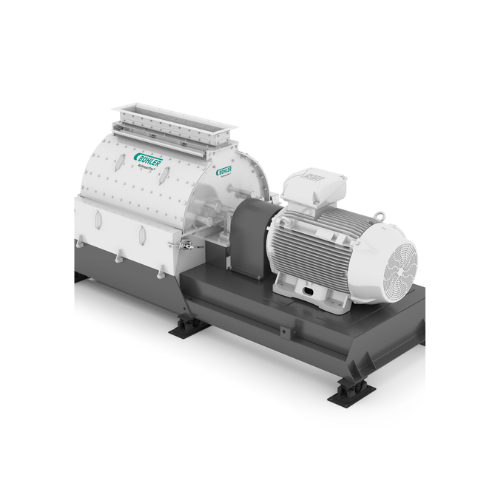
Hammer mill for fine grinding in food and feed industries
Achieve exceptionally fine particle-size distribution with a h...
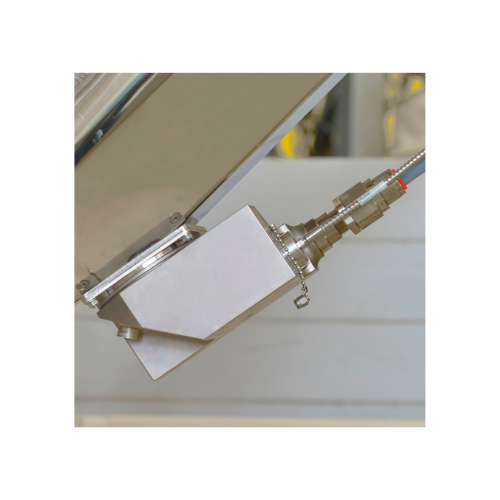
Real-time quality analyzer for flour and semolina
Ensure consistent flour and semolina quality with a cutting-edge online...

Square plansifter for sifting and sorting flours
Enhance flour production efficiency with this advanced square plansifter,...
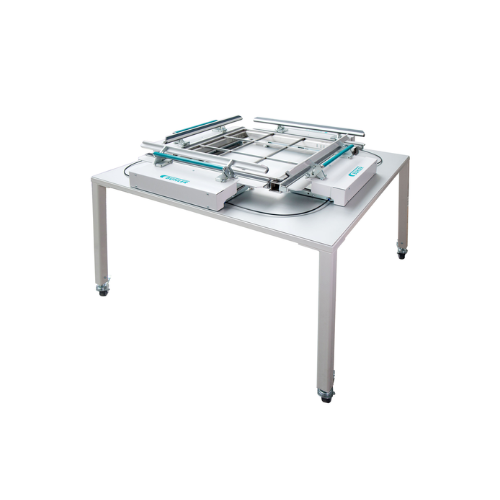
Sieve tensioning device for milling applications
Achieve precise and consistent tensioning across various sieve frames wit...
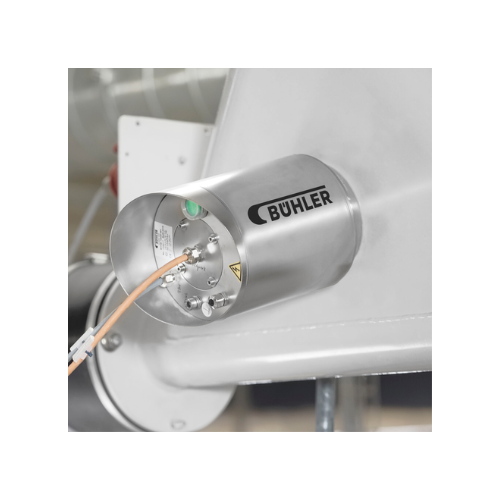
Online color and specks measurement for milling processes
Ensure your milling process consistently delivers top-quality ...
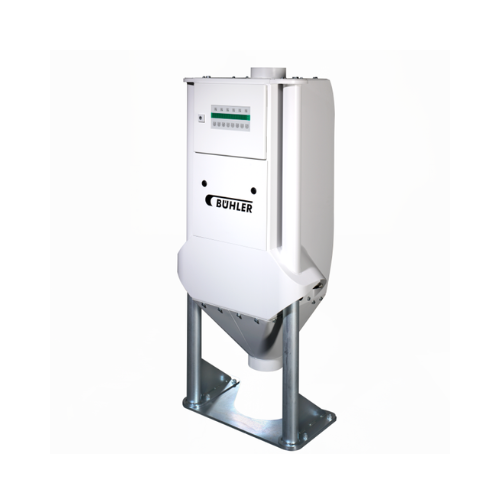
Moisture control system for grain milling
Optimize moisture levels precisely within your grain milling process, ensuring c...
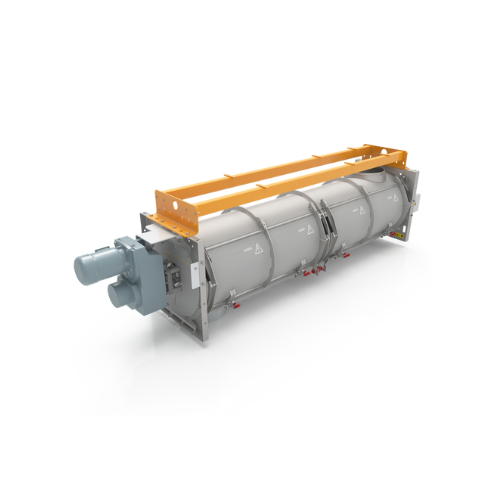
Retentioner for animal feed safety enhancement
Enhance your feed production line with a retention system designed for unif...

Impact machine for milling applications
Optimize your grain processing with this versatile impact machine, designed to refi...
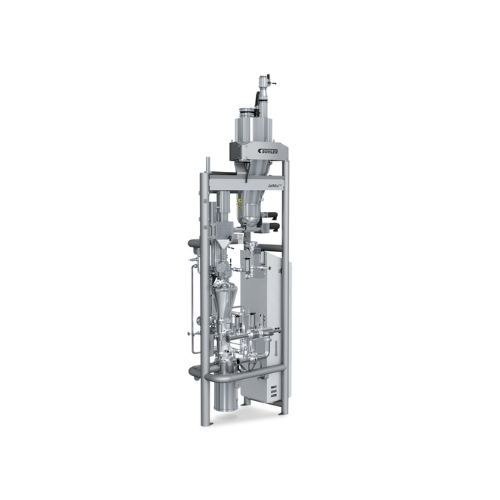
Hydration solutions for baked goods
Achieve consistent dough quality faster with a system that precisely hydrates and mixes...
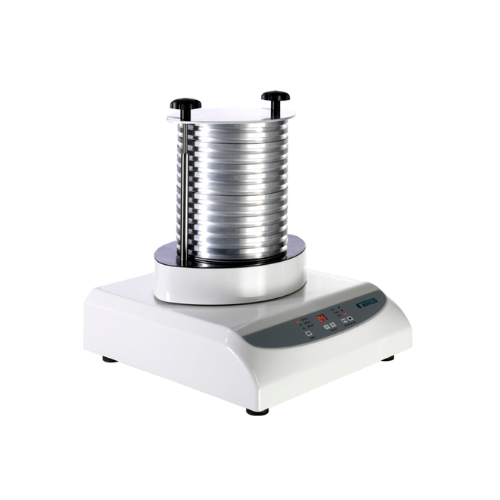
Laboratory plansifter for particle-size distribution
Optimize your grain milling and brewing operations with precise part...
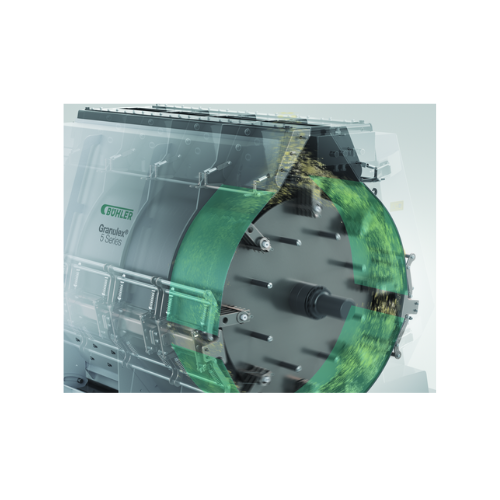
Horizontal hammer mill for grain processing
Optimize your grinding processes with our horizontal hammer mill, designed to ...
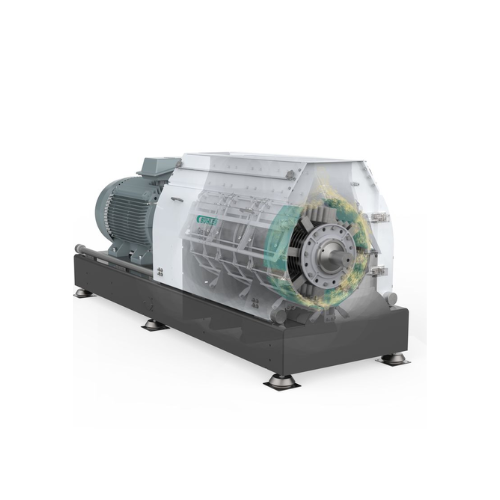
Industrial hammer mill for size reduction in food and feed processing
Achieve precise grinding and milling for diverse ...
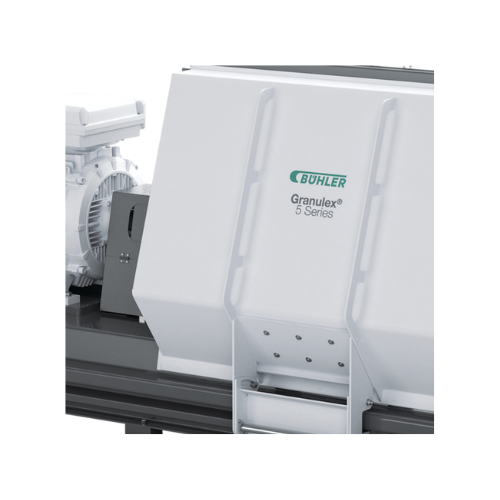
High-throughput hammer mill for animal feed production
Ideal for high-throughput operations, this hammer mill ensures pre...
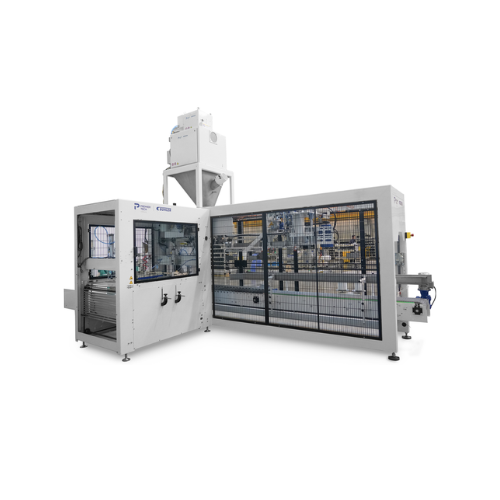
Fully automatic bagging station for granular products
Streamline your packaging line with a high-speed solution designed ...
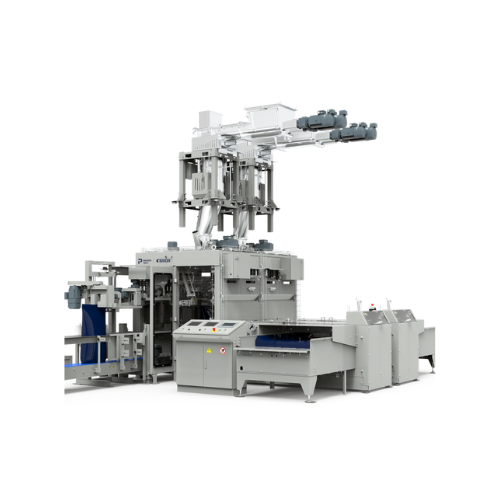
Automatic bagging station for powdery products
Streamline your packaging line with a reliable solution designed for high-s...
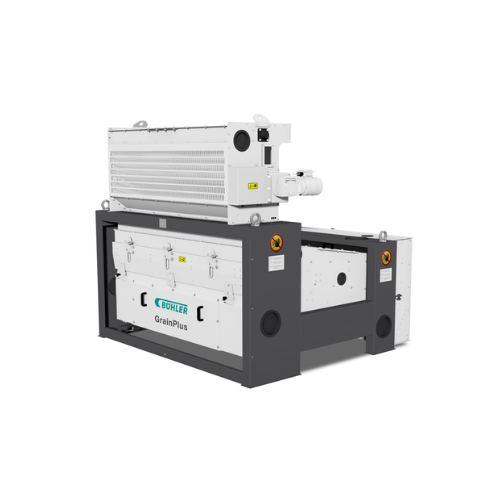
Grainplus screening system for grain quality
Ensure precision in grain cleaning with a compact and efficient sieving techn...
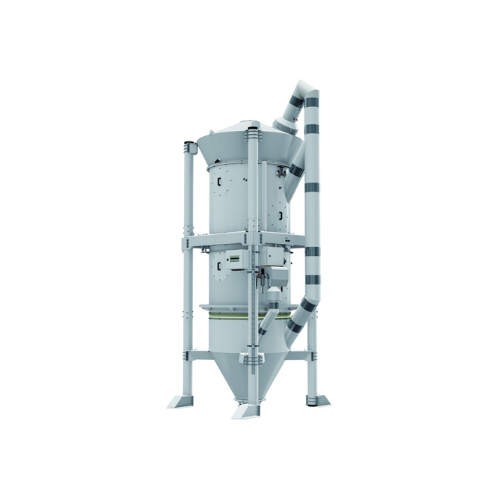
Automatic silo scale for grain processing
Enhance your grain handling operations with precision weighing and dosing, ensur...
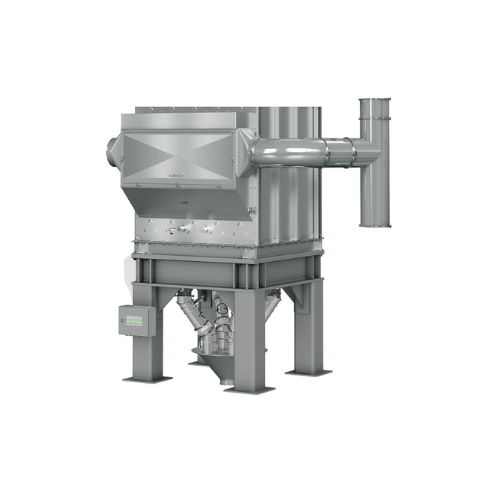
Hydrothermal kiln for oats and sorghum
Optimize your grain production with advanced enzyme inactivation and hydrothermal tr...
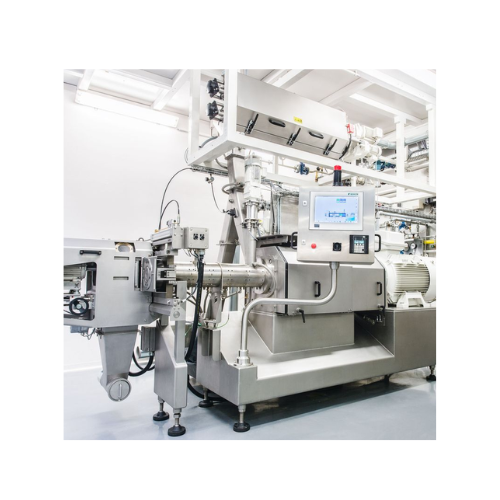
Twin-screw extruder for breakfast cereals production
Enhance your product range with flexible twin-screw extrusion techno...
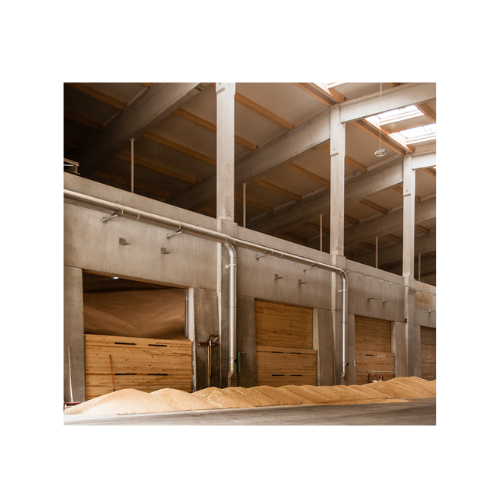
Flat storage system for grain
Designed to accommodate various agricultural products, this flat storage system ensures effici...
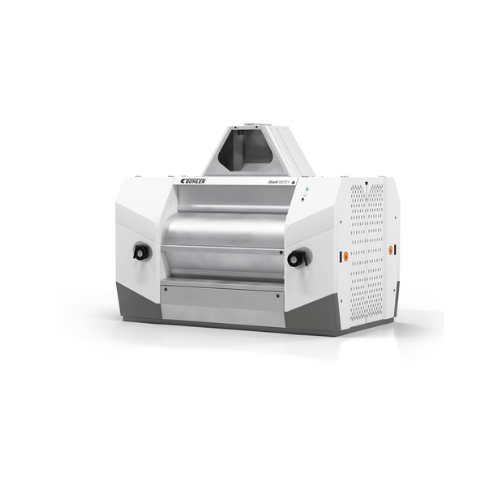
Four-roller and eight-roller mill for grains
Optimize your grain processing with precise roller configurations, ensuring c...
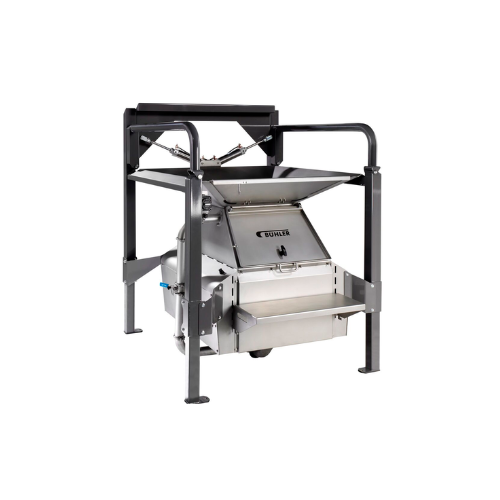
Discharge station for bags and big bags
Ensure consistent material flow and hygiene in your production line with a versatil...
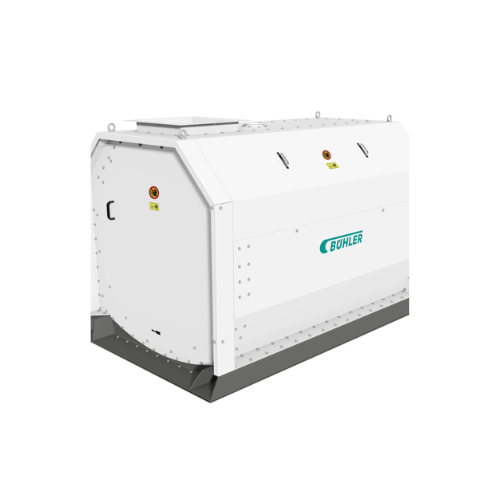
Grain cleaning drum sieve
Optimize your grain processing with this versatile pre-cleaning solution designed to efficiently r...
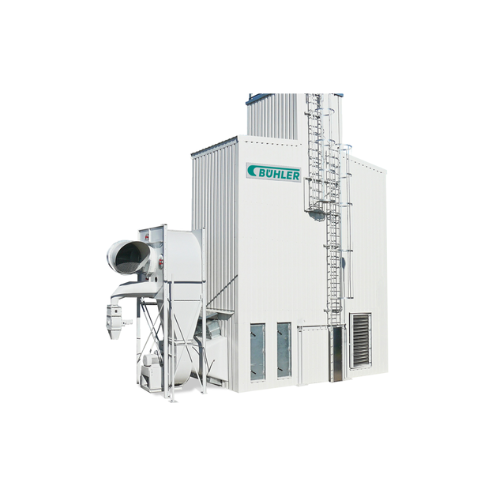
Continuous-flow dryer for grain and oilseeds
Streamline your grain and oilseed processes with efficient moisture eliminati...
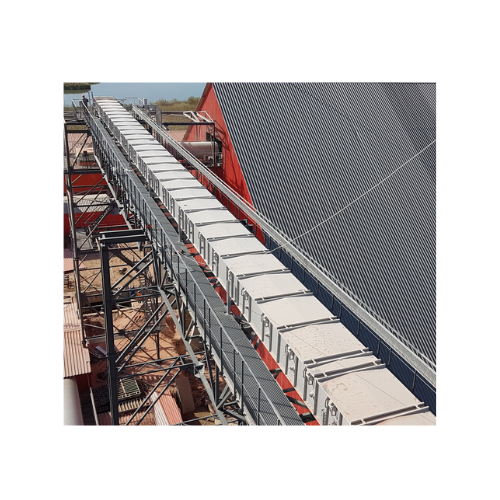
Enclosed belt conveyor for grain handling
Optimize your material transportation and ensure dust-free operations with this ...
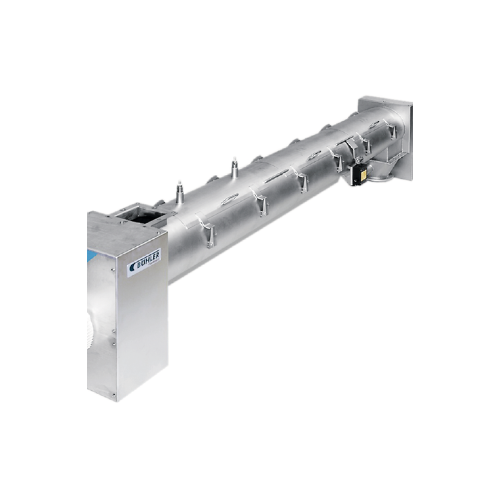
Malt conditioner for optimal brewing efficiency
Enhance your milling process with precise moisture control, ensuring optim...
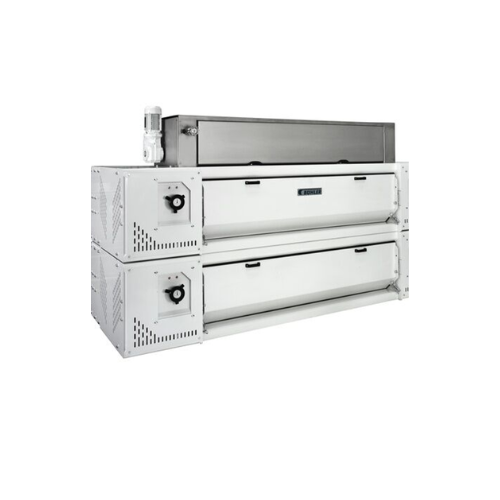
High-performance cracking mill for oilseeds
Optimize your oilseed processing with a versatile mill designed to enhance eff...
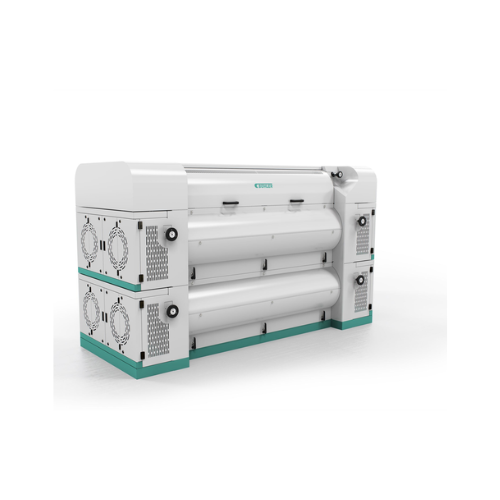
Cracking mill for oilseeds and feed
Enhance your production efficiency with a cracking mill that optimizes throughput and m...
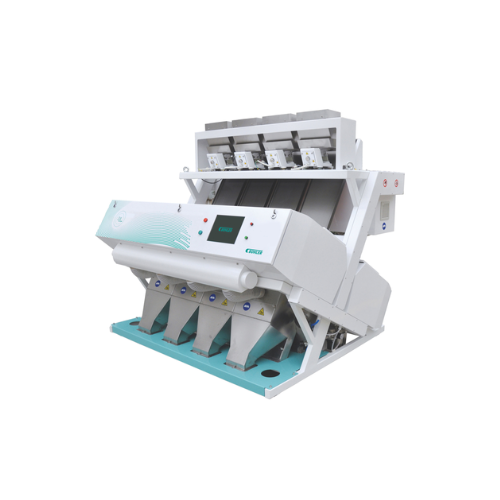
Optical sorter for grain and seed sorting
Ensure precise defect detection and efficient sorting of grains, pulses, and see...

Efficient destoner for wheat and rye
Achieve optimal grain purity with a high-speed destoning solution that efficiently rem...
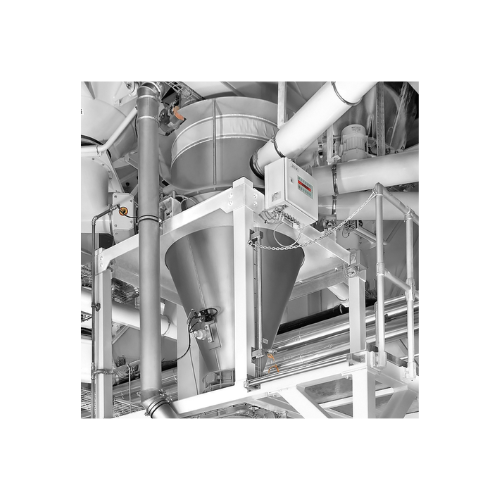
Weighing and receiving container for floury products
Achieve precise and consistent ingredient proportions with this syst...
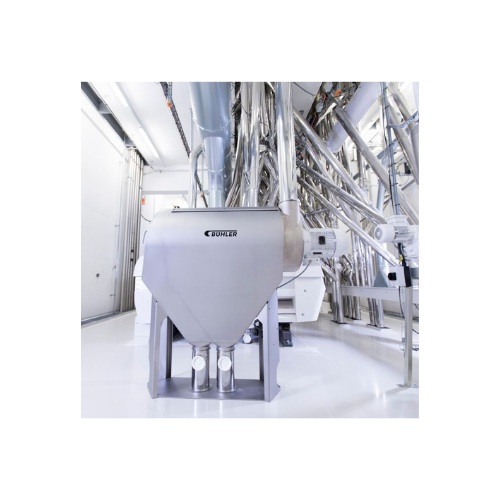
Bran finisher for wheat and rye
Enhance your milling efficiency by separating finer flour from bran with ease. This compact ...
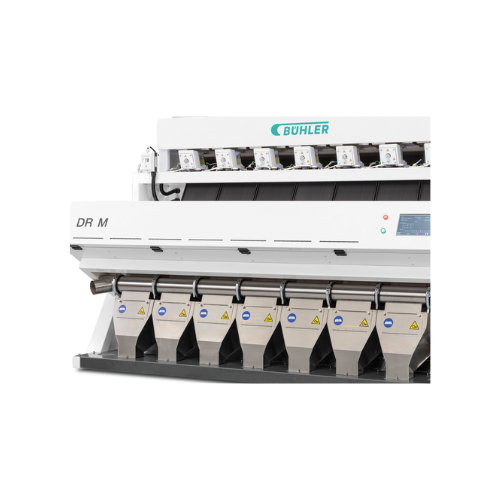
Optical sorter for wheat applications
Effortlessly enhance product purity by eliminating color defects and foreign material...
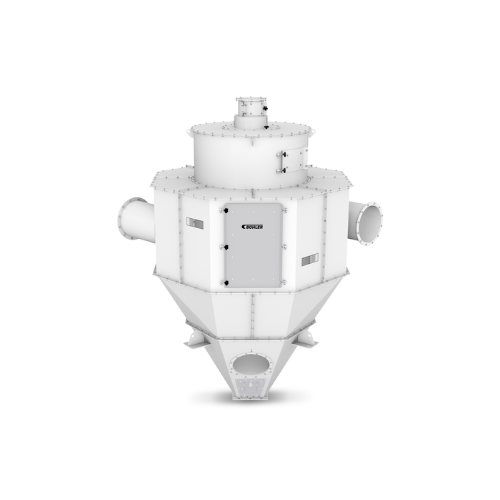
Soybean dehulling separator
Enhance the quality of your oilseeds and grains by efficiently separating hulls and impurities, ...
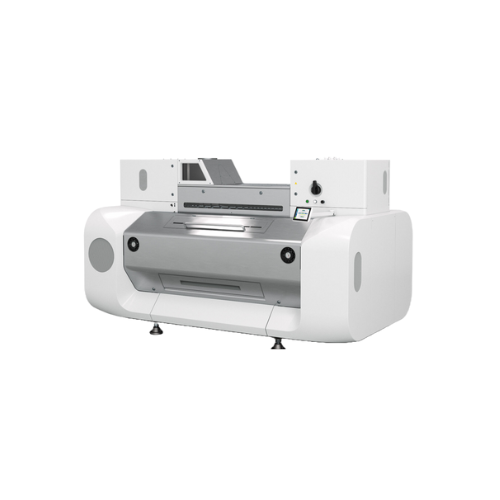
Integrated grinding system for wheat and grain
Optimize your grinding process with a system that delivers consistent parti...
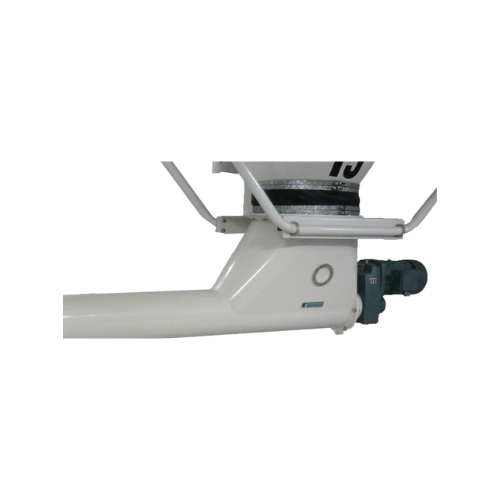
Tubular screw conveyor for grain transport
Efficiently discharge and dose raw materials with high precision, ensuring seam...
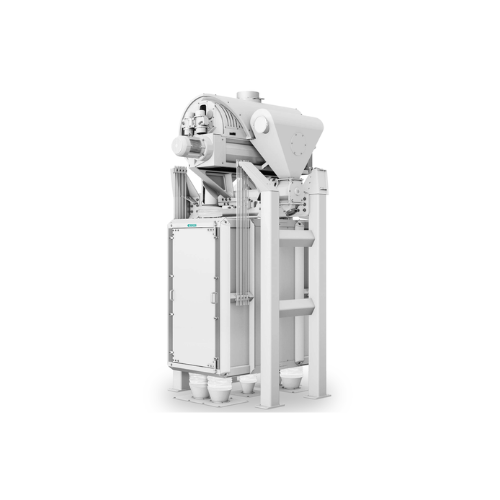
Industrial grain cleaner
Improve grain quality while cutting energy costs significantly with a high-throughput grain cleaner ...
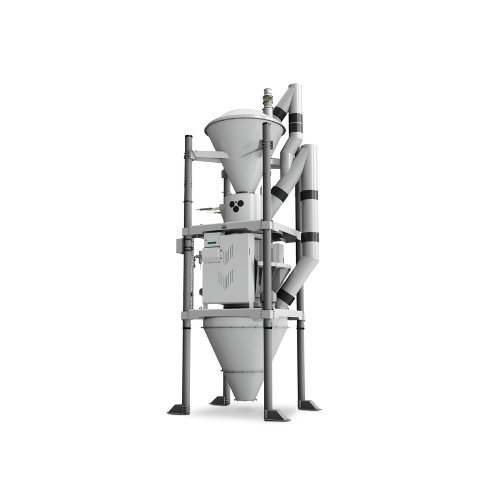
Fully automatic batch scale for powdery and granular products
Achieve precise and repeatable dosing for powdery and gran...
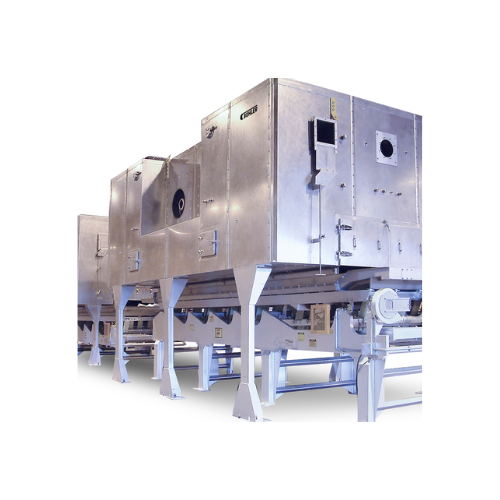
Fluid-bed toaster for cereal processing
Achieve precise control over texture and taste while reducing operating costs with ...
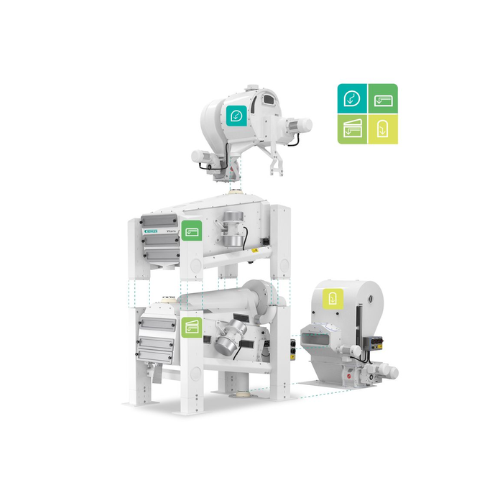
Air-recycling aspiration channel for grain cleaning
Optimize grain processing with an innovative air-recycling system tha...
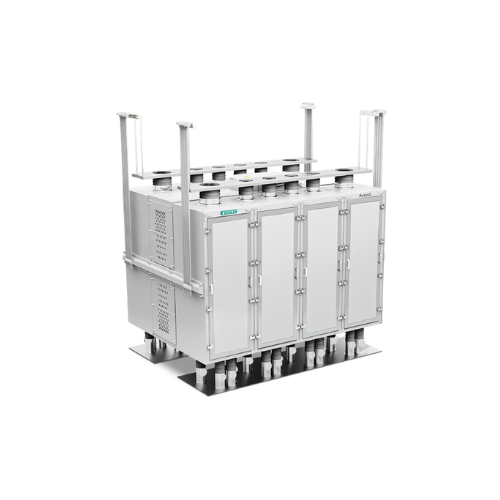
Flour sifting and sorting solution for grain mills
Optimize your milling operations with efficient sifting and sorting te...
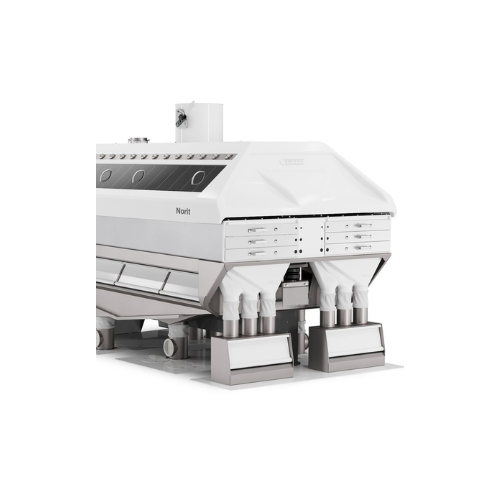
Grain purifier for high-yield flour and semolina
Optimize your milling process with advanced purification and grading, ens...

Square plansifter for flour and semolina rebolting
Achieve superior flour and semolina quality by efficiently sifting and...
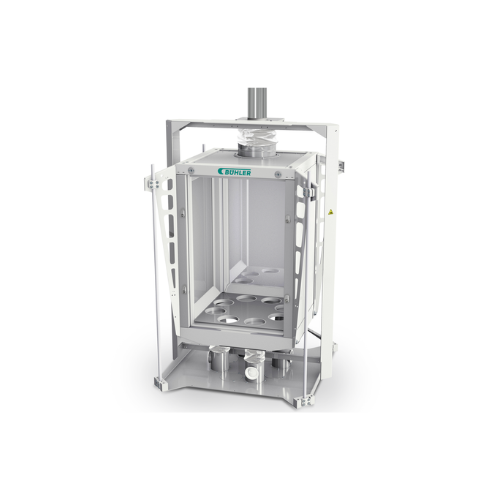
Grain product plansifter
Optimize your grain processing with a magnetic drive plansifter that efficiently sifts and sorts a d...
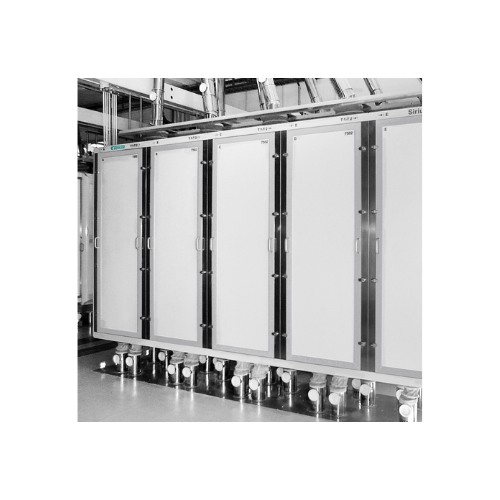
Industrial plansifter for grain sifting and grading
Optimize your production line with precision grain separation, mainta...
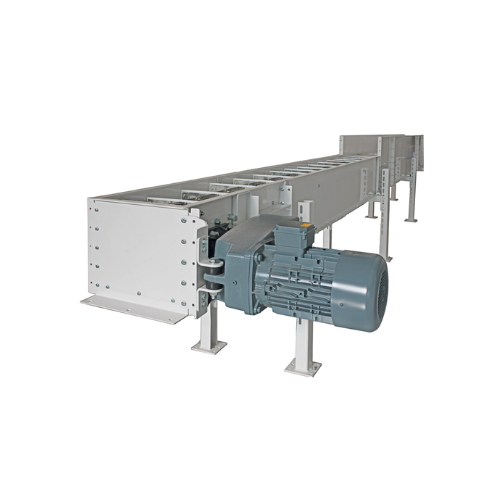
Chain conveyor for grain handling
Optimize your production line with a customizable chain conveyor that ensures efficient, ...
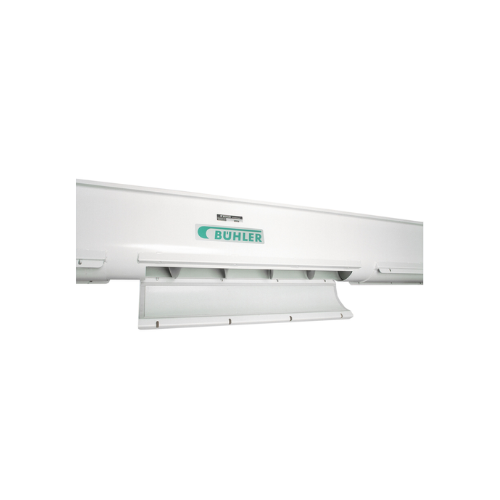
Trough screw conveyor for transporting grains
Efficiently transport and handle bulk materials like grains and flour with r...
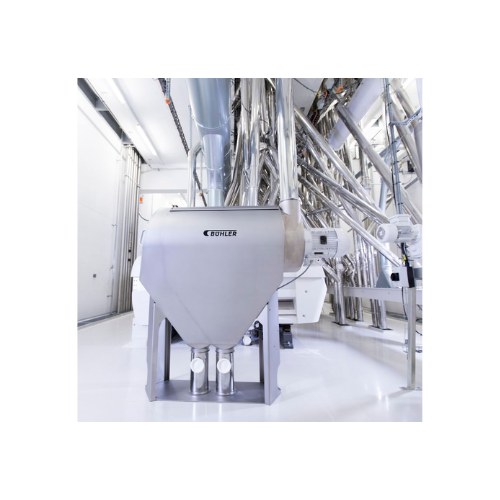
Bran finisher for efficient flour and bran separation
Optimize your grain processing efficiency with a solution designed ...
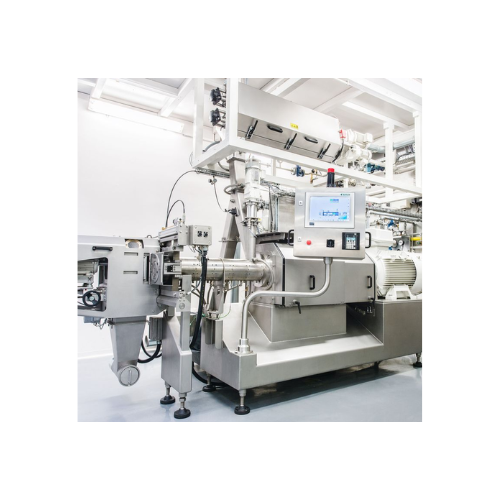
Twin-screw extruder for breakfast cereal
Optimize your production with a robust twin-screw extruder that accommodates high ...
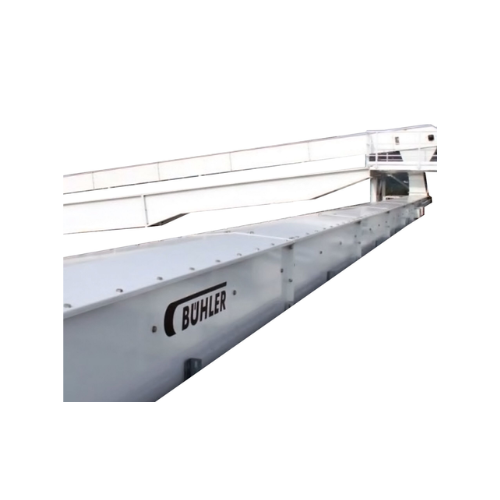
High-capacity horizontal conveyor for bulk storage
Optimize your high-speed bulk material handling with a durable and eff...
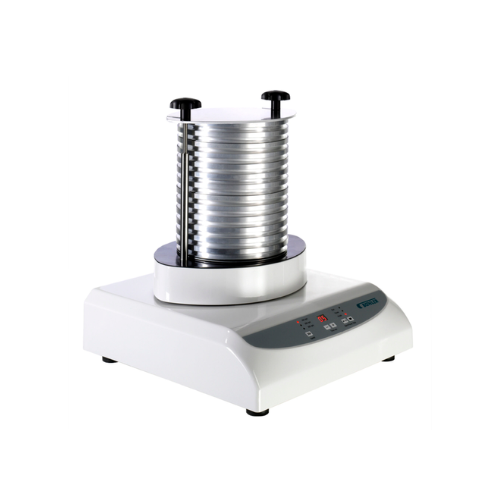
Laboratory plansifter for grain milling and brewing
Achieve precise particle-size distribution and quality control across...
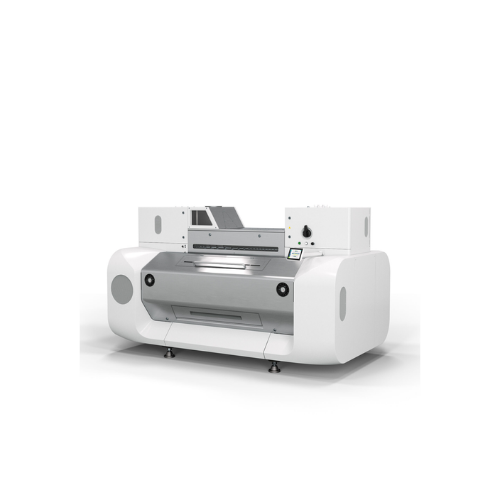
Integrated grinder for wheat and grain
Achieve superior grinding performance and energy efficiency with this fully integrat...

Air cleaners for grain dust removal
Enhance safety and operational efficiency by effectively removing dust and light partic...
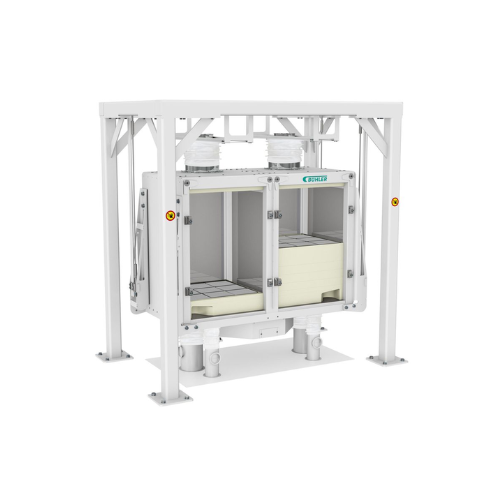
Small plansifter for grain milling
Optimize your grain milling with a compact plansifter designed for high-speed, precise s...
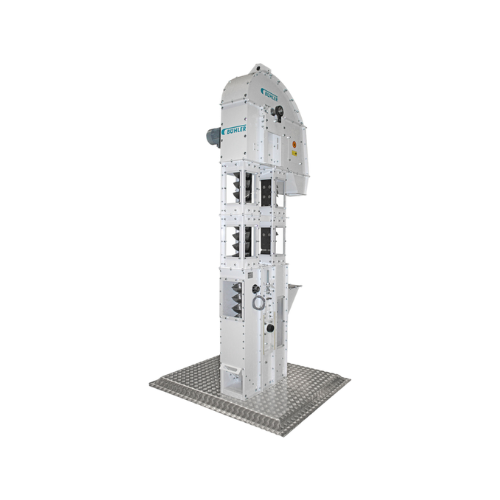
Vertical grain conveying solution for animal feed and bulk materials
Efficiently transport and elevate various bulk mat...
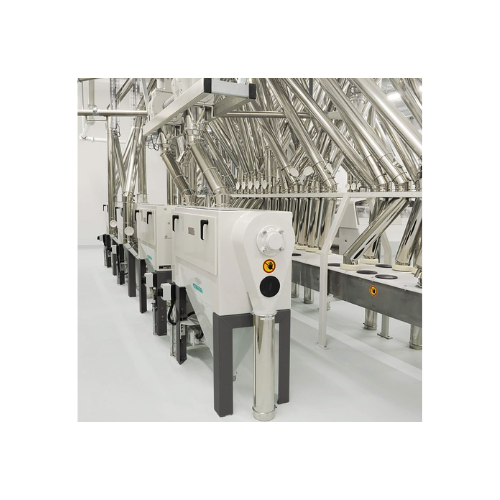
Bran finisher for flour milling
Enhancing your milling process, this solution boosts flour yields by efficiently separating ...
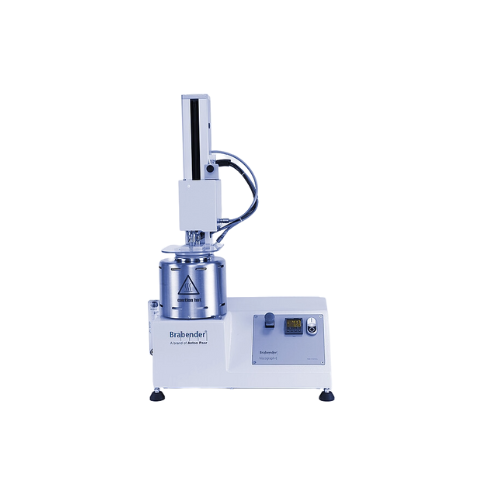
Standard starch viscometer for gelatinization analysis
Ensure precise gelatinization property measurement with real-time ...
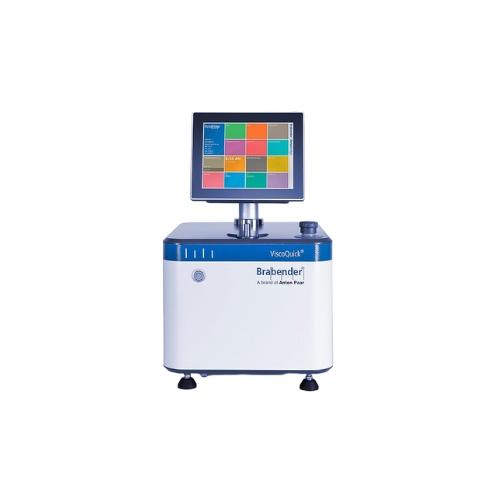
Digital torque viscometer for starch analysis
Experience rapid and precise starch gelatinization analysis with a compact, ...
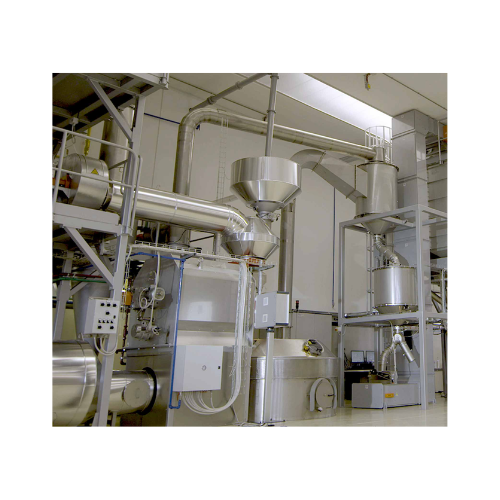
Coffee roasting system
Optimize your coffee production from green beans to finely ground espresso with this versatile system,...
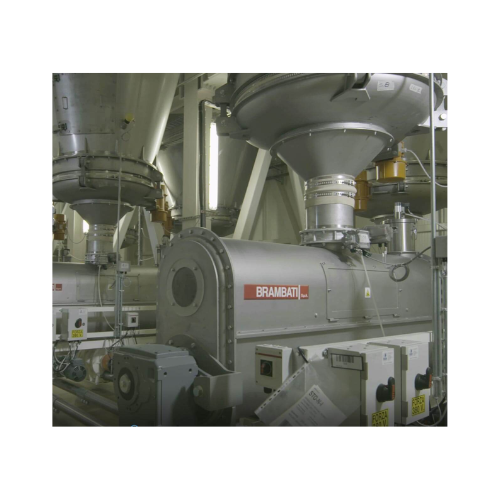
Flour handling plant for pasta production
Streamline your production with precision handling and processing of flour for p...
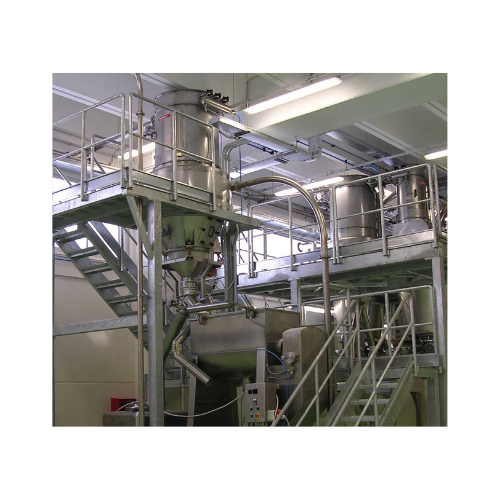
Material handling system for confectionery production
Optimize your production line with a system designed for efficient ...
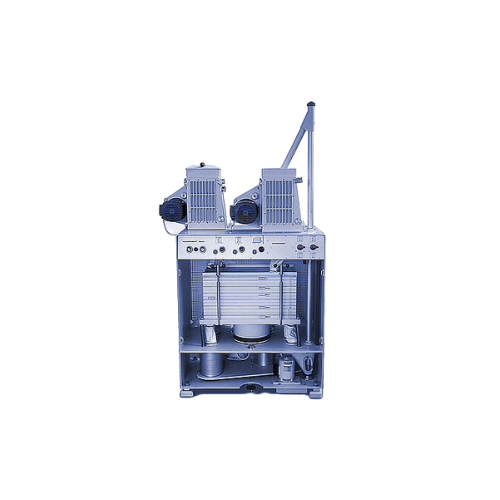
Laboratory grain milling system
Achieve precise grain milling and sample preparation with high-speed capability and gentle t...
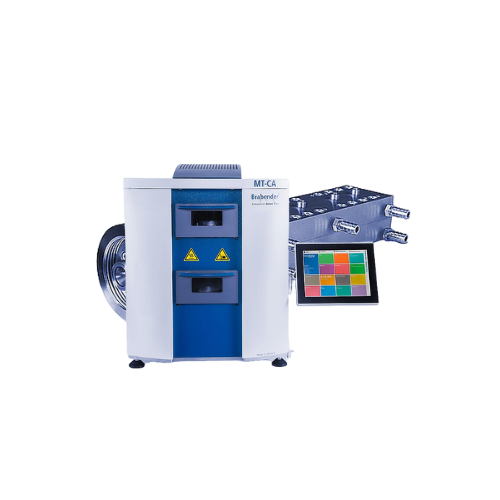
Moisture analyzer for flour and tobacco
Optimize your moisture measurement process with precision and speed, ensuring quali...
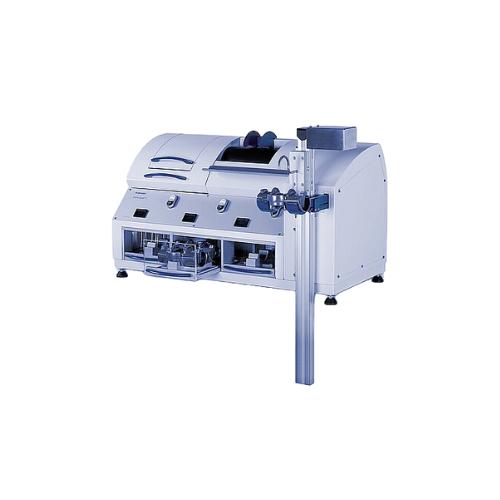
Extensograph for assessing dough rheology
Optimize dough quality with precise rheological analysis, ensuring your baking p...
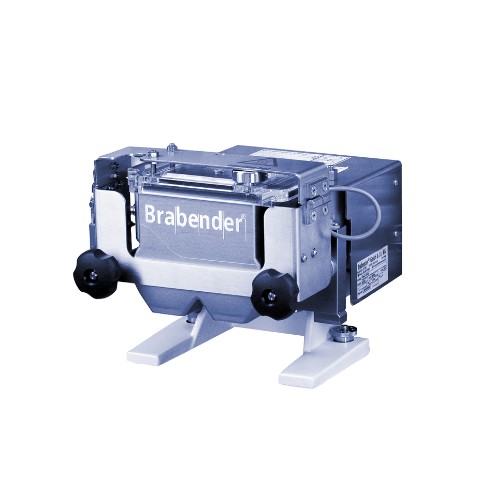
Gluten-free flour mixing solution
Ensure consistent dough quality and precise analysis in gluten-free production with a rob...
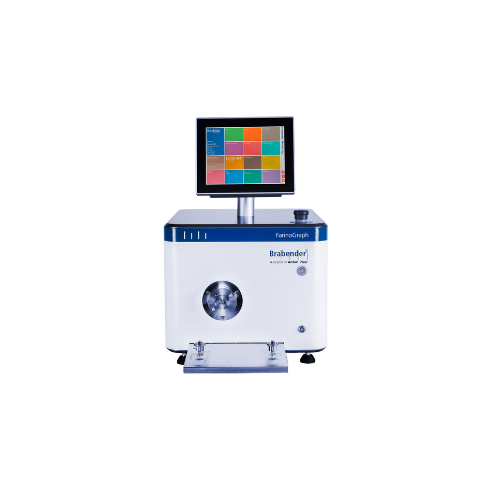
Flour and dough analyzer
Enhance your dough and flour testing with precise rheological analysis, ensuring optimal water absor...
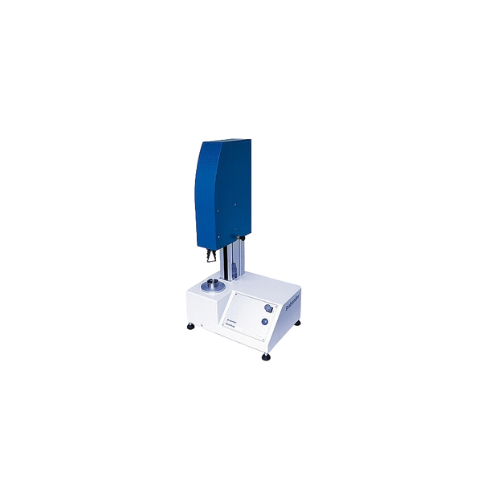
Gluten quality testing solution
Ensure optimal flour quality by rapidly assessing gluten properties, allowing you to refine ...
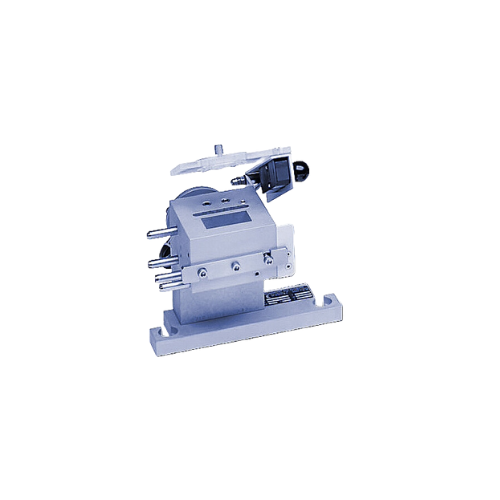
Measuring mixer for small grain samples
Optimize the precision of your formulation processes with a solution designed for p...
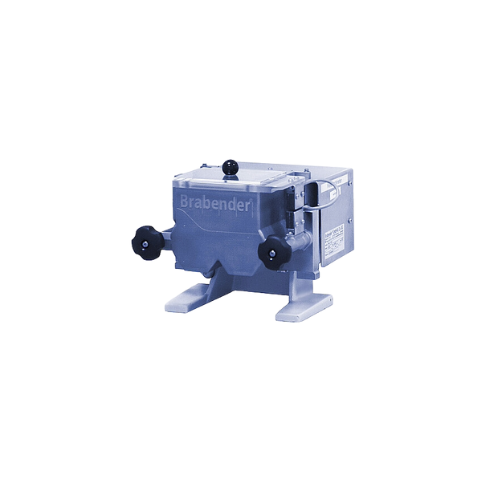
Measuring mixer for flour and dough analysis
Optimize your dough consistency and quality with precise mixing and kneading ...
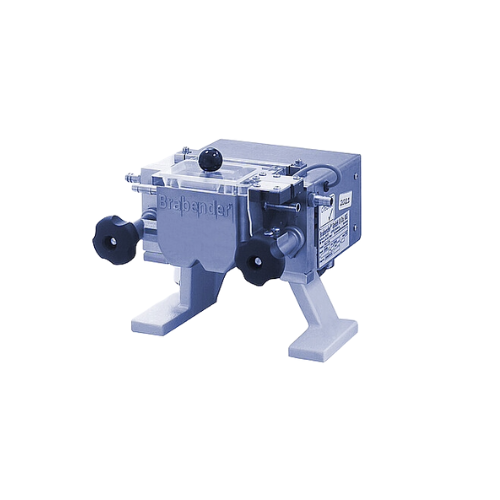
Measuring mixer for flour farinograph tests
Achieve precise dough consistency with ease—this mixer ensures reliable testin...
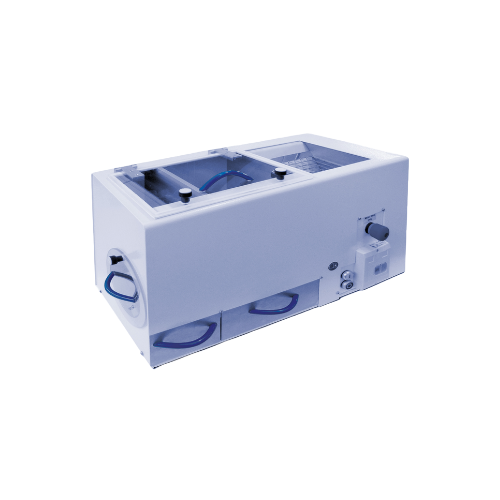
Bran duster for flour yield and ash content optimization
Enhance your milling efficiency by optimizing flour yield and pr...
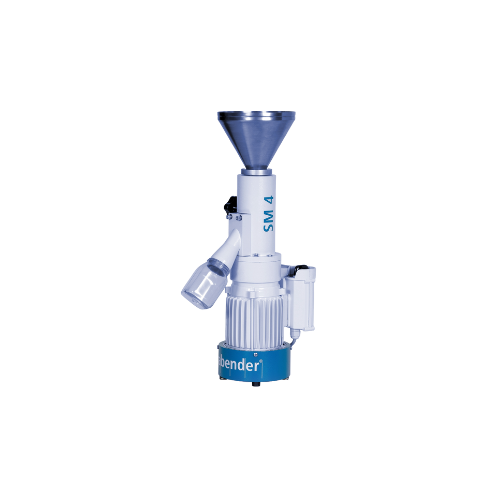
Industrial sample preparation mill
Ensure precise moisture, protein, and fat content analysis with this reliable milling so...
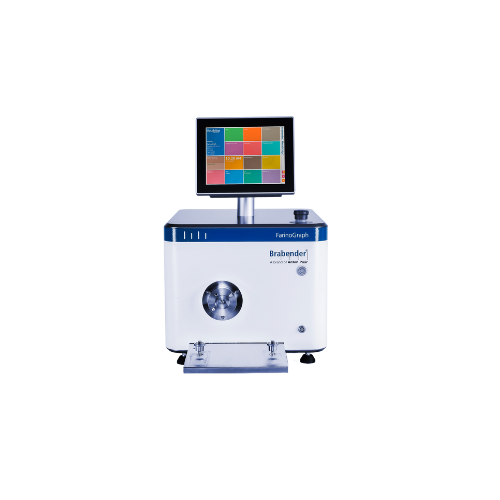
Flour and dough analyzer for quality control
Ensure precise flour and dough quality analysis with dependable standards com...
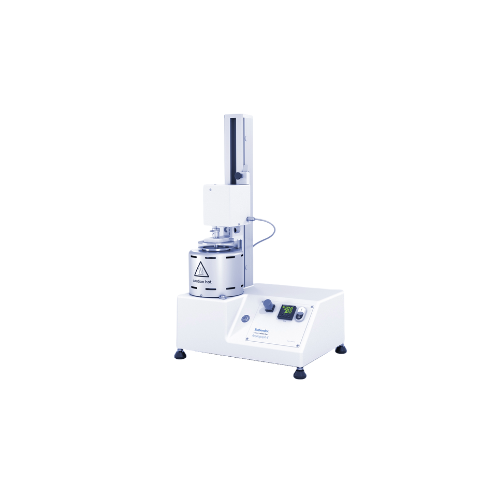
Standard flour viscometer
Ensure your baked goods meet the highest quality standards with precise starch and enzyme activity...
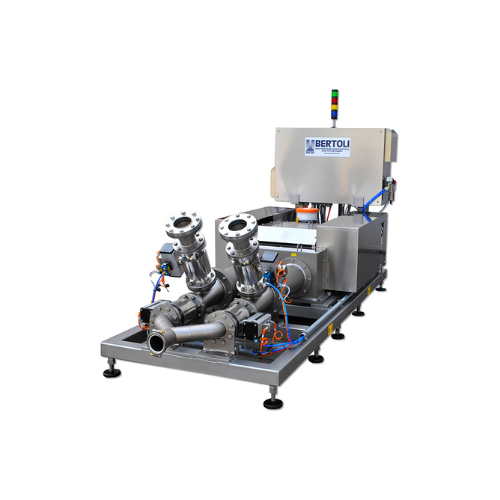
Industrial homogenizer for food and beverage applications
For manufacturers seeking consistent quality, this homogenizer...
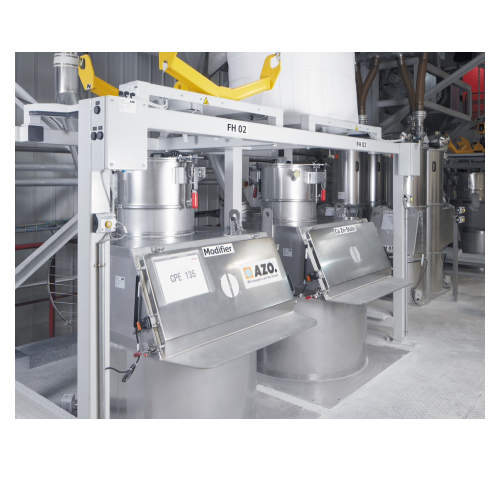
Integrated pickup station for bagged products and big bags
Streamline the handling and transition of bulk materials with...
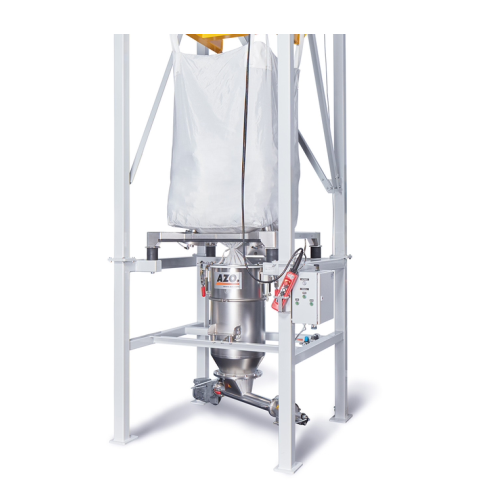
Modular big bag discharge station for bulk material handling
Streamline your bulk material handling with a customizable ...
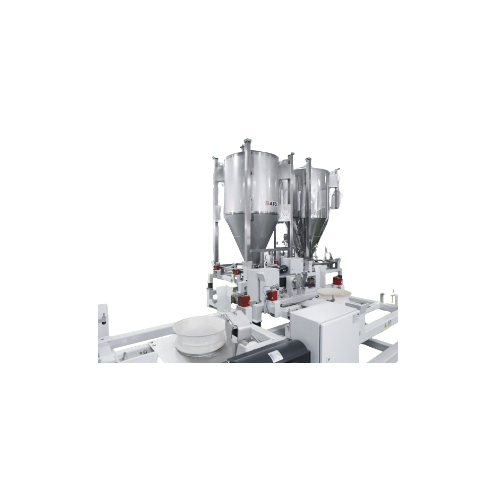
Dust-free docking collar for containers and bins
Achieve seamless, dust-free connections between containers and processing...
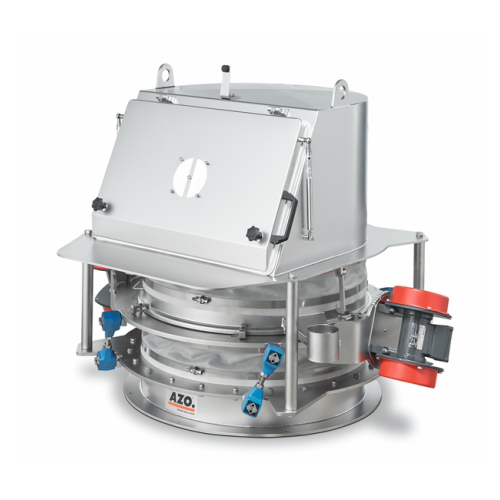
Bag feeding hopper for bulk solids
Optimize your material handling with a robust feeding hopper that seamlessly integrates ...
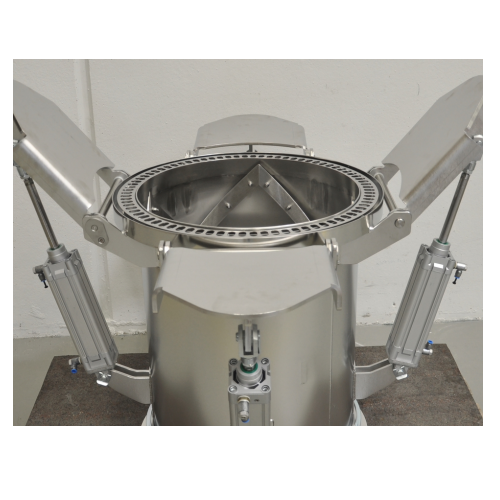
Dust-free big bag connection system for bulk solids
Eliminate dust and ensure reliable discharge with this vacuum docking...
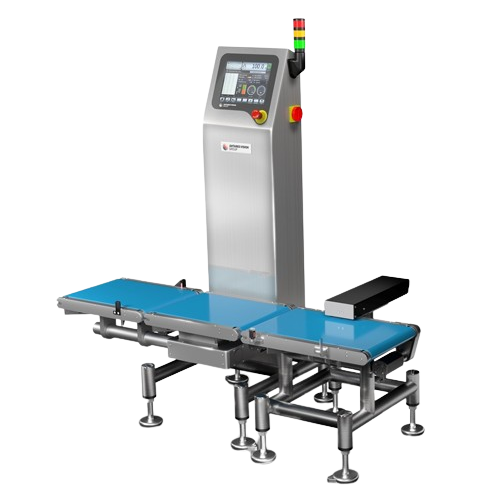
Industrial checkweighers for medium-large products
Manage large and heavy packagings with precision and efficiency, ensur...
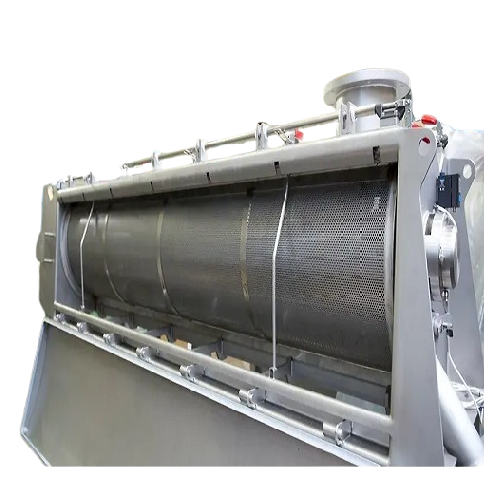
Mill sifter for precise bulk density and particle size distribution
Achieve precise particle size and uniform bulk dens...
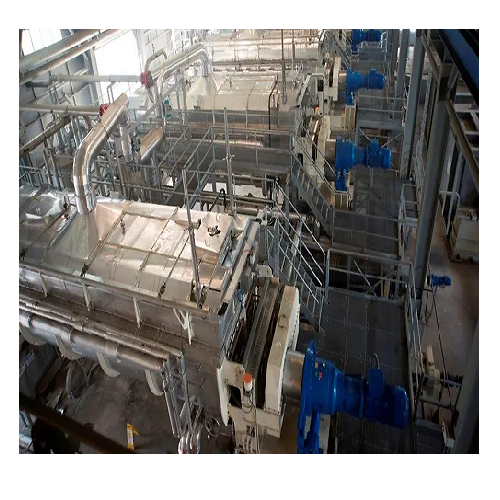
Paddle dryer for industrial sludge
Achieve consistent drying and pasteurization of complex materials with this advanced pad...
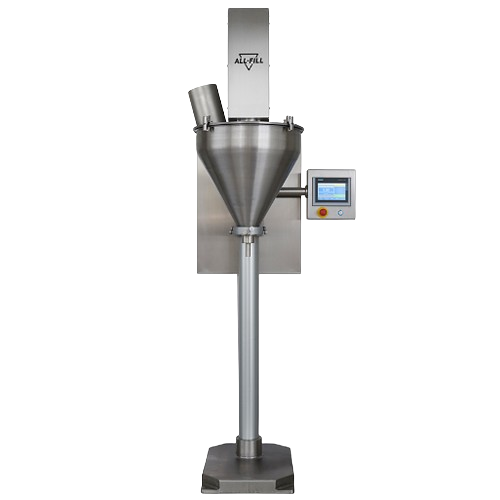
Volumetric filler for bags and rigid containers
Optimize precision filling of powders and granules with a versatile soluti...

Multi-fill powder filling system
Achieve precise and consistent filling for your powdered and granulated products with a mod...
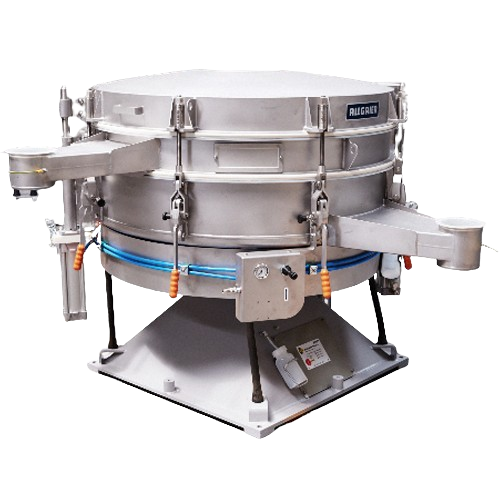
Tumbler screening for fine and ultra-fine sieving
For operations demanding precise particle separation, this solution off...
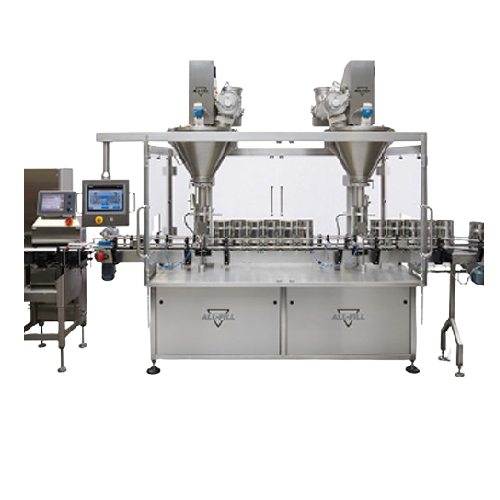
In-line filling system for various container sizes
Streamline your production with versatile in-line filling solutions th...

Industrial auger sack filler for large bags
Designed to efficiently fill large bags and sacks, this advanced filling machi...
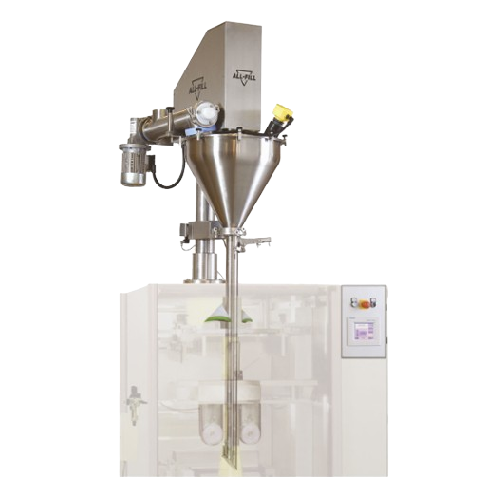
Vertical form fill seal filling system for auger applications
Effortlessly integrate precise powder and granule filling ...
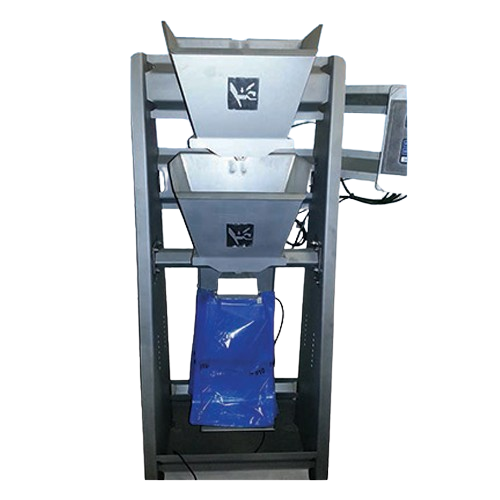
Industrial bagging system for high-speed processing
Optimize your packaging line with this engineered-to-order bagging sy...
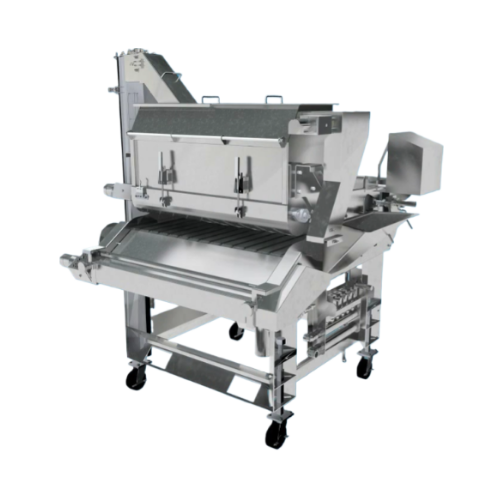
Breader for flour and free-flowing coating materials
Efficiently apply even coatings on a variety of food products, from ...

Electric breading applicator for high-volume food production
Enhance coating precision and ensure dust containment with ...
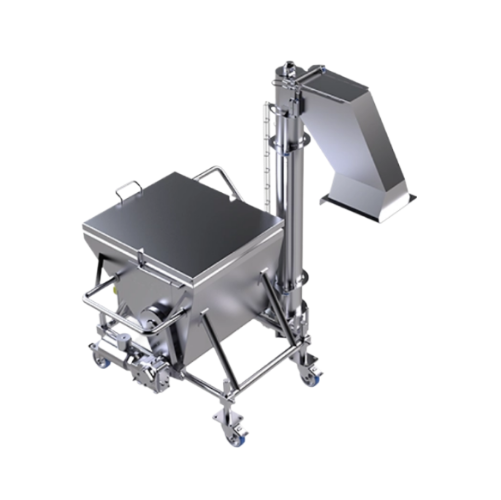
Flour and crumb feeders for breading and pre-dusting processes
Optimize your breading and pre-dusting operations with ad...
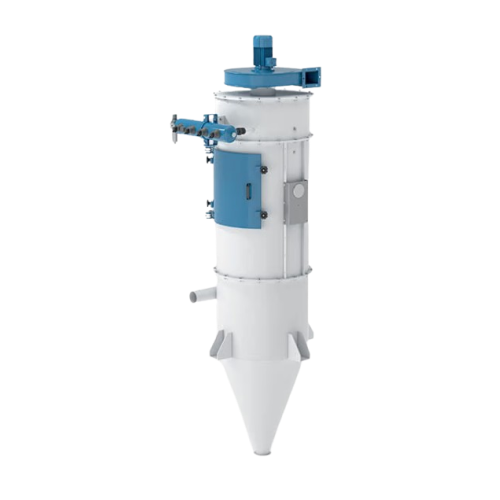
Cyclone filter for pneumatic conveying systems
Efficiently separate and filter airborne dust in pneumatic conveying lines,...
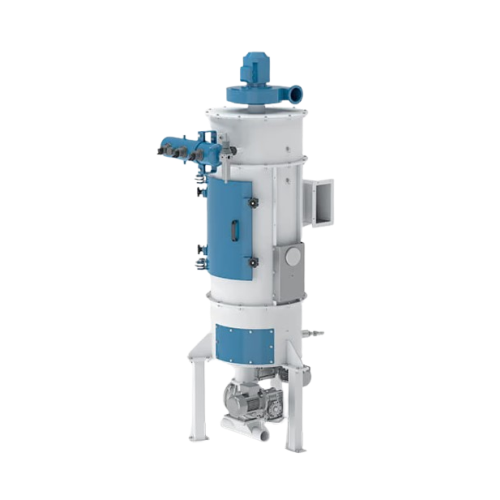
Self-cleaning silo filter
Ensure purity and compliance by trapping dust effectively during silo loading, while maintaining c...
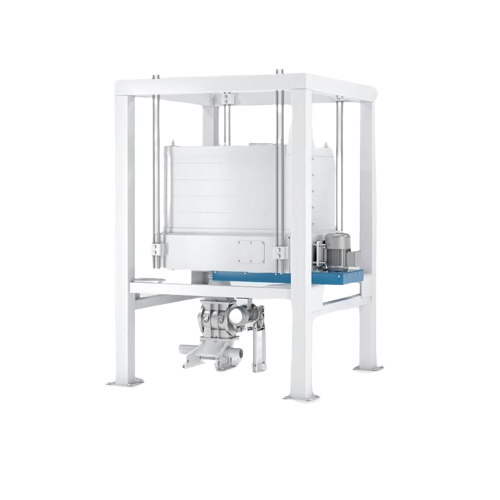
Square sieve for removing foreign bodies and grain sizes
Achieve precise material separation and enhance product purity w...
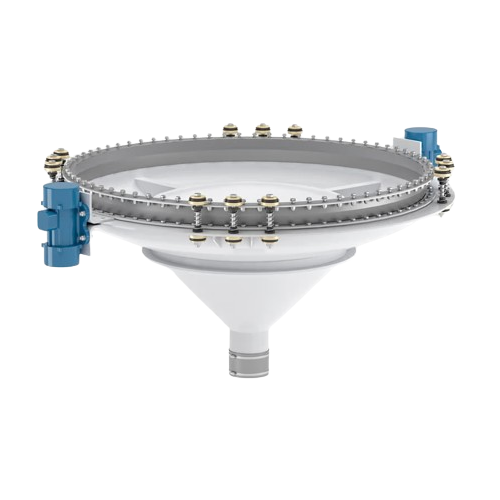
Industrial vibrating extractor for homogeneous product conveyance
Ensure consistent flow of dry bulk materials with a v...
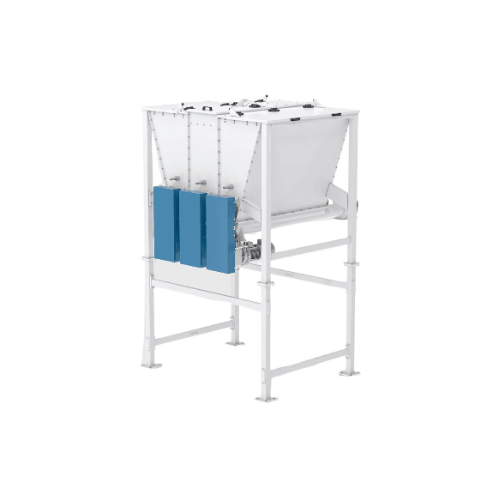
Loading box for granular products in production lines
Optimize your production line with a manual-to-continuous loading b...
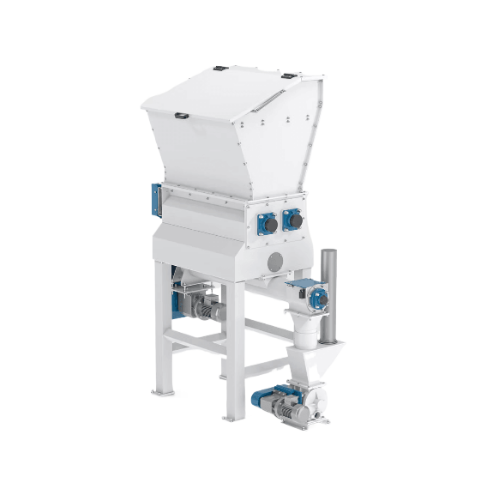
Scrap grinding system for reprocessing dry pasta
Efficiently reprocess dry pasta into reusable flour and dough, minimizing...
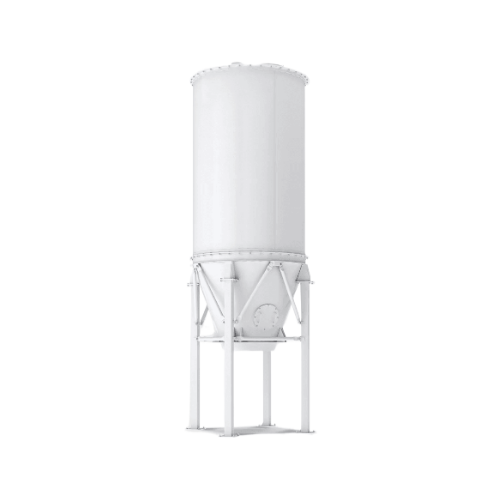
Storage silos for granular products
Enhance storage efficiency and flexibility with modular silos, ensuring precise monitor...
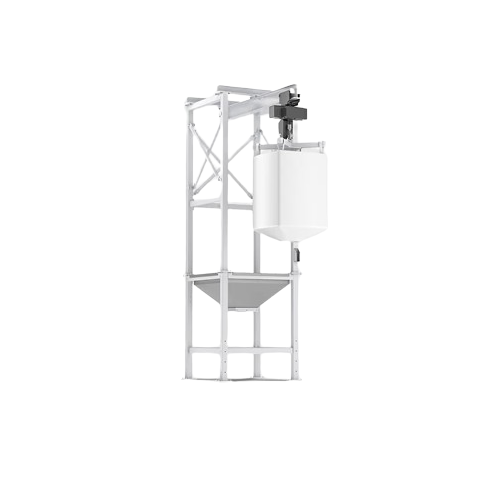
Big bag emptying station for bulk product handling
Streamline your bulk material handling with a station designed to effi...
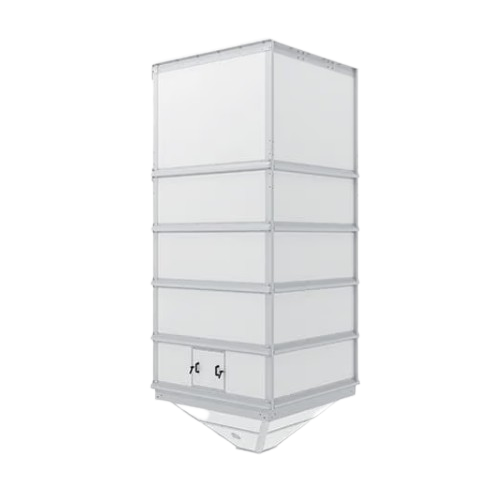
Finished product storage silos for industrial applications
Optimize your storage capabilities with silos that ensure saf...
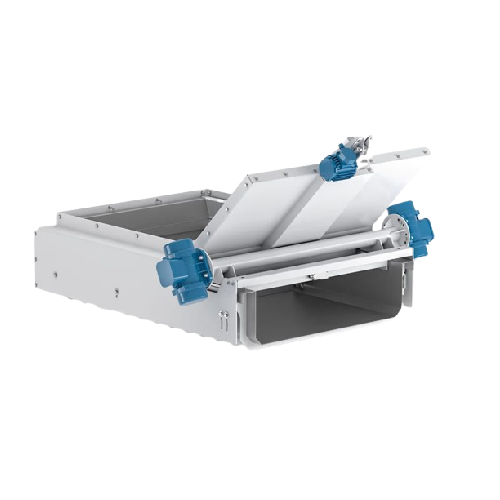
Vibrating extractor for silo and hopper product distribution
Ensure consistent product flow and precise distribution fro...
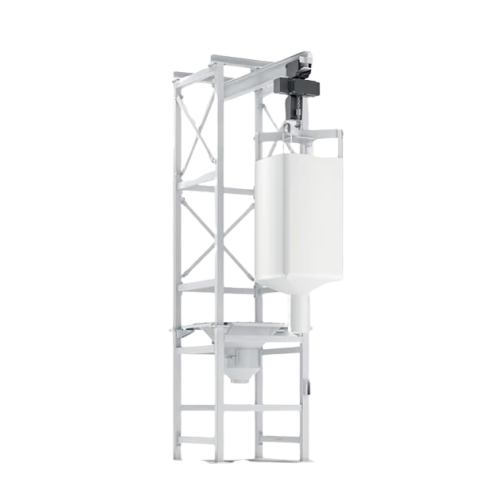
Big bag emptying station for raw materials
Streamline your material handling process by efficiently lifting, emptying, and...
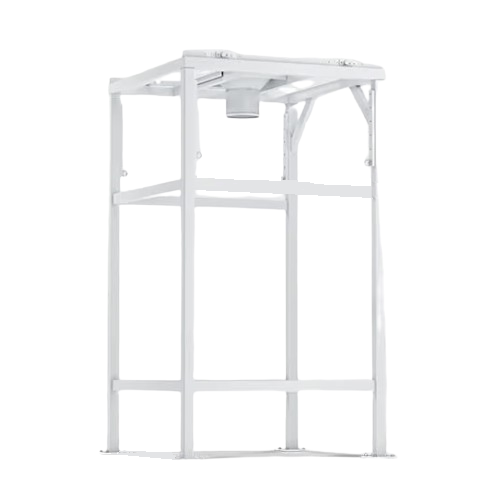
Big bag loading station for bulk product handling
Efficiently manage big bag handling with a system that combines hoistin...
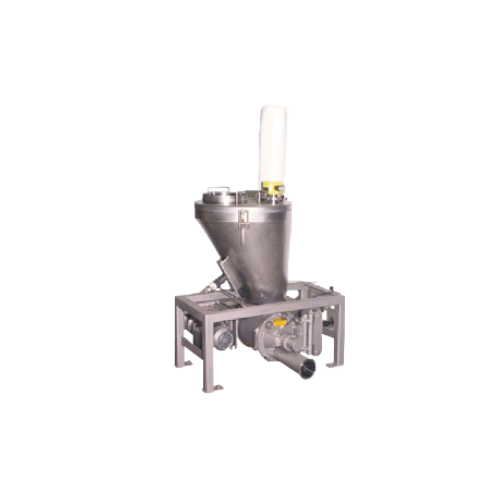
Lean phase pressure conveying for powder handling
Effortlessly transport and manage powdered materials with lean phase pr...
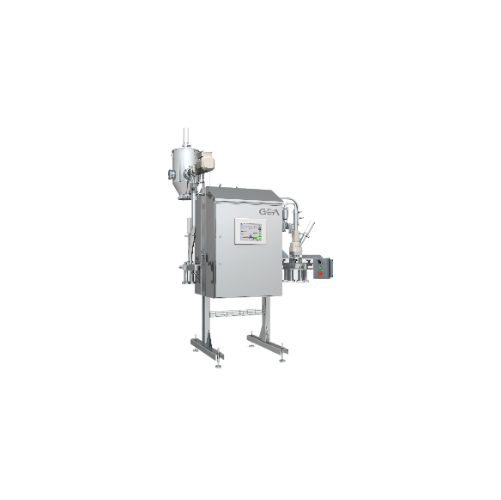
Vacuum powder sampler for particle size distribution control
Ensure precise quality control with a vacuum powder sampler...

Bulk storage silos for food products
Ensure optimal powder storage and handling with versatile silos designed for efficient...
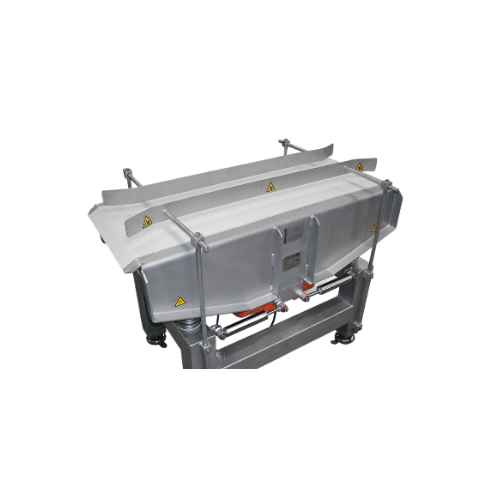
Vibration table for food, feed, and chemical industries
Optimize your production line with a versatile vibration table de...
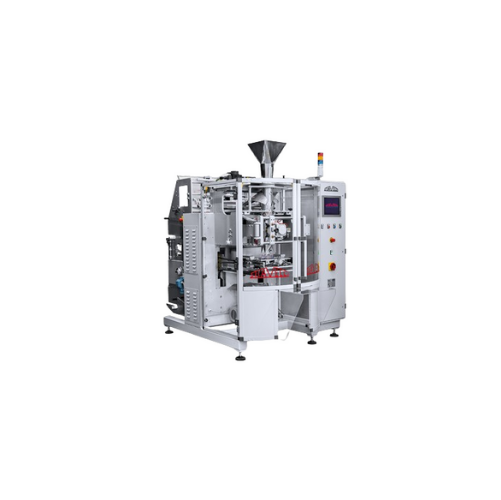
Continuous motion packaging for short-cut pasta
Optimize your packing line with a high-speed solution designed for efficie...
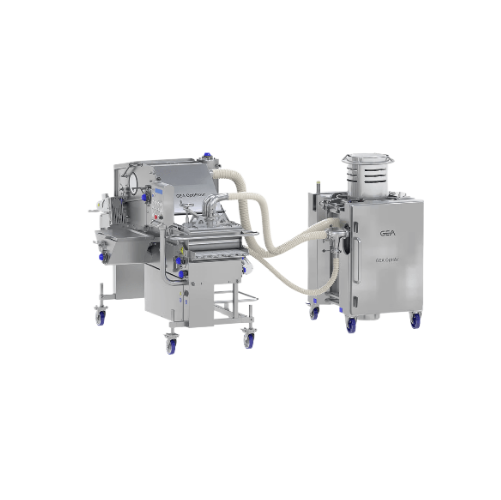
Dust-free flour applicator for food coating
Eliminate dust from your coating process with precise flour application, ensur...
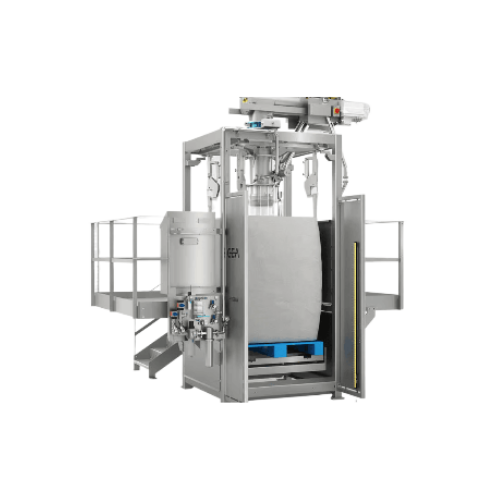
Low care bulk powder fillers
Optimize your production efficiency by accurately filling flexible bulk containers with dry pow...
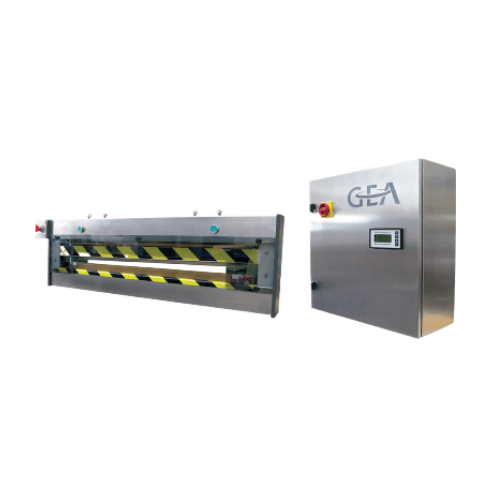
Plastic bag sealer for polyethylene bags
Achieve consistent hermetic sealing of polyethylene bags while preserving the inte...
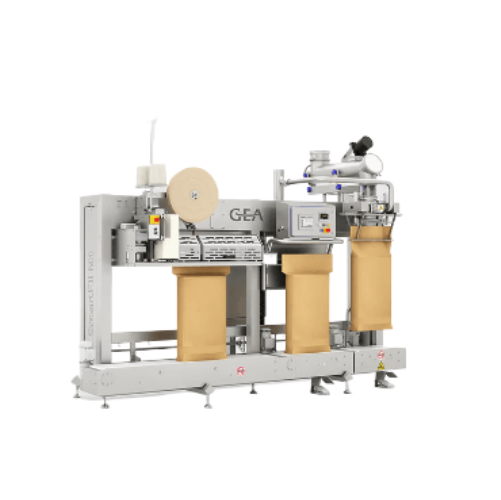
Semi-automatic powder filling system for food products
Achieve precise and flexible filling for food powders and granules...
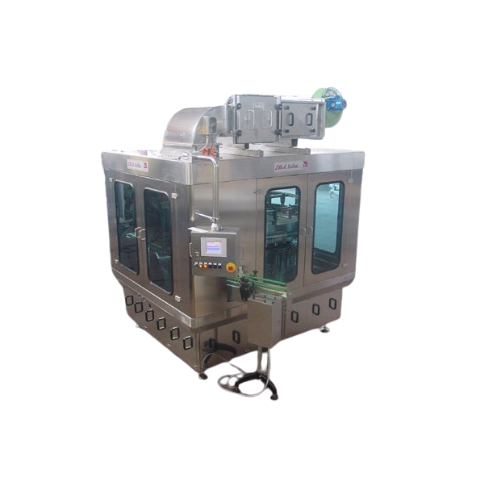
Industrial powder fillers for various containers
Optimize your packaging line with high-speed powder fillers that handle d...
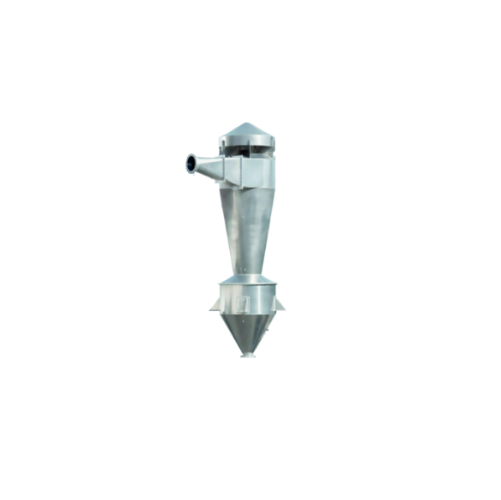
Cyclone separator for pneumatic conveyor systems
Enhance efficiency in pneumatic conveyor systems by effectively separatin...
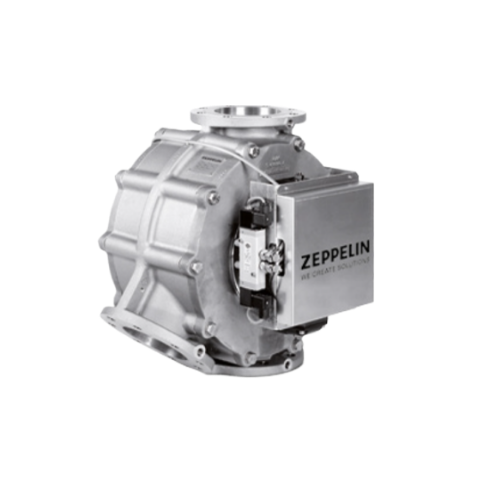
Pneumatic conveying diverter valve for abrasive bulk materials
Streamline the flow of abrasive materials in your pneumat...
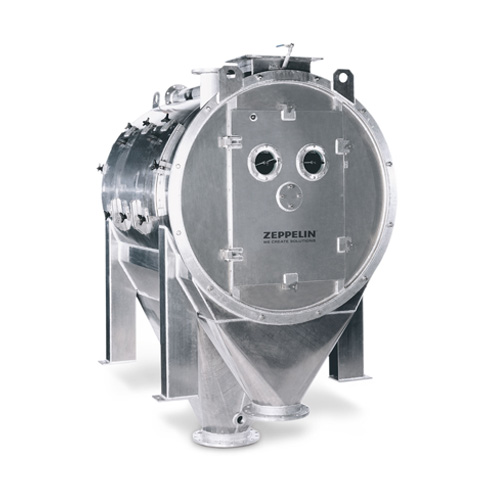
Industrial rotary sifter for bulk materials
Ensure precision and quality in your production line with a robust solution de...
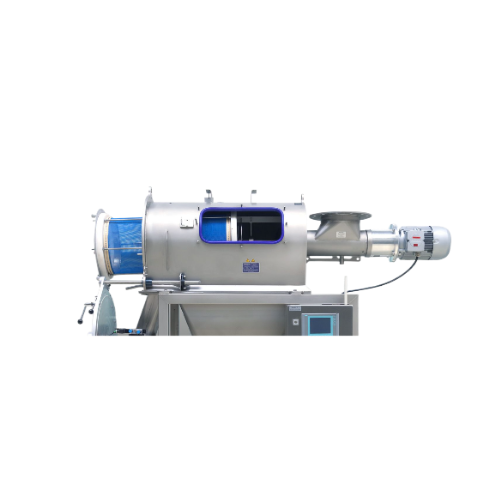
Rotary sifter for bulk material separation
Eliminate foreign particles and ensure precise grain size verification with a h...
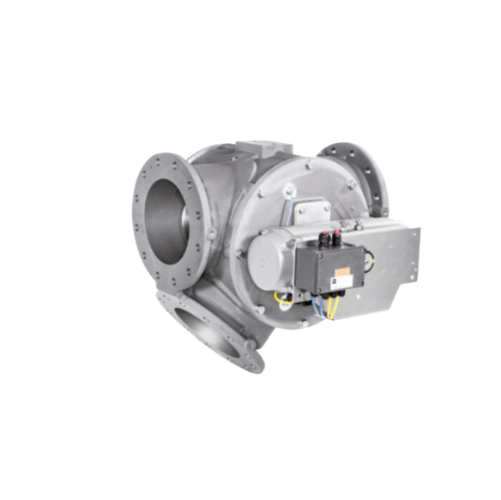
Pneumatic conveying systems diverter valve
Effortlessly manage bulk material flow with precision, ensuring seamless transi...
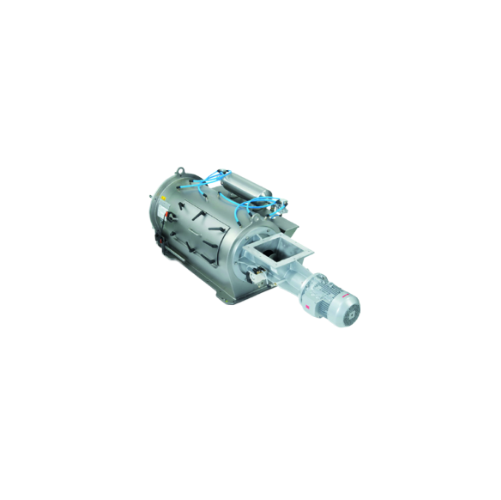
Rotary sifter for bulk material preparation
Ensure precise material preparation and protect downstream processes by integr...
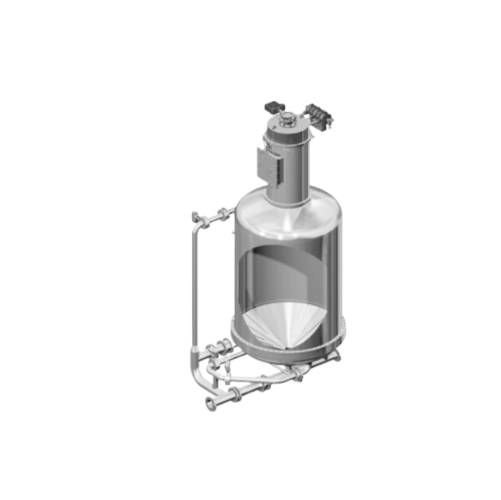
Pneumatic mixer for fluidizable bulk materials
Achieve uniform and gentle mixing of powdered ingredients with minimal effo...
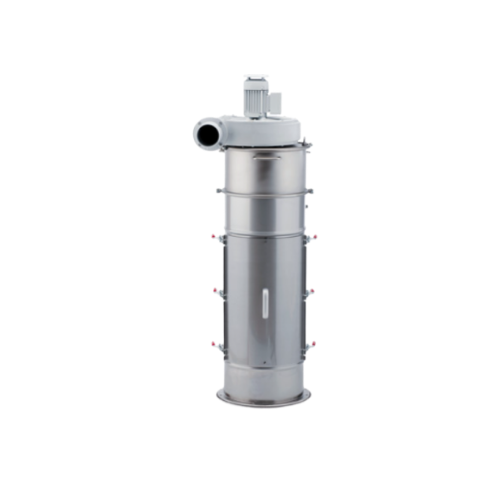
Industrial fine dust particle ventilation filter
Optimize your production line with a modular filtration system designed t...
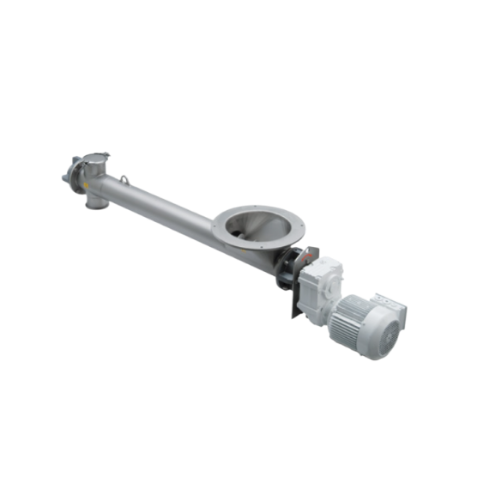
Dosing and conveying screw for dry bulk materials
Efficiently manage the precise dosing and conveying of dry, powder, and...
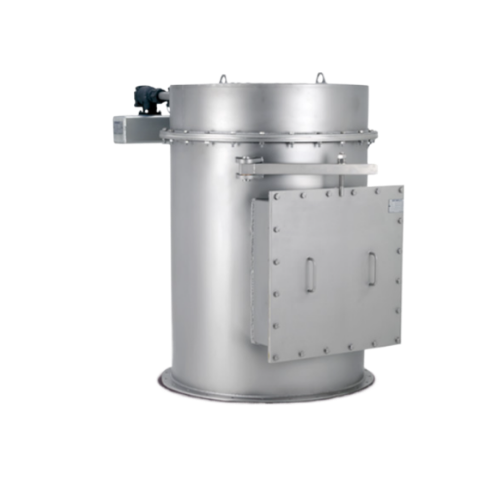
Bin vent filter for dust control in modular systems
Optimize your production line by efficiently controlling dust and fin...
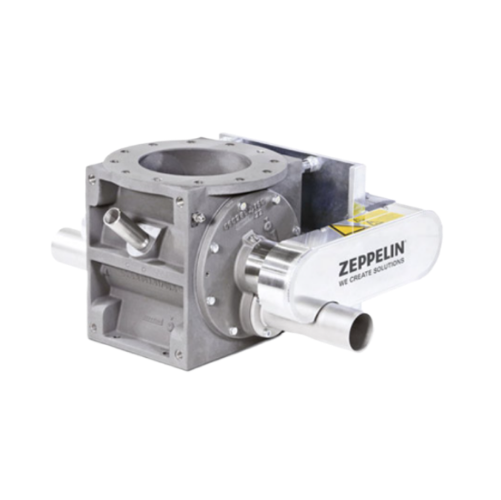
Rotary feeder for powdered bulk materials
Achieve precise control in feeding and discharging powdered materials with a rot...
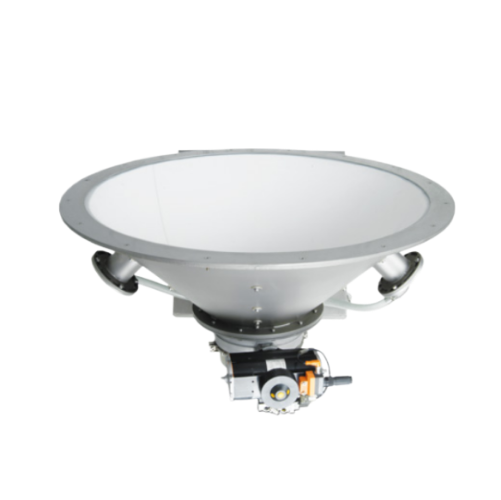
Fluidizing bed for bulk material discharge
Optimize your material flow with a fluidizing bed designed for seamless dischar...
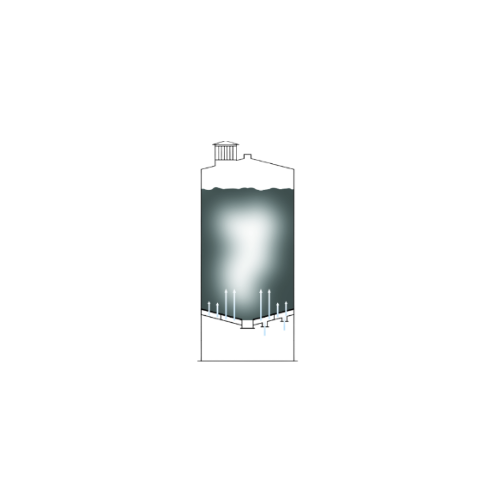
Fluidizing bed blending silo for powder mixing
Optimize your batch mixing process with a fluidizing bed blending silo, des...
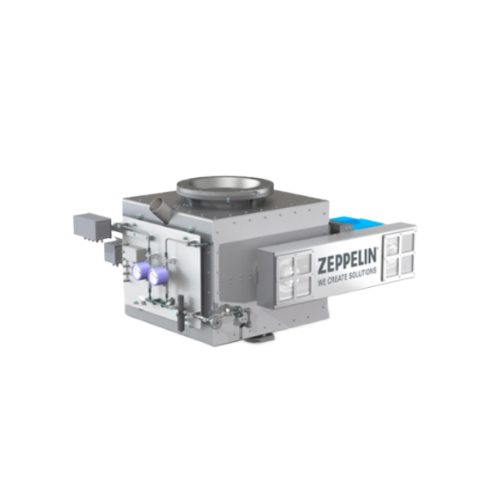
High-pressure rotary feeder for powder and agglomerates
Optimize your production line with a high-torque solution that ef...
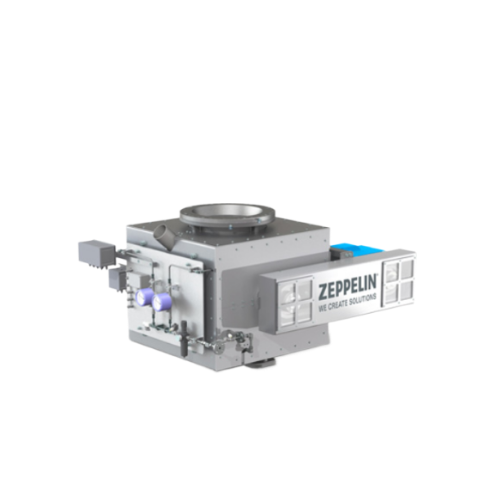
High-pressure rotary feeder for bulk material handling
Manage high-pressure bulk material distribution with precision, en...
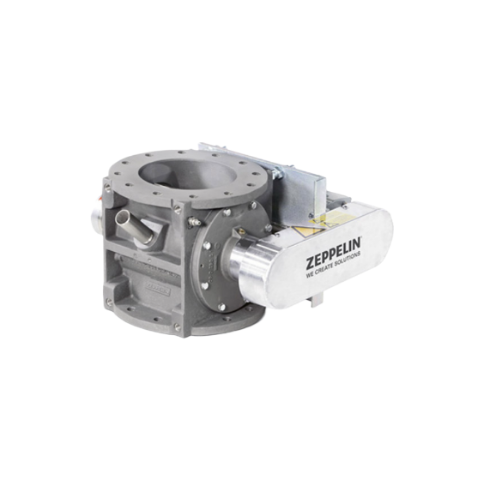
A-type rotary feeder for powder and pelleted bulk materials
Ensure precise feeding and discharging of powdered and pelle...
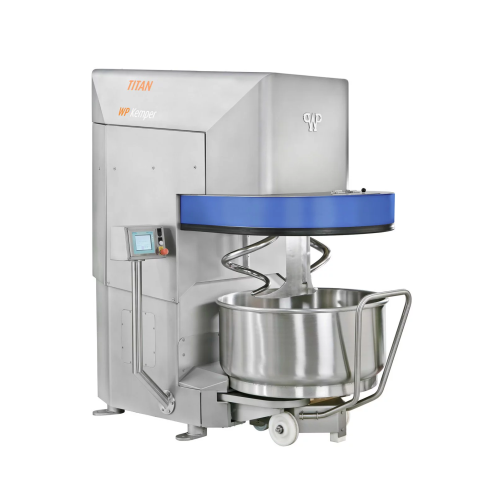
High performance spiral mixer for dough preparation
Achieve consistent dough quality with ease by integrating a high-perf...
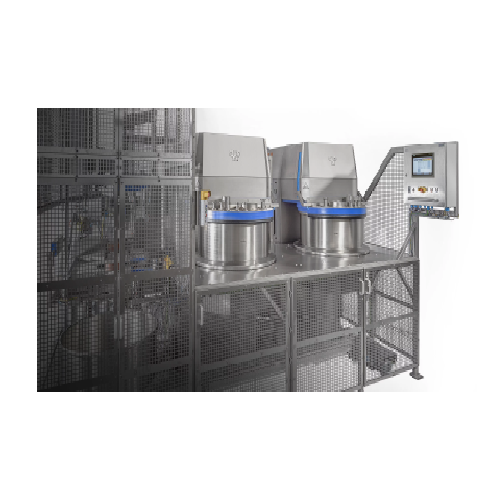
Automatic dough mixing system for high-quality doughs
Transform your dough production with a system designed for rapid, c...
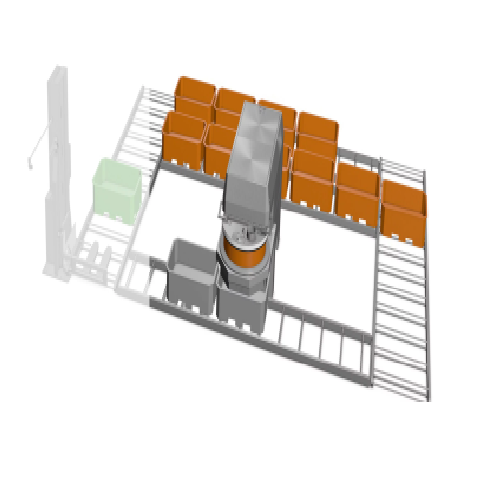
Mixing system for long dough resting times
Achieve consistent dough quality with extended resting times, optimizing water ...
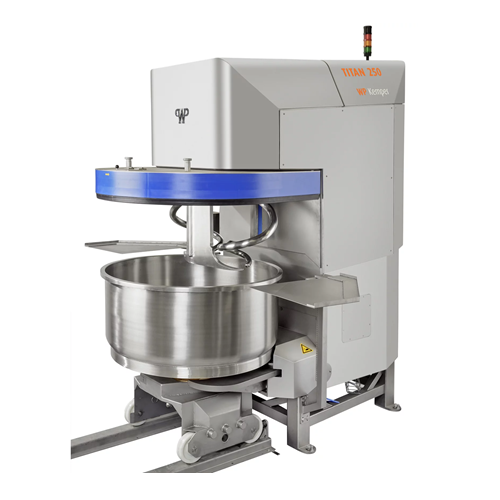
Linear mixing system for high-capacity dough production
Achieve perfect dough consistency with precise mixing, rapid cycl...
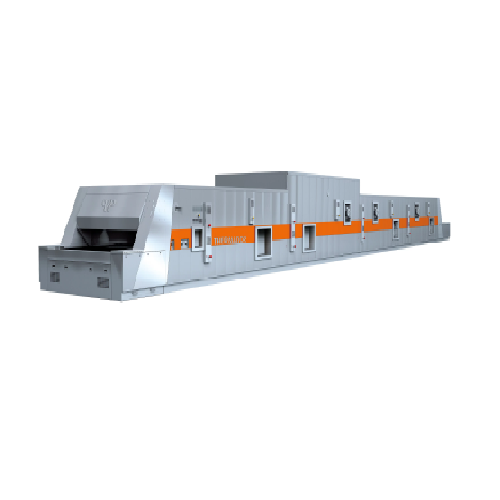
Continuous tunnel oven for panettone baking
Optimize your bakery production with a modular tunnel oven that integrates sea...
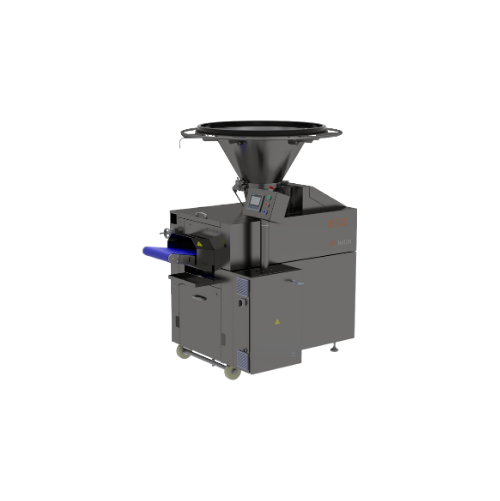
Dough divider for various dough types
Achieve precise portioning in your dough production with a solution designed to handl...
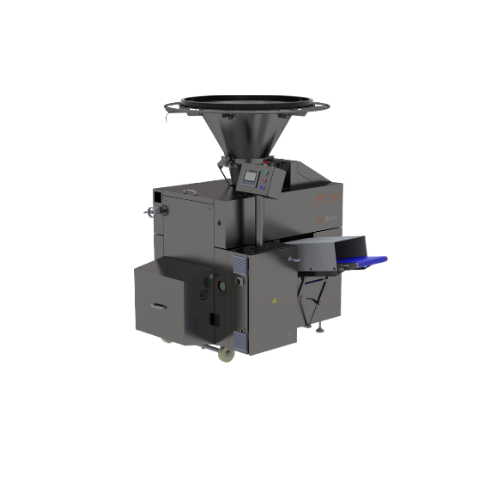
Weight accurate dough divider for various dough types
Achieve high-speed, precise dough portioning with adjustable pressu...
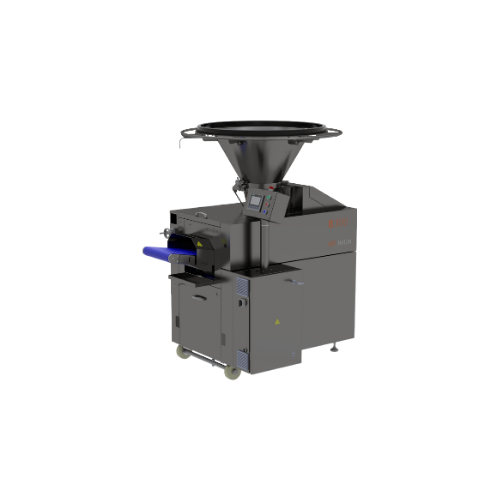
Dough divider for varied dough types
Achieve precise and consistent dough portioning with a single pocket divider designed ...
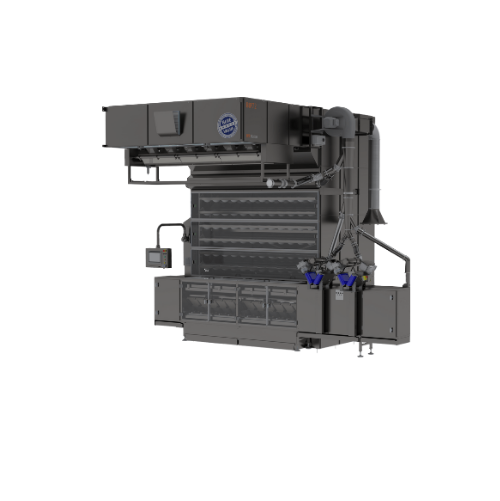
Industrial dough proofer for high-capacity baking lines
Optimize your baking process with high-speed proofing, ensuring d...

Intermediate proofer for dough processing
Enhance your dough production process with efficient proofing solutions that ens...
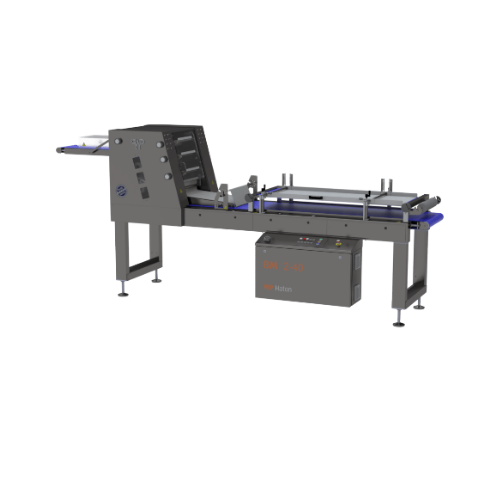
Industrial long moulder for pan and hearth bread
Enhance your bread production with precise sheeting and curling that impr...
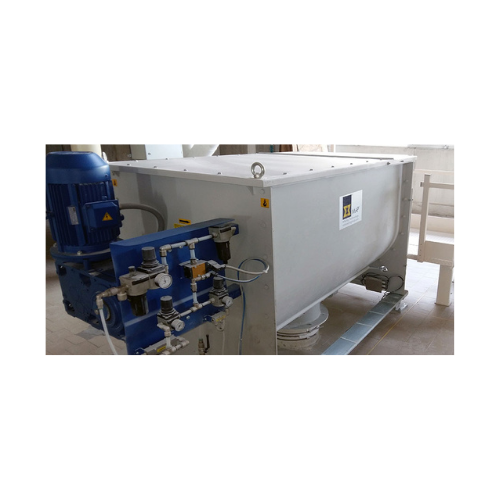
Single-shaft ribbon blender for homogeneous mixing
Achieve high-quality, precise blending of delicate and temperature-sen...
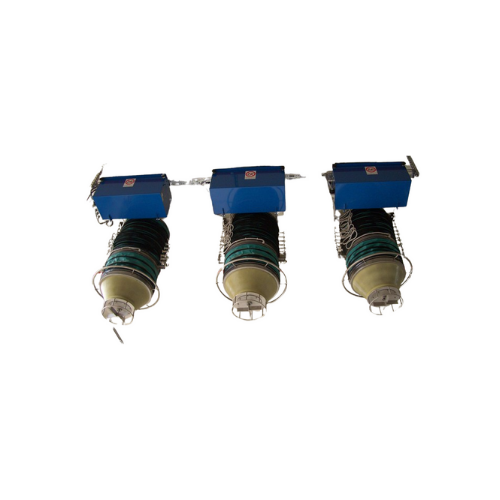
Tanker loading bellow for dust-free bulk solids loading
Optimize tanker loading while minimizing dust emissions with this...

Bulk solids conveying systems
Efficiently move and manage bulk materials with precision and reliability, ensuring seamless i...

Bulk solids discharging and loading solution
Optimize your bulk material handling with equipment that ensures efficient an...
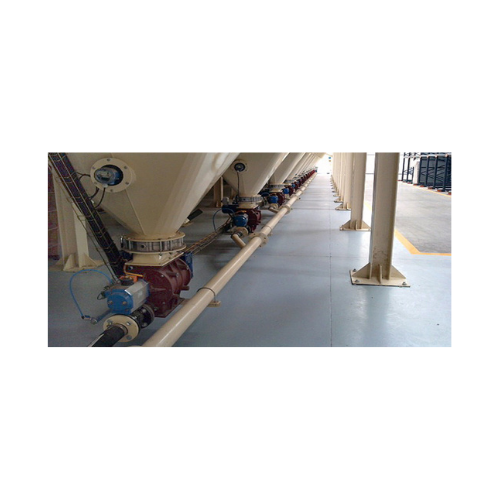
Pneumatic conveying system for bulk solids
Ensure efficient and dust-free transport of bulk materials with a pneumatic con...
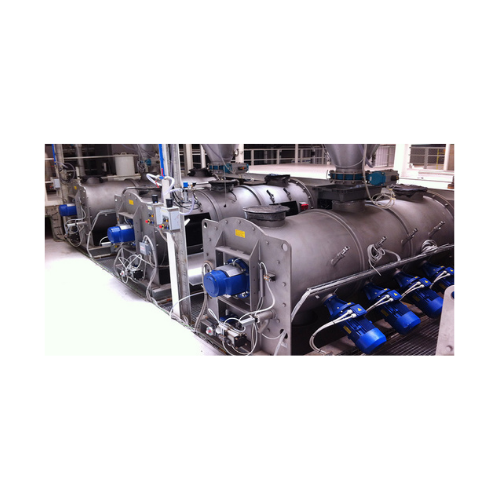
Batch-type single shaft mixer for industrial mixing
Achieve precise and uniform mixing with high-speed, single-shaft mixe...
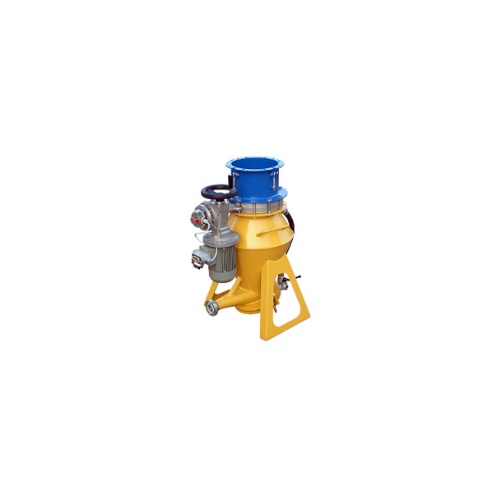
Butterfly valves for dry powder and granule flow interception
Ensure precise control over material flow in your processi...
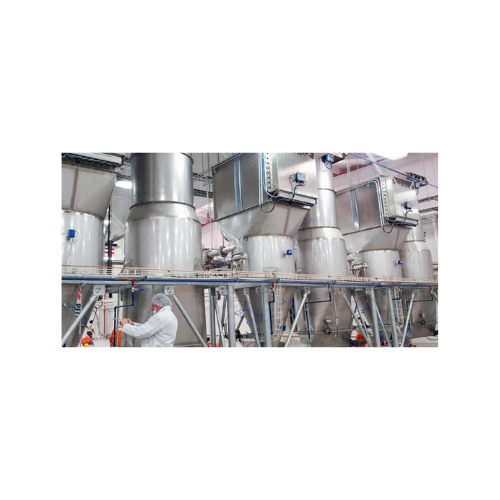
Atex-certified flanged polygonal dust collectors
Ensure dust control and compliance in explosive environments with our com...
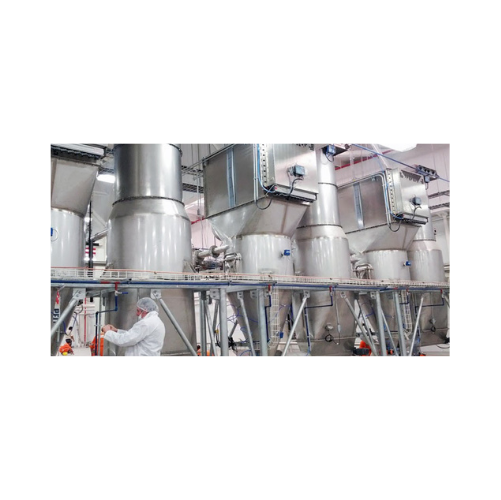
Industrial dust collection system for air filtration
Optimize air quality in your production line with this compact dust ...
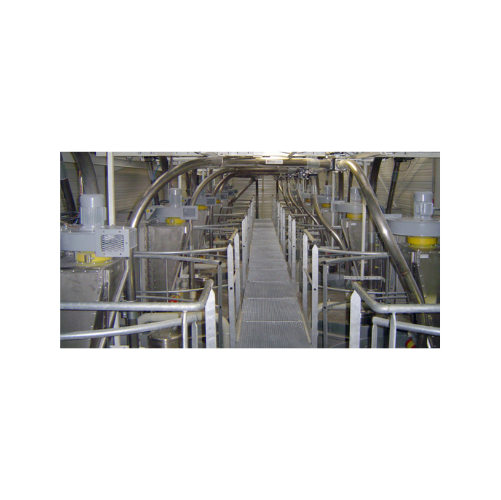
Atex certified flanged round dust collectors
Designed for potentially explosive environments, these flanged round dust col...
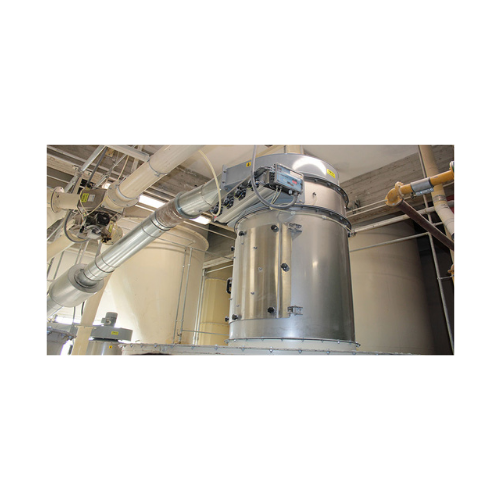
Food-grade round dust collectors
Maintain a clean production environment with this food-grade dust collector, designed to ma...
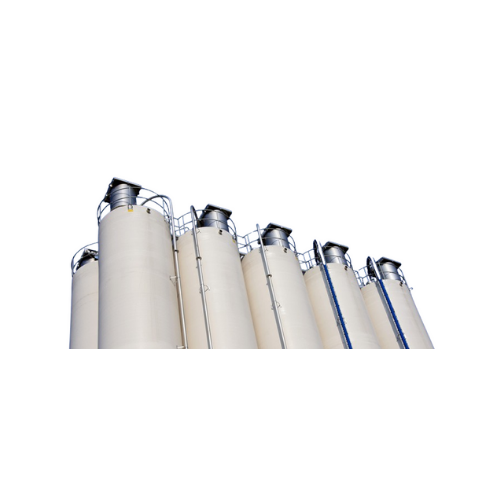
Flanged round dust collectors for industrial air filtration
Optimize your industrial processes with a dust collection sy...
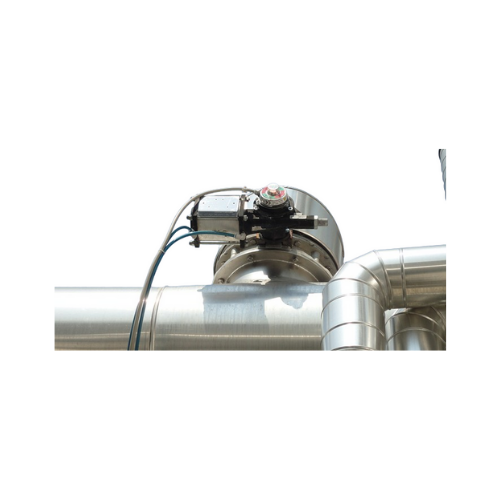
Fit-frame butterfly valves for dry bulk solids
Achieve precise control and minimize contamination in your dry bulk materia...
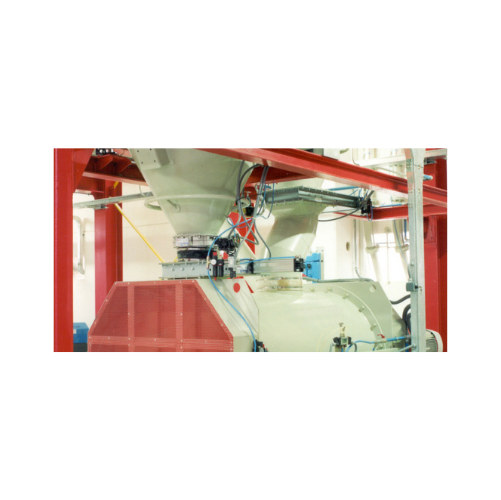
Butterfly valves for powders and granules
Ensure precise flow control and reliable sealing for gravity-fed or pneumatic sy...
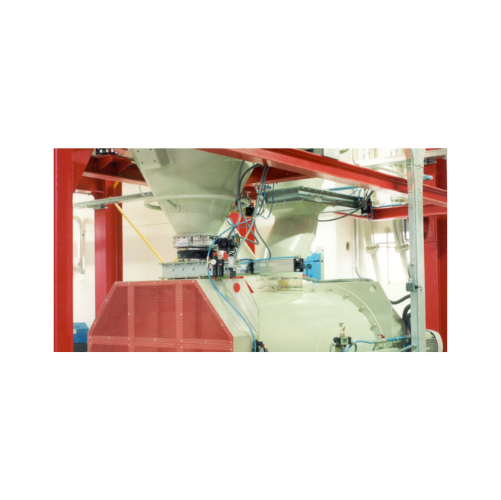
Butterfly valves for powder and granular material handling
Experience seamless material control with advanced butterfly ...
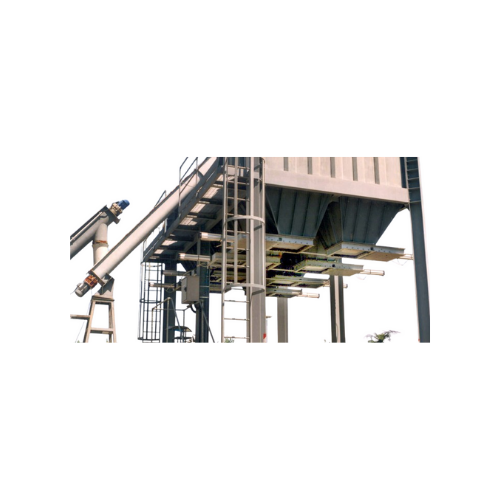
Industrial slide valve for heavy-duty applications
When managing gravity material flow in abrasive environments, achievin...
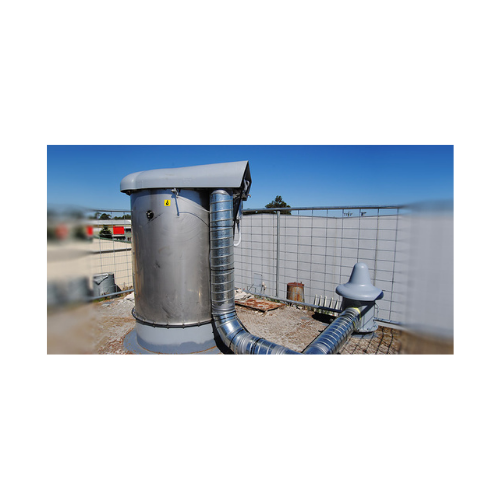
Low profile slide valve for controlling powder flow
Optimize your powder and granule flow management with precision-engin...
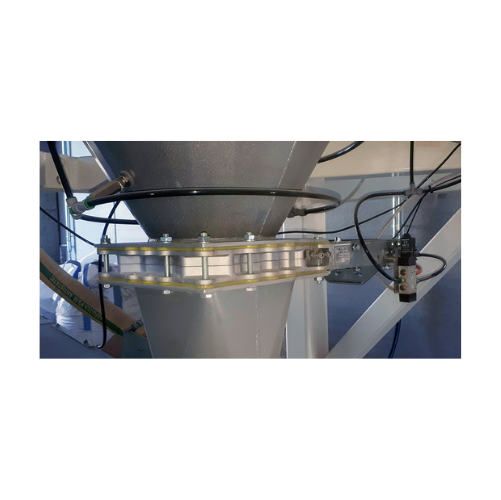
Slide valves for flow interception in powder and granular materials
Effectively manage the flow of powdery and granular...
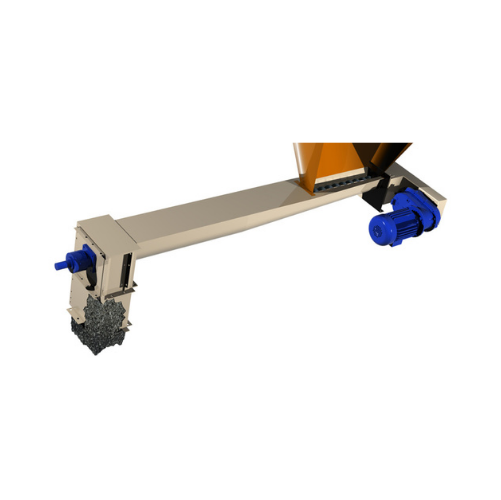
Tapered single shaft screw feeder for flour mills
Ensure consistent material flow and minimal residue with this precise s...
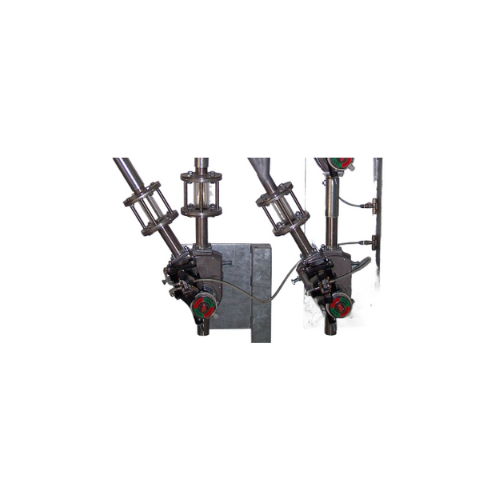
Diverter valves for pneumatic conveying lines
Experience precise flow control in pneumatic conveying with diverter valves ...
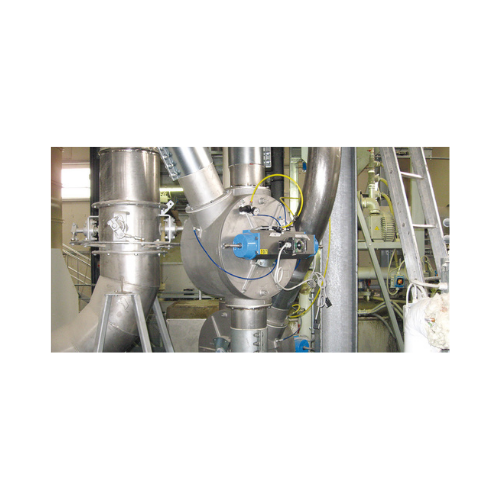
Drum-type diverter valves for pneumatic conveying
Optimize your pneumatic conveying system by effortlessly controlling th...
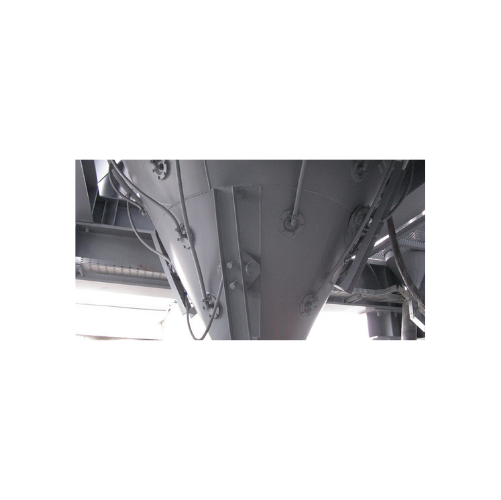
Vibro-aerators for bulk solids discharging
Optimize your powder flow and ensure consistent discharge with this advanced ae...

Spring-loaded pressure relief valves for silo overfill protection
Ensure safety and prevent costly overfills with press...
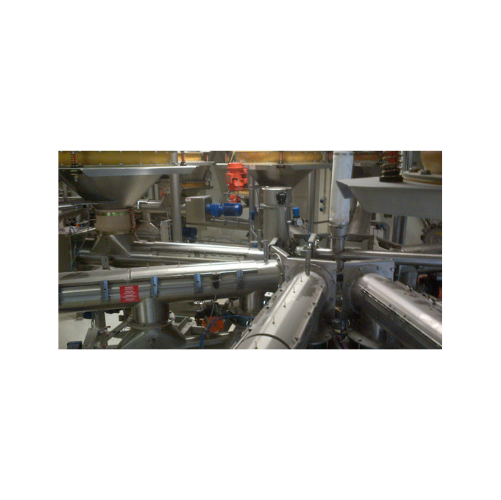
Stainless steel tubular screw conveyor for bulk solids handling
Ensure precise material handling with stainless steel tu...
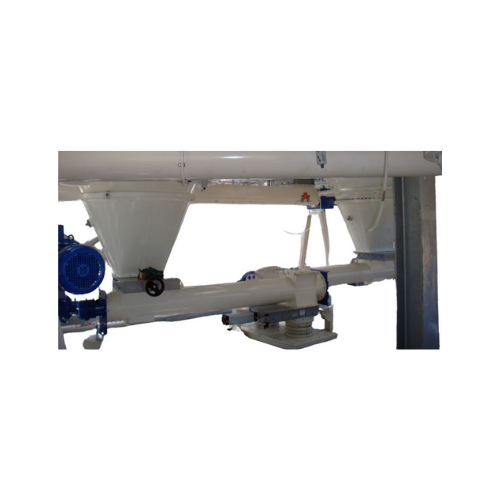
Single shaft screw feeders for consistent material feeding
Tackle challenging materials with poor flow characteristics b...
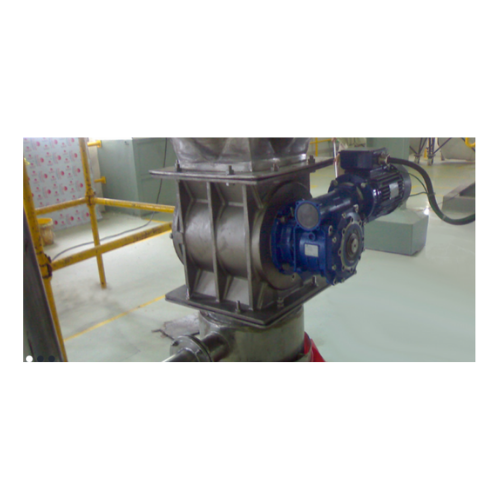
Drop-through rotary valve for powder and granular material feeding
Achieve precise control in discharging and feeding p...
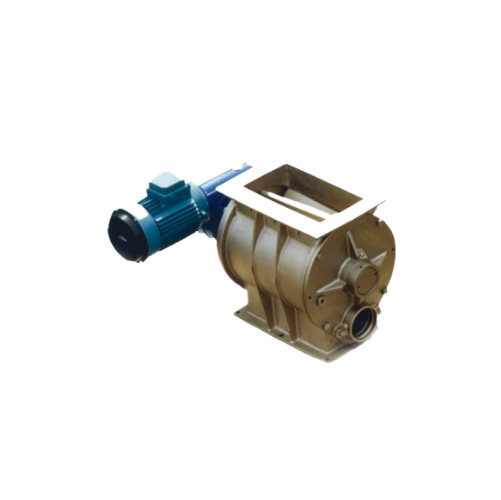
Blow-through rotary valves for pneumatic conveying
Optimize your pneumatic conveying systems with high-efficiency blow-th...
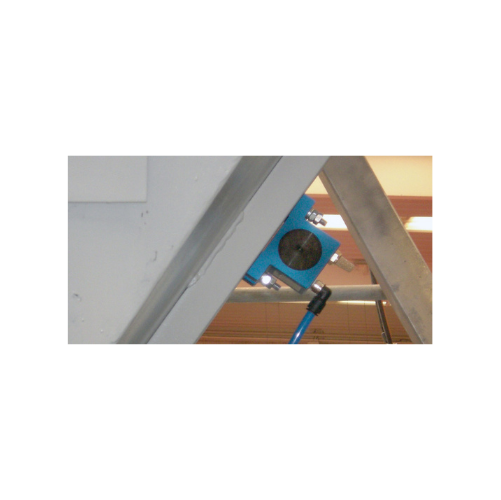
Rotary ball vibrators for aggregate reclaiming
Enhance efficiency in your production line with a solution that optimizes t...
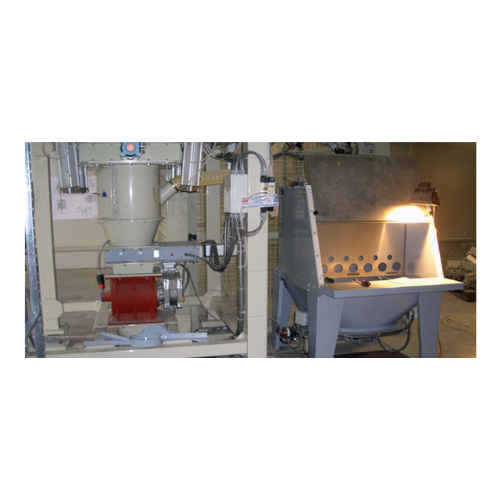
Manual bag opener for bulk solids discharging
Effortlessly open and empty bags while containing dust emissions, ensuring a...
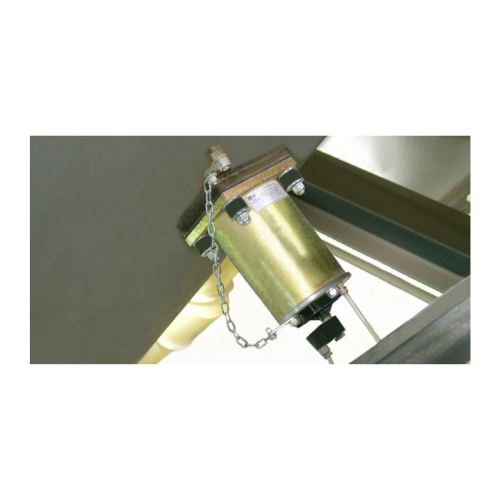
Single impact pneumatic hammers for flow aids
Combat material clogs and ensure smooth flow in your production line with pn...
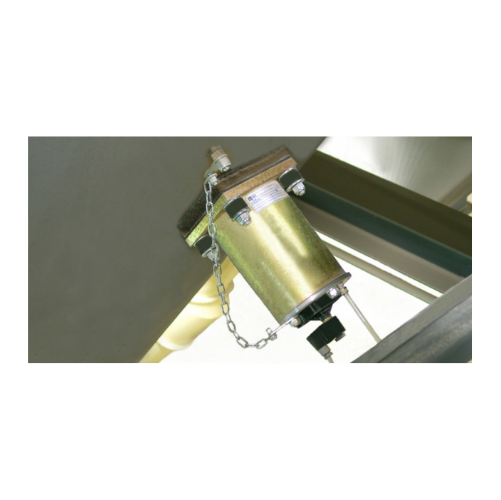
Pneumatic hammers for bulk solids discharging
Optimize your production efficiency and solve material flow challenges with ...
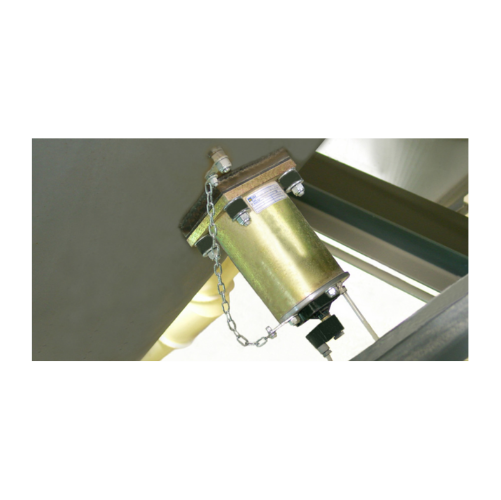
Pneumatic hammers for aiding material flow
Optimize material flow and eliminate blockages in your processing line with pne...
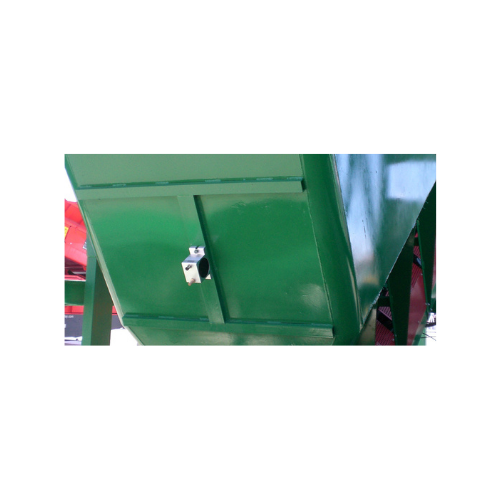
Industrial vibrator for high-frequency vibration
Achieve efficient material flow and compaction across various production ...
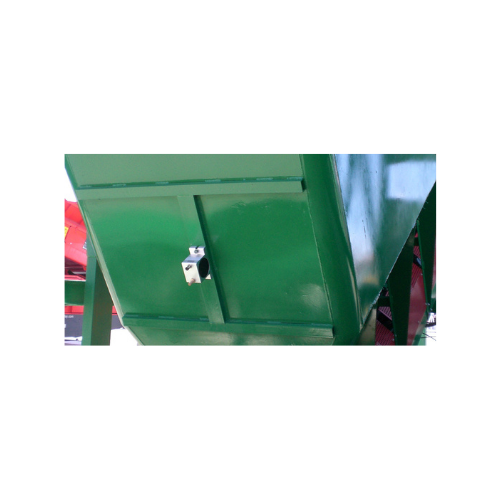
Rotary turbine vibrators for bulk solids discharging
Enhance the efficiency of material handling with high-speed, low-noi...

Rotary turbine vibrators for material flow aid
Optimize your production efficiency with high-speed, silent operation vibra...
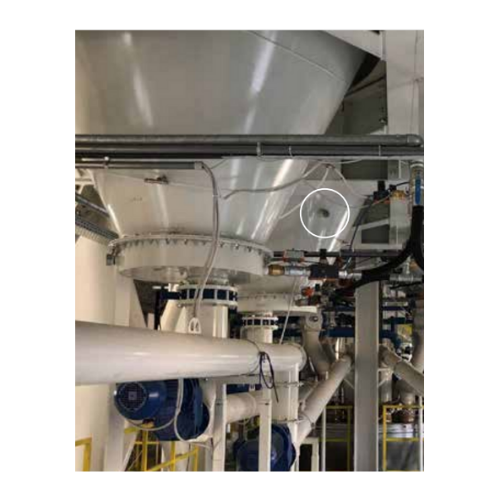
Continuous impact vibrators for bulk material removal
Combat material flow issues like bridging and rat-holing with our i...
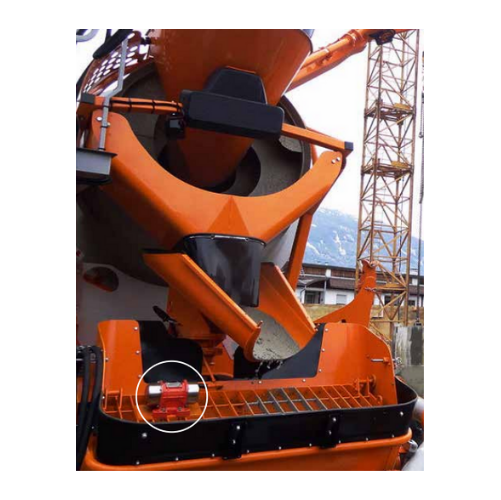
Continuous impact vibrator for aggregate reclaiming
Tackle material flow challenges head-on by preventing common issues l...
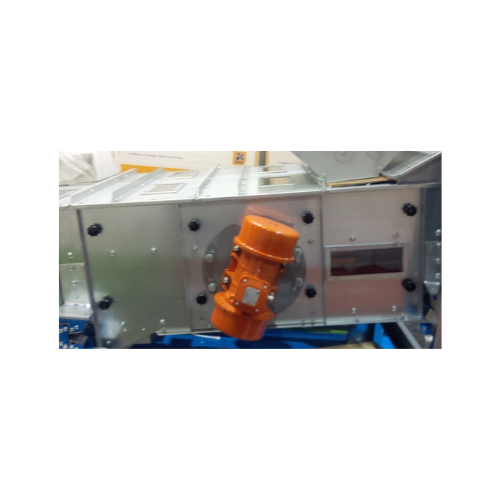
Electric motovibrators for flour milling sieving
Enhance precision in your milling operations with motovibrators that deli...

External electric motovibrators for efficient flour sieving
Optimize material flow in your milling operations with preci...
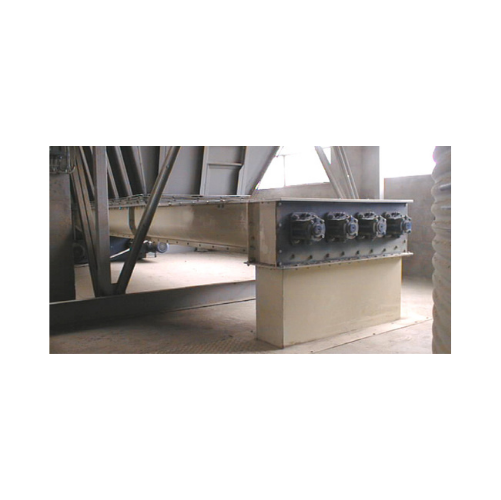
Live bin bottom for difficult material discharge
Efficiently manage the discharge of challenging materials like biological...
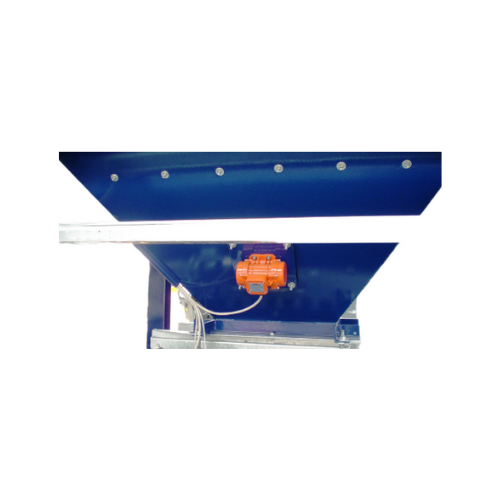
External electric motovibrators for bulk solids conveying
Enhance material flow efficiency and solve challenging dischar...
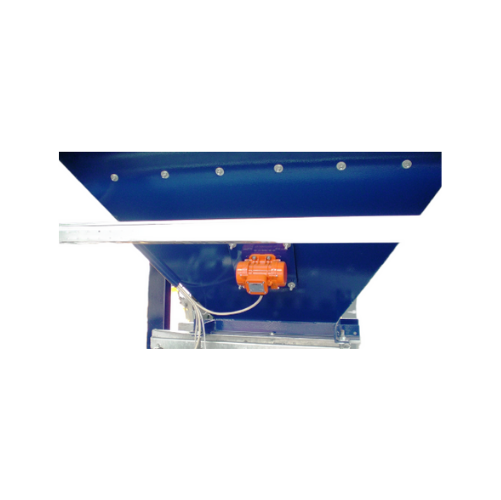
Industrial electric vibrator for bulk solids discharging
Enhance material flow efficiency and ensure consistent output ac...
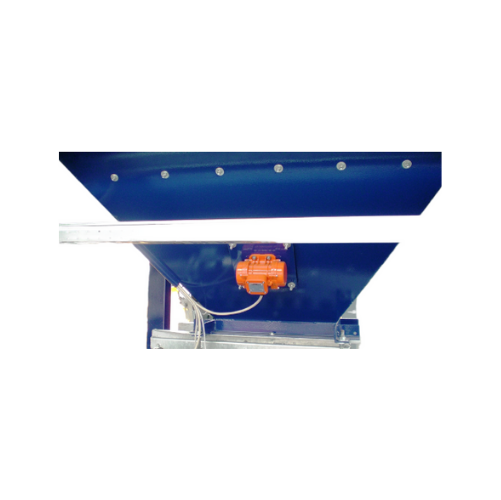
External electric motovibrators for industrial material flow
Experience enhanced material flow and precise material disc...
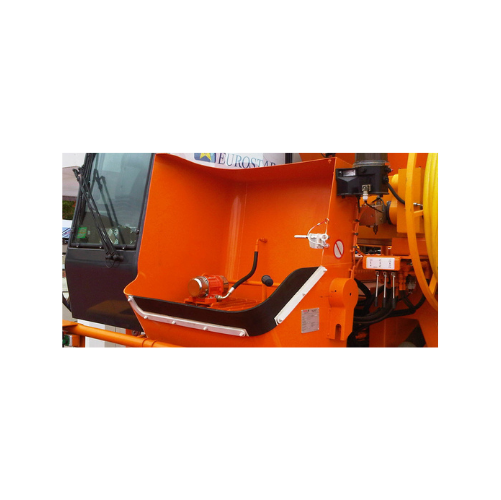
External electric motovibrators for hazardous materials
Ensure safety and efficiency in hazardous environments with relia...
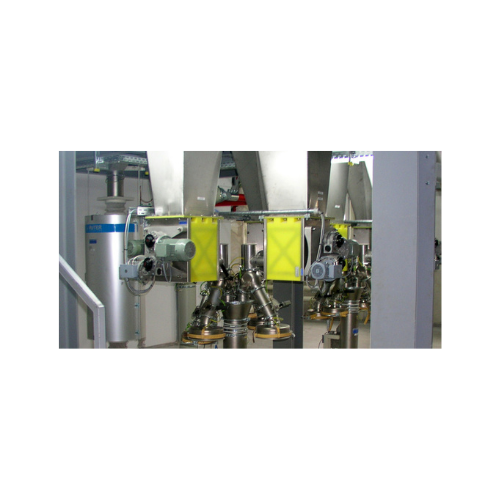
Micro-batch feeders for powder and granular material
Struggling with clog-prone powders? Gain precise control and consist...
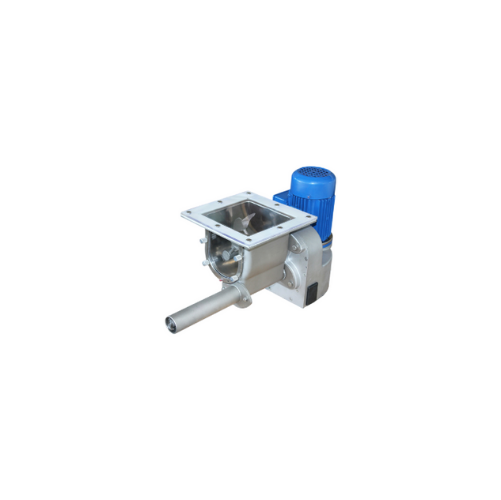
High efficiency micro-batch feeder for powdery or granular materials
Achieve precise volumetric feeding and metering of...
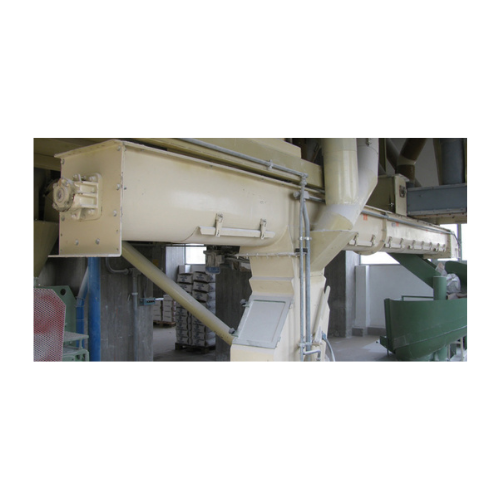
Trough screw conveyor for flour mills
Optimize your flour processing with efficient material handling, precisely designed f...
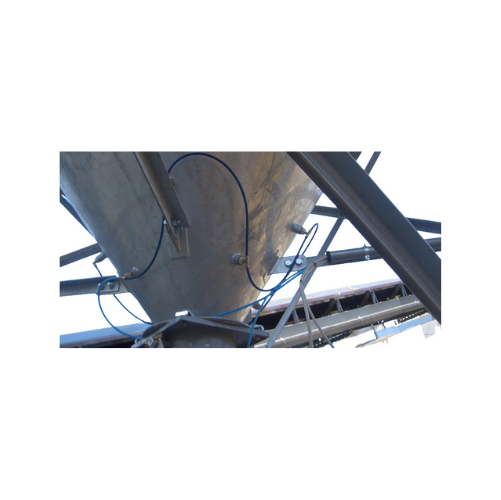
Aeration pads for powdery material flow in silos
Ensure consistent material flow in your silos and bins with a reliable ae...
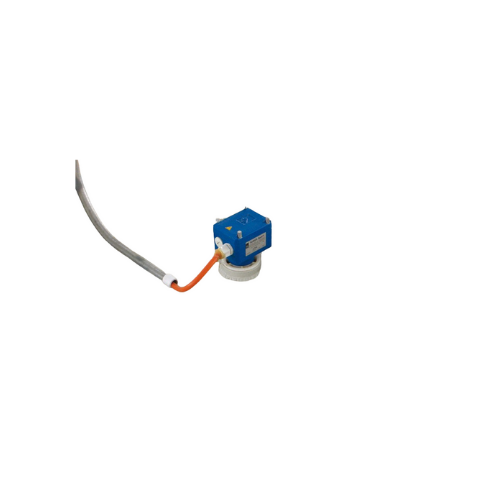
Bin level indicator for bulk solids
Ensure precise material level detection across your production processes, minimizing th...
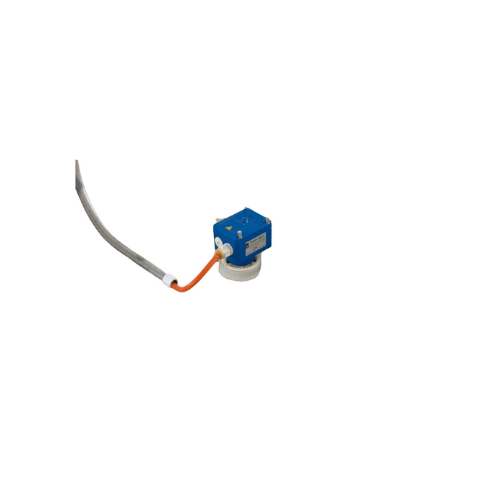
Bin level indicators for wastewater treatment
Ensure reliable material level monitoring in your silos and hoppers with ILT...
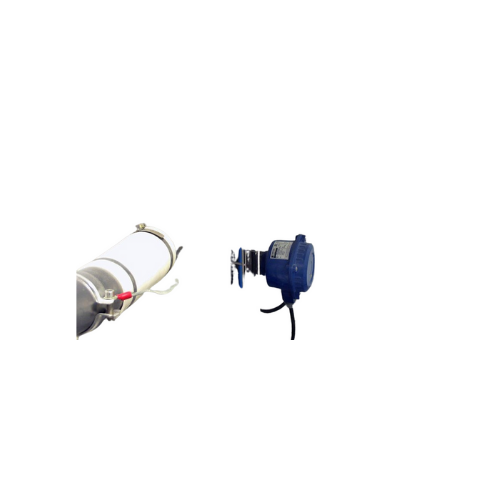
Bin level indicators for powder and granular material
Ensure precise inventory management and prevent overflows in your p...
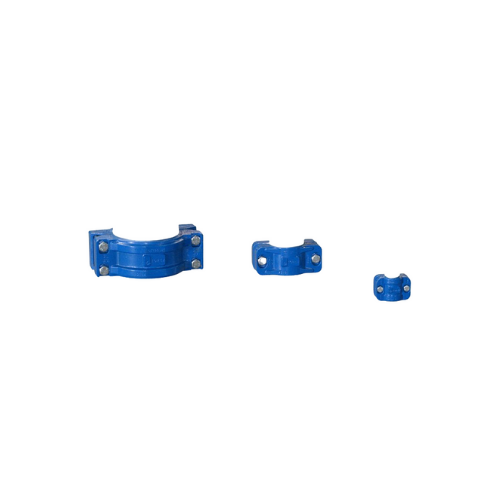
Pipe couplings for pneumatic conveying lines
Ensure a secure and quick connection for your pneumatic lines with these pipe...
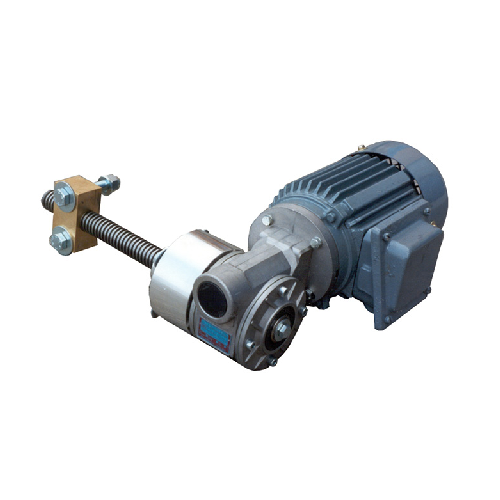
Electric gear motor actuators for slide valves
Achieve precise control over industrial slide valves in high-speed operatio...
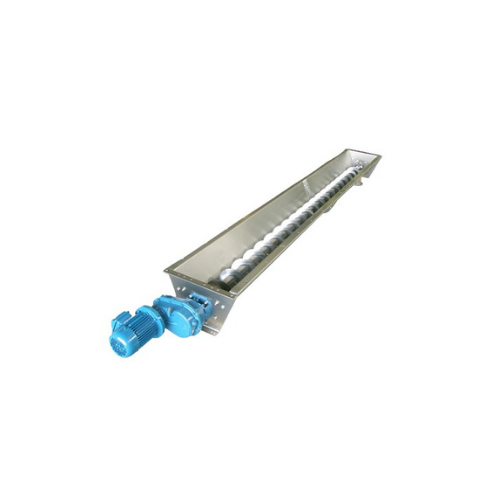
Stainless steel trough screw conveyor
Ideal for precise handling of powdery and granular materials, this solution ensures m...
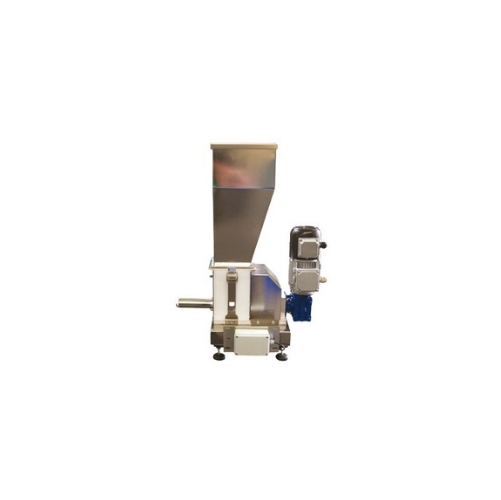
Loss-in-weight screw feeder for precise powder dosing
Achieve high precision in continuous dosing with this advanced scre...

High capacity vertical conveying for grains and cereals
Ensure efficient vertical transport of bulk materials like cereal...
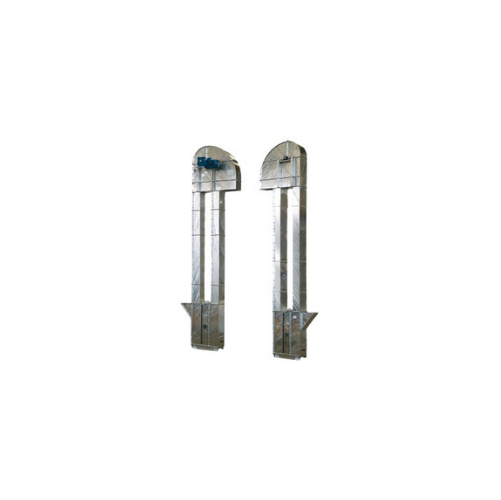
High capacity vertical conveying for flour
For consistent, high-speed handling of delicate and powdery materials, this eng...
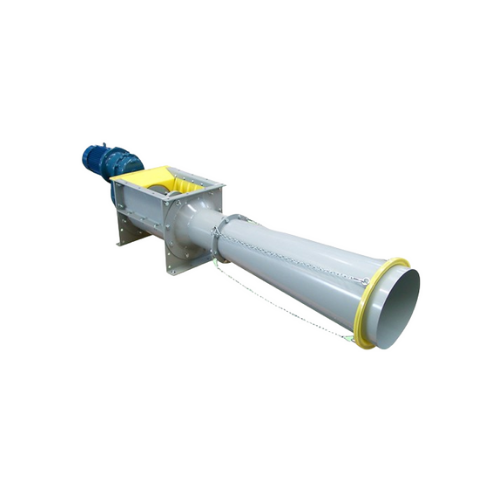
Waste bag compactor for bulk solids
Efficiently compact waste bags to a fraction of their volume, streamlining disposal whi...
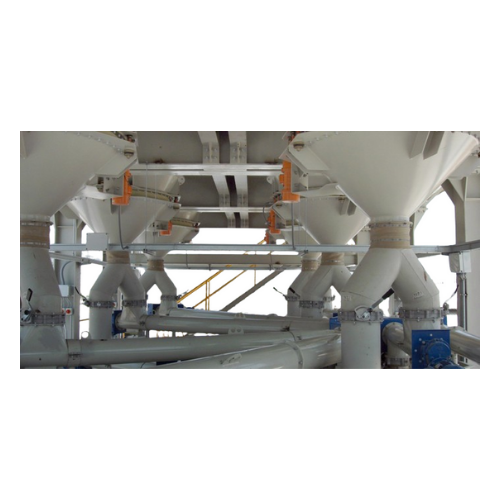
Vibratory outlet hopper for bulk material discharge
Struggling with material bridging and inconsistent discharge? Enhance...
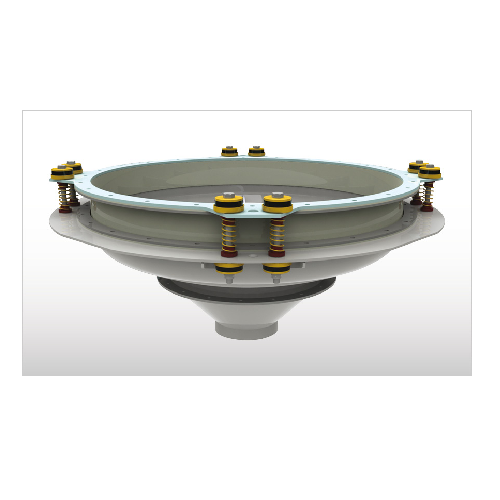
Industrial bin activator for smooth material flow
Enhance your material handling process with a solution that ensures con...
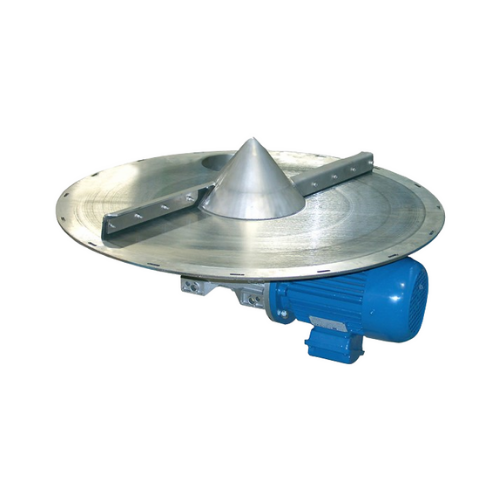
Rotary bin discharger for bulk solids
Efficiently manage bulk solids with a rotary bin discharger that minimizes residue an...
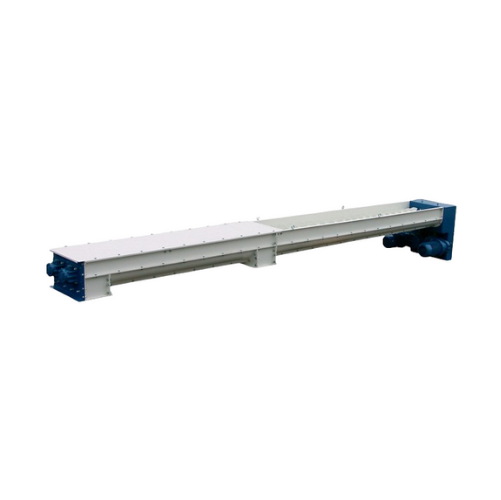
Tapered twin shaft screw feeders for bulk solids
Ensure consistent flow and avoid material bridging challenges with a solu...
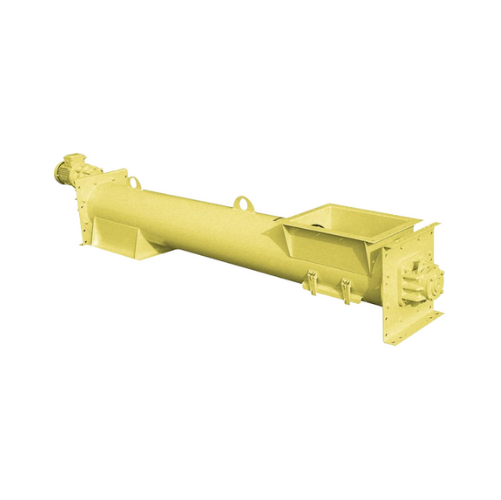
Tubular trough screw conveyors for gentle powder and granular material handling
Achieve precise powder and granular ma...
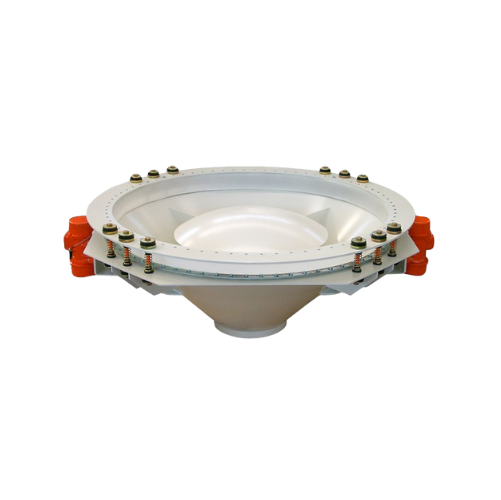
Vibratory hopper for bulk solids discharge
Ensure consistent material flow and prevent bridging in storage silos with this...
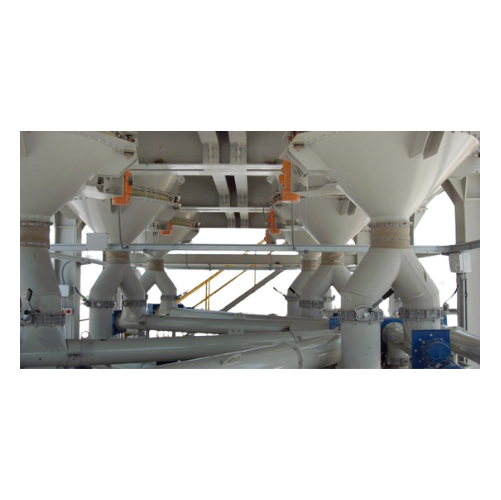
Bin activator for silo and hopper discharge
Ensure optimal material flow and prevent blockages in your storage systems wit...
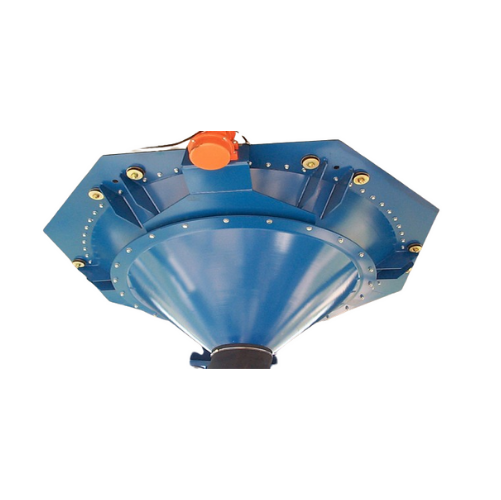
Vibratory outlet hopper for bulk solids discharge
Reduce material handling challenges with highly efficient vibration tec...
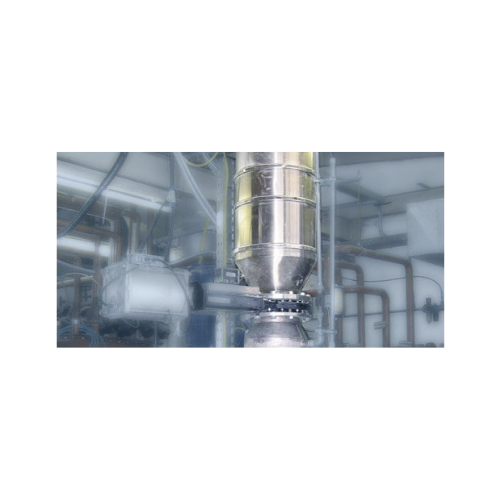
Powder locks for safe bulk material handling
Ensure containment and prevent contamination while processing sensitive bulk ...
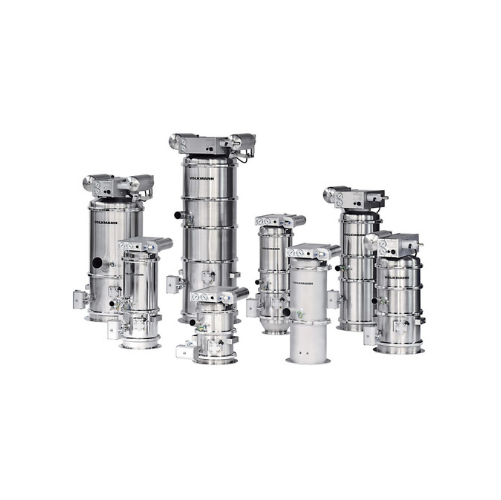
Powder handling vacuum conveyor system
Streamline your material transfer with a versatile vacuum conveyor system that ensur...
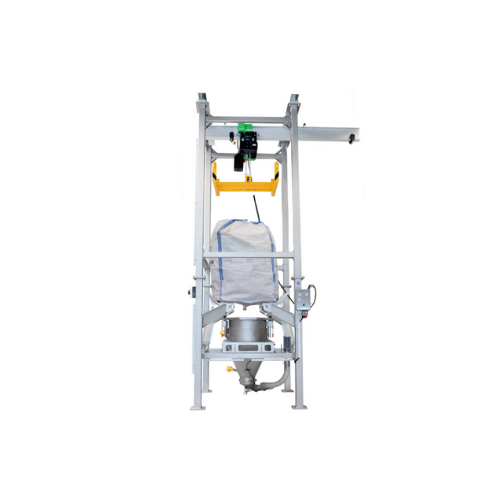
Big-bag unloading station for bulk materials
Facilitate seamless integration into your production line with efficient bulk...
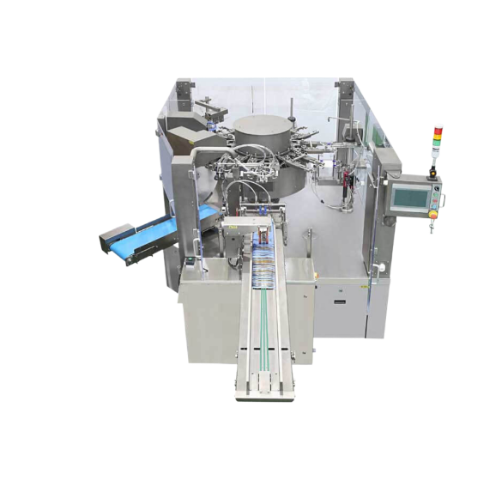
Rotary pouch packaging system for food and powder products
Streamline your packaging process with a rotary system that e...
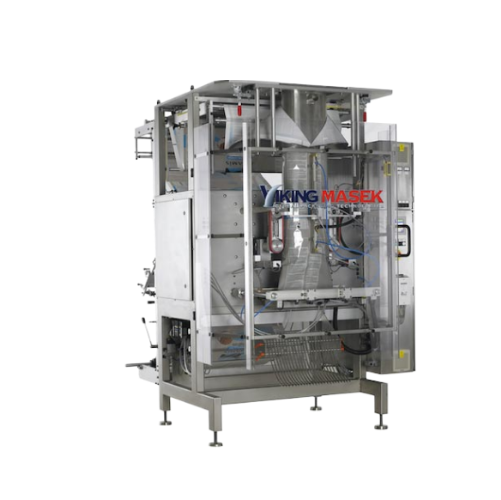
Vertical form fill seal for large bag packaging
For operations requiring precise, large bag packaging, this equipment ensu...
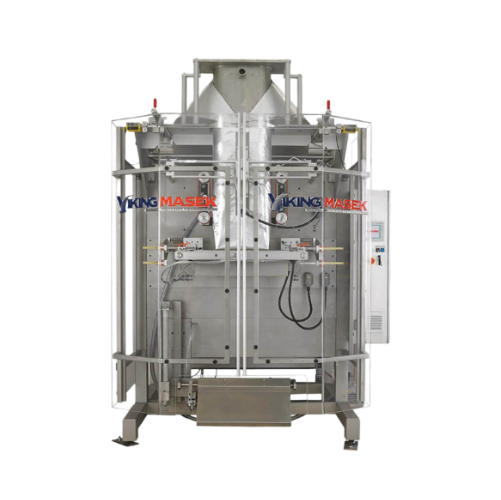
Vertical form fill seal for bulk bag packaging
Streamline your bulk bag packaging with efficiency and precision, ideal for...
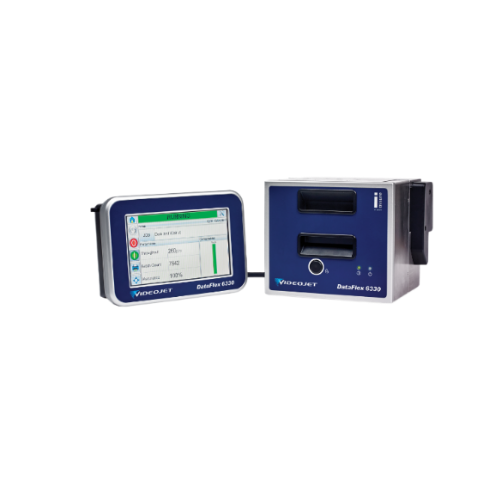
Industrial printers and labelers for packaging
Ensure precise package identification and traceability with robust printing...
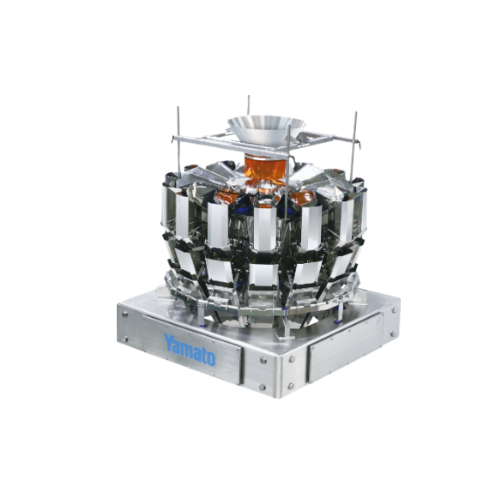
Industrial product fillers for precise packaging
Achieve consistent package weights and volumes with precision filling sol...
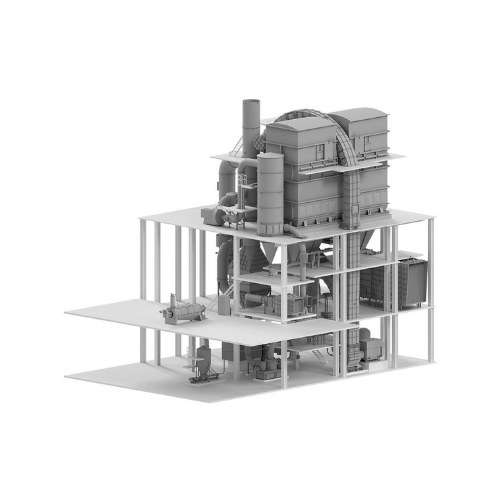
Flash dryer for corn starch
Reduce energy consumption and maintain product quality with efficient drying solutions designed ...
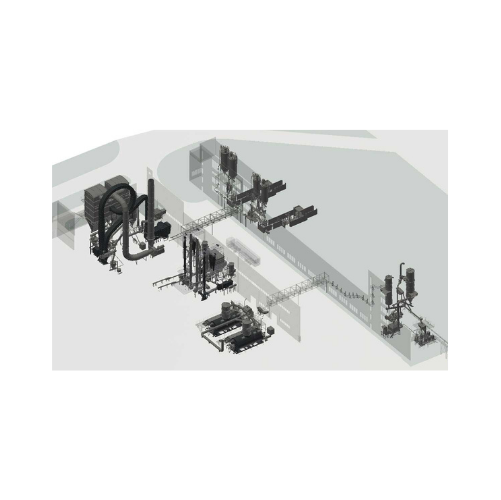
Wheat processing systems for industrial applications
Maximize efficiency in wheat processing with a system designed for p...
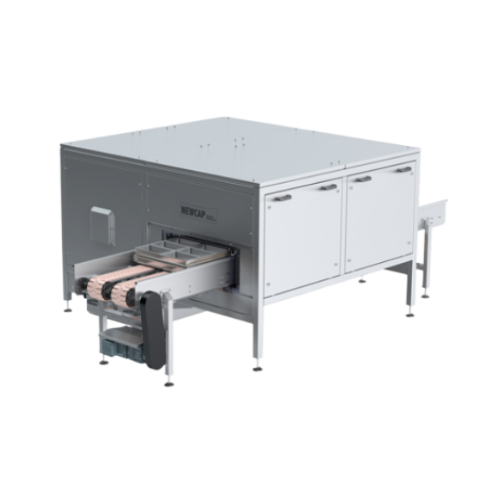
Baking form storage system
Optimize your production line with efficient and flexible baking form storage and buffering, ensu...
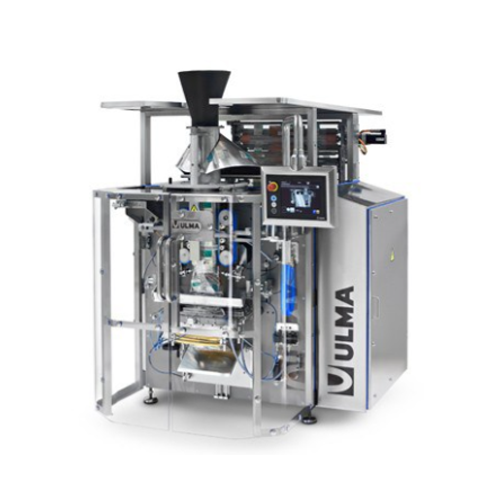
Vertical packaging system for medium-high speed applications
Optimize your packaging line with a system that delivers pr...
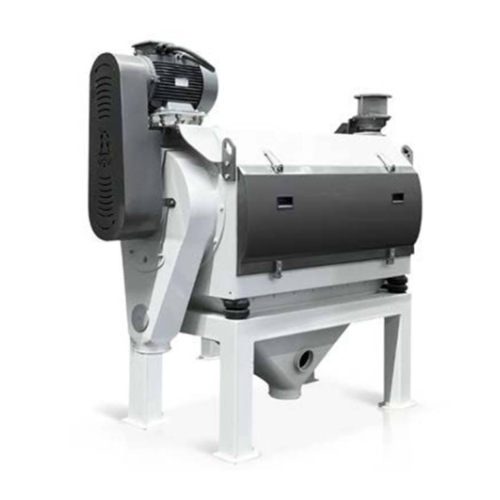
Vibro bran finisher for milling operations
Optimize your grain processing with an advanced vibratory system designed to en...
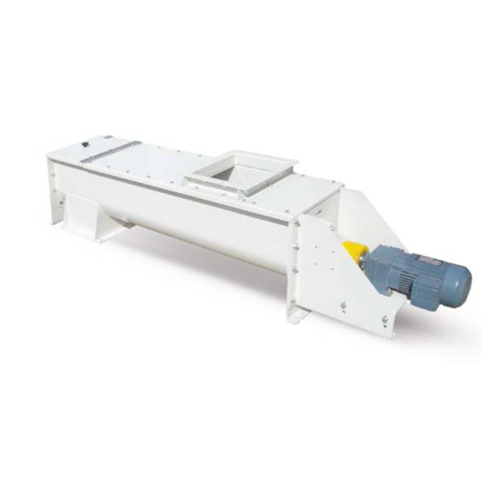
Screw conveyor for grain or finished products
Optimize your production line with a space-efficient screw conveyor designed...
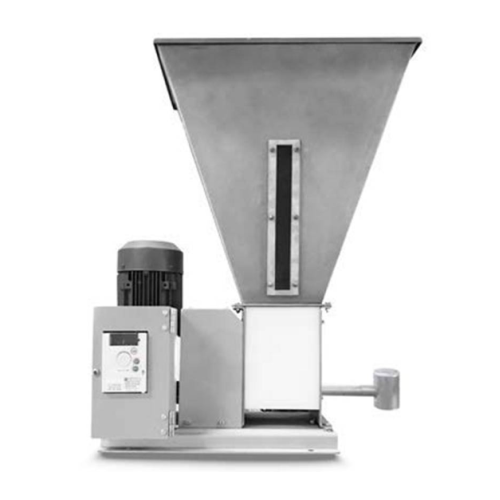
Vitamin adding system for ground products
Ensure precise vitamin dosing in continuous production lines, enhancing nutritio...
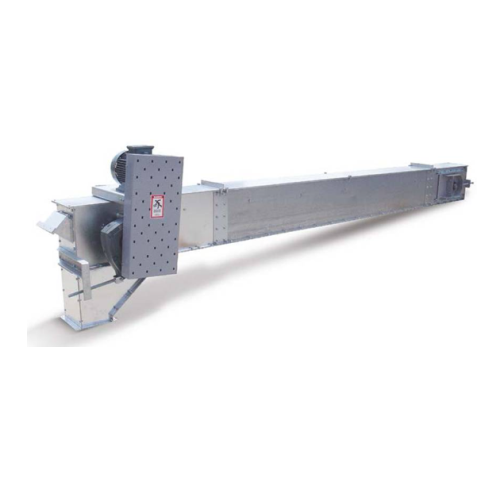
Chain conveyor for horizontal transportation
Efficiently handle diverse materials with a reliable chain conveyor, designed...
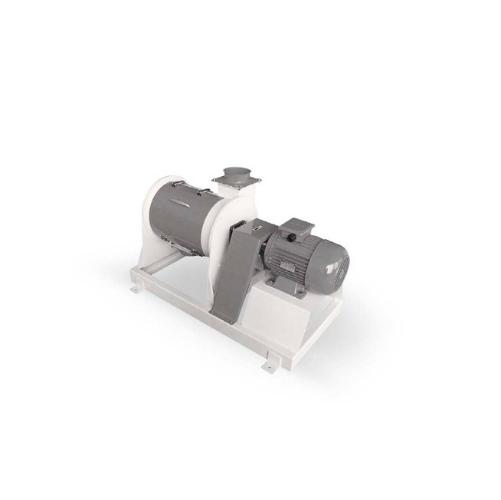
Industrial drum detacher for semolina and bran separation
Achieve precise separation of semolina and bran with minimal e...
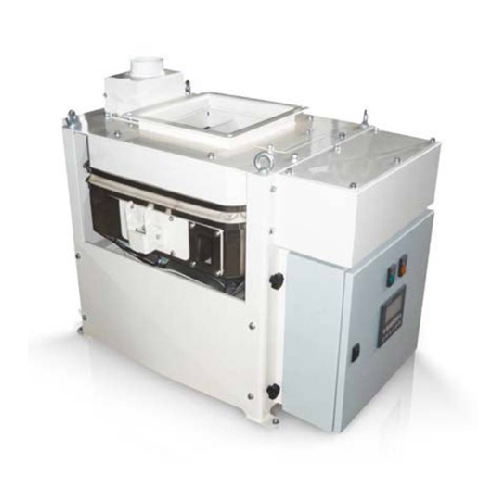
Flowmeter for precise wheat measurement
Ensure consistent product quality and optimize flow control with precise measuremen...
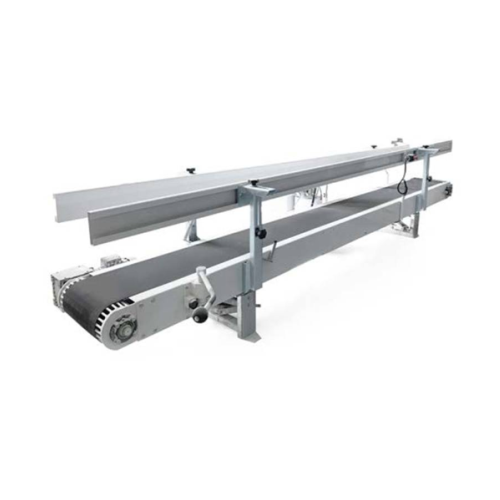
Conveyor system for packaged product transportation
Efficiently streamline the movement of your packaged goods with a rob...
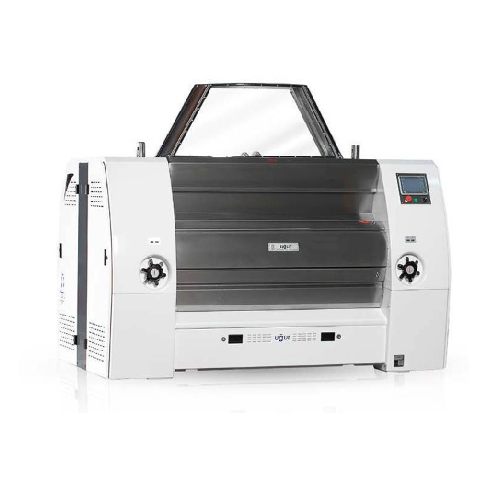
Industrial roller mill for high-stability milling
Optimize your milling process with a high-speed roller system designed ...

Double deck roller mill for grain milling
Achieve superior milling results with increased efficiency and hygiene in proces...
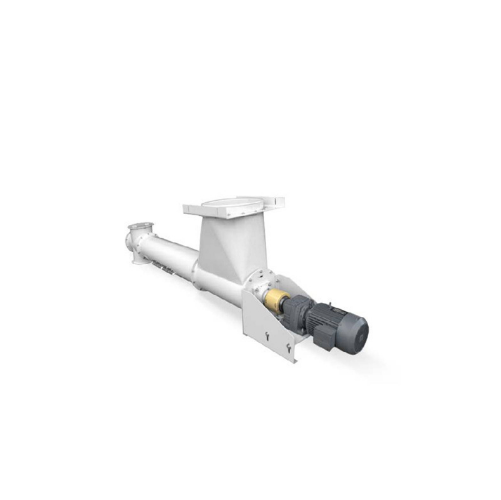
Tube screw conveyor for flour and fine-milled materials
Optimize your production line by efficiently transporting flour a...
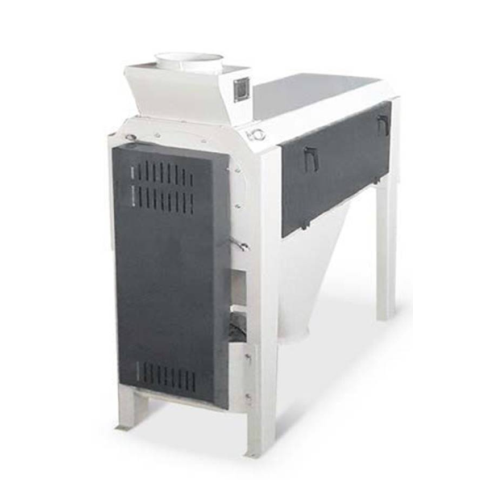
Turbo sifter for milling processes
Optimize your milling efficiency with a high-speed turbo sifter designed to precisely se...
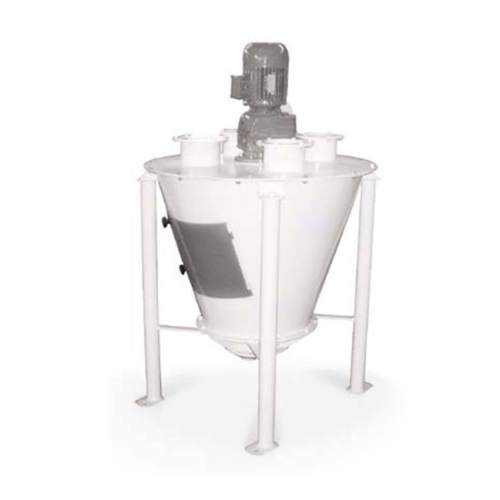
Flour distribution system
Efficiently streamline the regulation and distribution of flours within your production line, ensu...
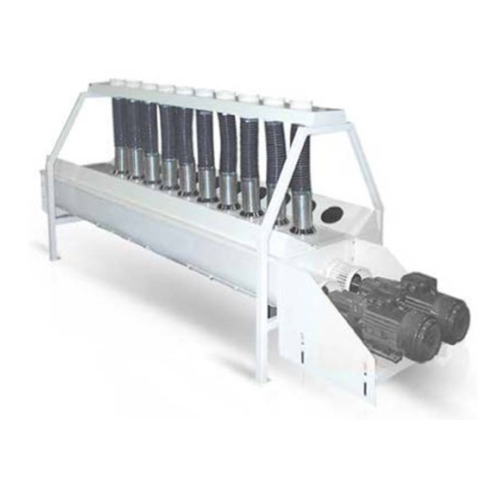
Flour screw conveyor for horizontal transport
Efficiently transport milled products horizontally with our innovative screw...
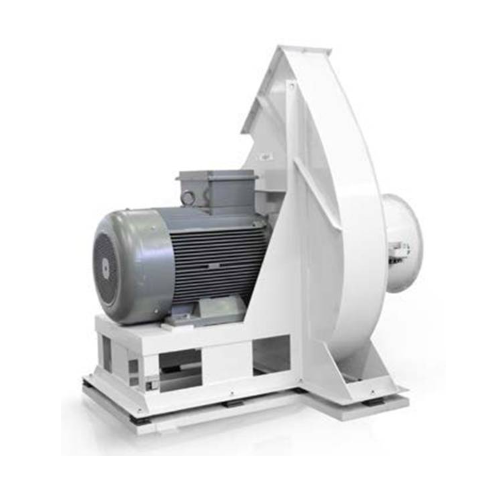
Pneumatic fan for milling industry applications
Effortlessly reduce noise and vibration while optimizing energy use in gra...
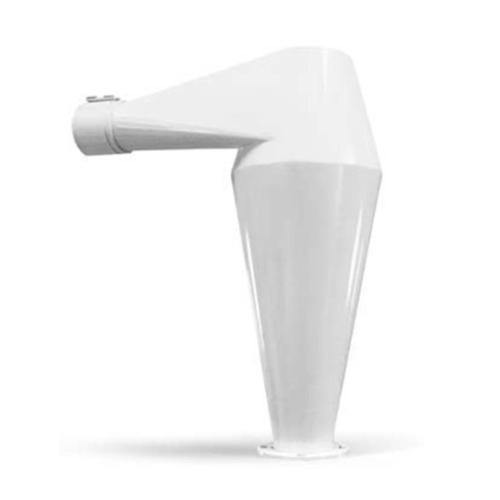
Pneumatic cyclone for effective product-air separation
Optimize particle separation with high-speed pneumatic cyclones, e...
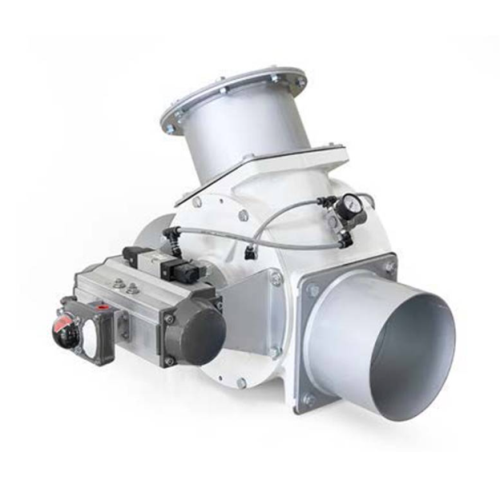
Pneumatic diverting valve for powder and granule transfer
Efficiently redirect bulk materials from one point to another ...
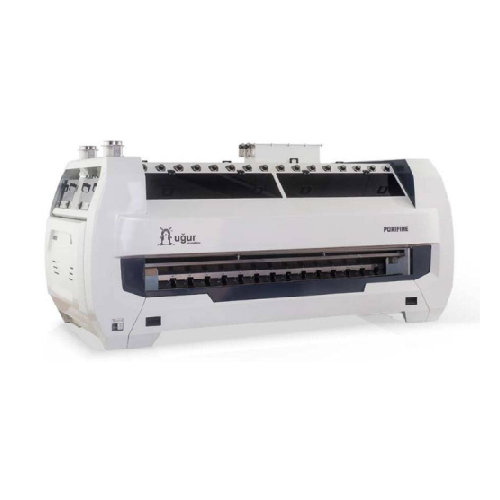
Industrial semolina purifier
Enhance your grain processing with high-capacity semolina purification, ensuring efficient clea...
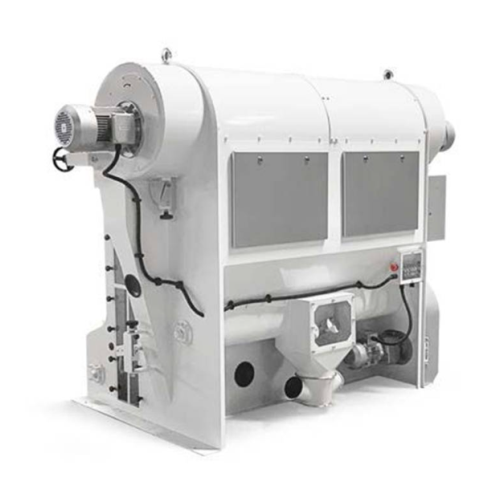
Separation system for low-density materials from grains
Efficiently separate lightweight impurities from dense grains to ...

Industrial extraction scale for accurate material weighing
Ensure precise ingredient proportions in your milling operati...
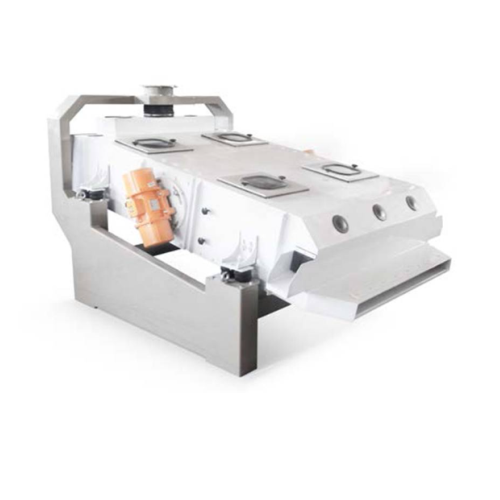
Grain separator for removing foreign materials
Ensure high-quality grain processing by efficiently removing foreign materi...
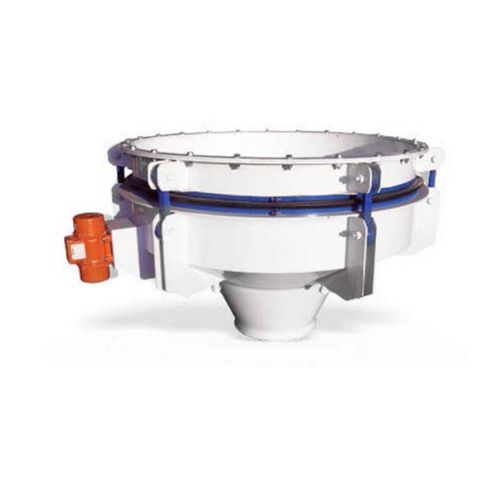
Silo discharger for freely flowing materials
Optimize your material flow and prevent bottlenecks with a highly efficient s...
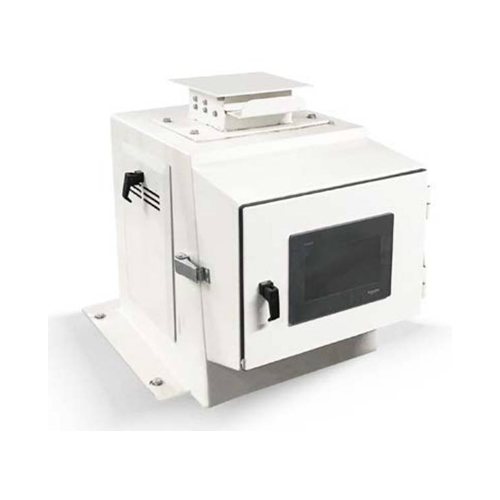
Automated grain blending system
Achieve precise blending ratios for grains and seeds, streamlining your production line by a...
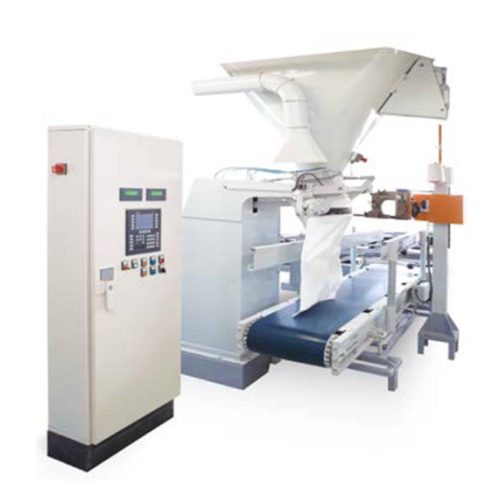
Automatic packaging machine for open-mouth bags
Optimize your packaging line with precision weighing and high-speed baggin...
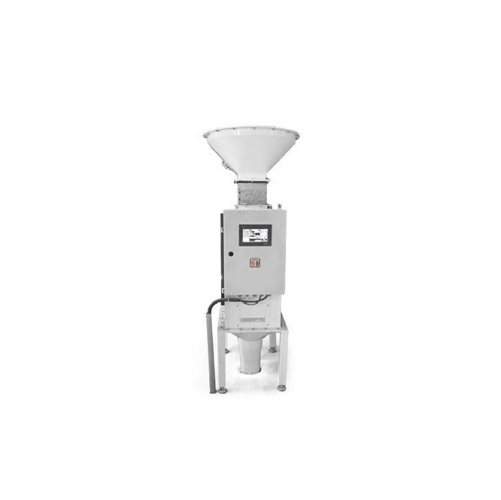
Automatic dampening system for wheat moisture regulation
Enhance your milling efficiency by precisely controlling wheat m...
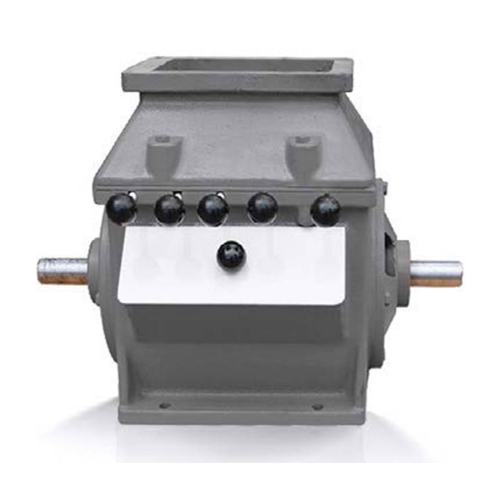
Blending machine for pre-grinding or tempering processes
Optimize your grain processing with precise blending and mixing ...
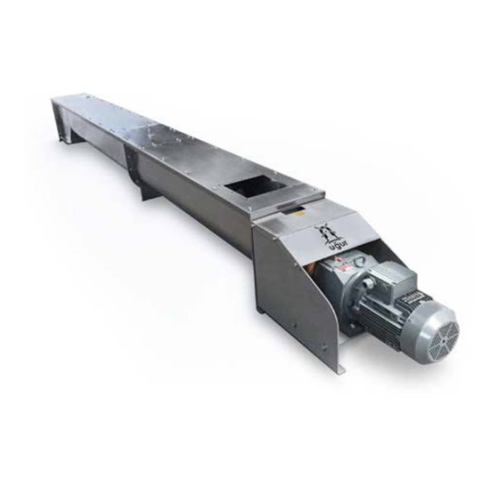
Horizontal wheat transport conveyor
Efficiently transport grains horizontally without breakage while maintaining product in...
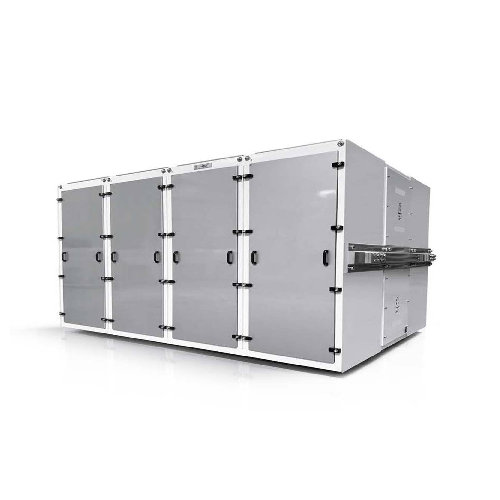
Square plansifter for grain milling
Achieve precise grain separation and enhanced purity levels with this high-performance ...
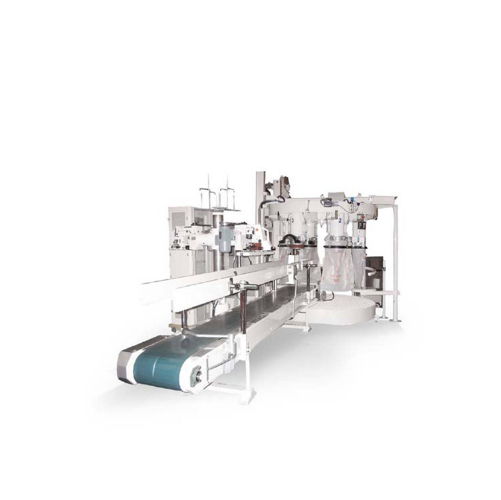
High capacity carousel packaging solution
For high-capacity milling operations, this packaging solution minimizes labor an...
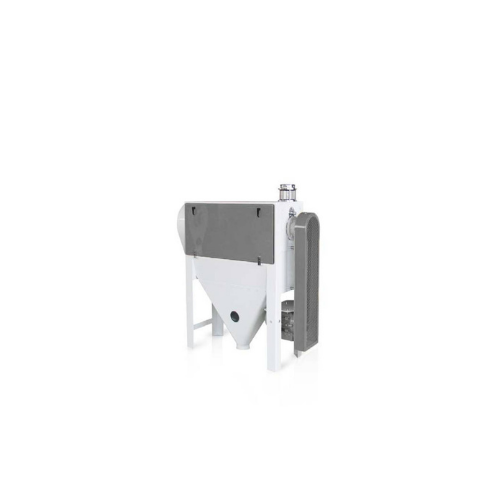
Bran finisher for flour mills
Enhance your milling efficiency by effectively separating flour particles from bran, ensuring ...
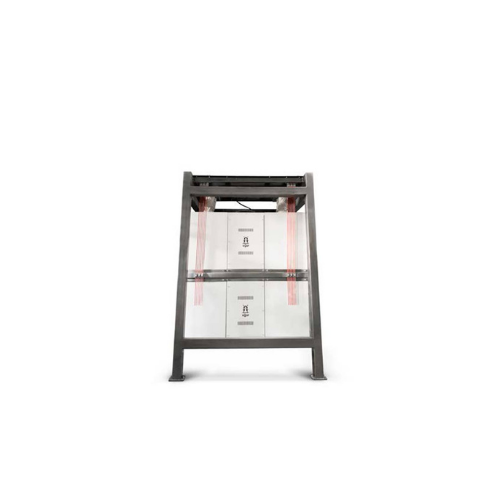
Industrial grain control plansifter
Ensure precise grain quality control with an advanced plansifter, essential for guarant...
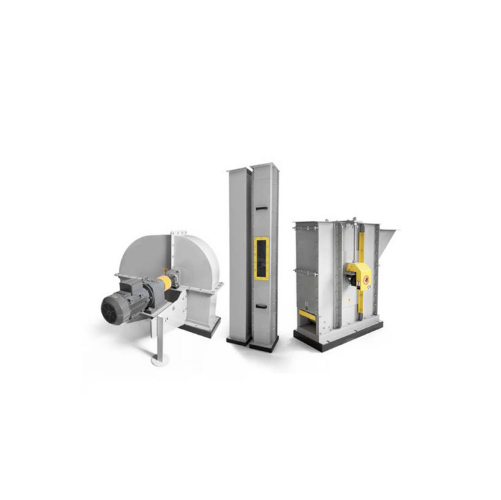
Bucket elevator for grain and powder products
Efficiently transport bulk materials like grain and powder vertically with p...

Industrial heavy particle separator for wheat cleaning
Optimize the performance of your filtration systems by interceptin...
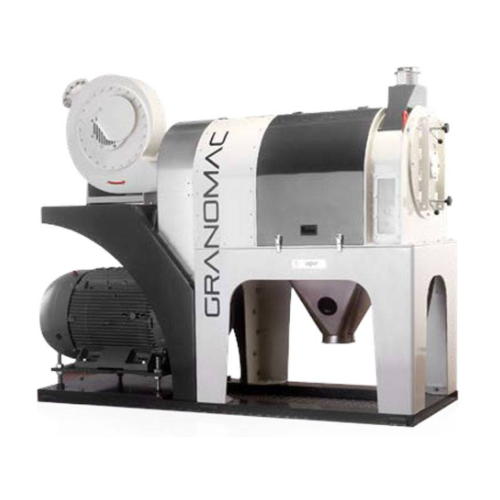
Maize flour and semolina milling solution
Efficiently transform corn into diverse food products by combining precision cle...
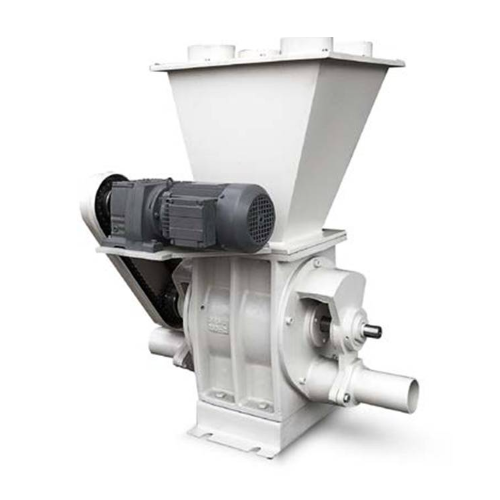
Ecluse for pneumatic conveying systems
Ensure seamless and leak-free material flow in continuous and high-speed operations ...
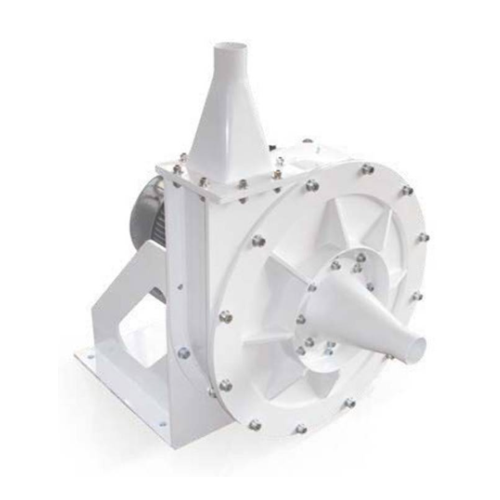
Flour insect control system
Eliminate pest contamination and preserve flour quality with high-speed larva destruction, ensur...

Square plansifter for flour production
Optimize your flour milling process with enhanced sifting and classification, ensuri...
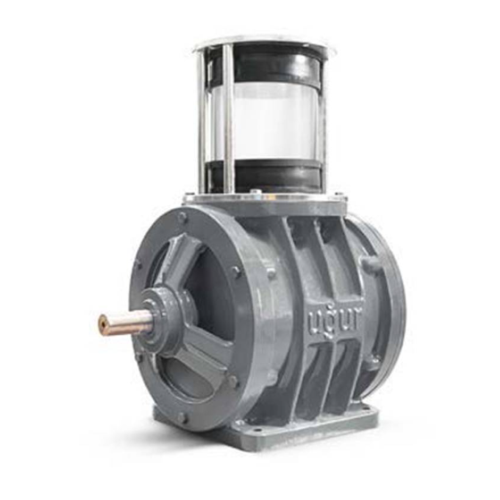
Industrial airlock for pneumatic systems
Ensure precise air and product separation in your pneumatic systems, maintaining m...
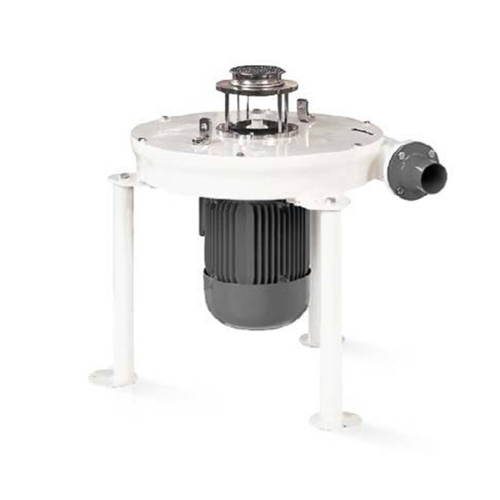
Industrial impact detacher for semolina processing
Optimize your grain processing line with a solution designed to enhanc...
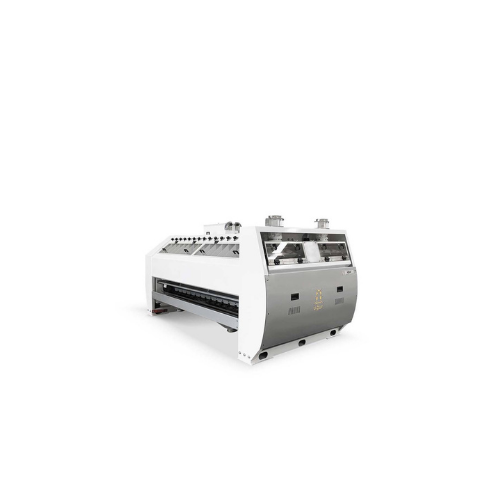
Semolina purifier for milling operations
Achieve precise separation and classification of semolina and bran with this purif...
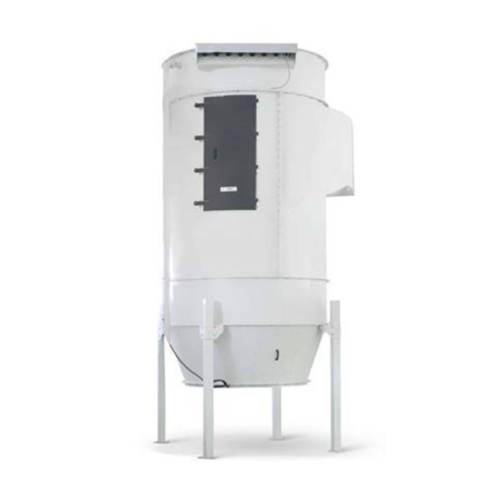
Jet filter for industrial air purification
For facilities grappling with dust and pollutant control, enhancing air quality...
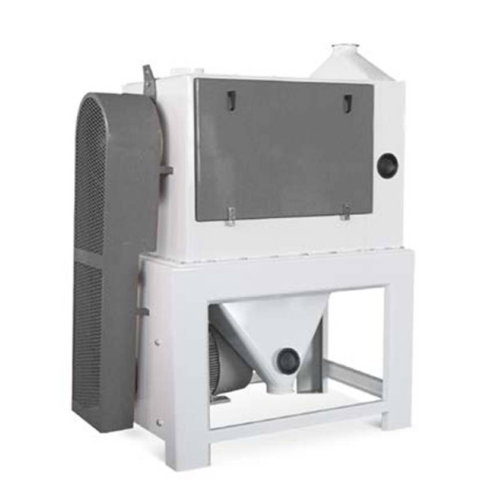
Horizontal scourer for flour and semolina mills
Achieve efficient grain cleaning by removing hulls and contaminants seamle...

Industrial hammer mill for food industry grinding
Efficiently reduce raw material size with high-speed precision grinding...
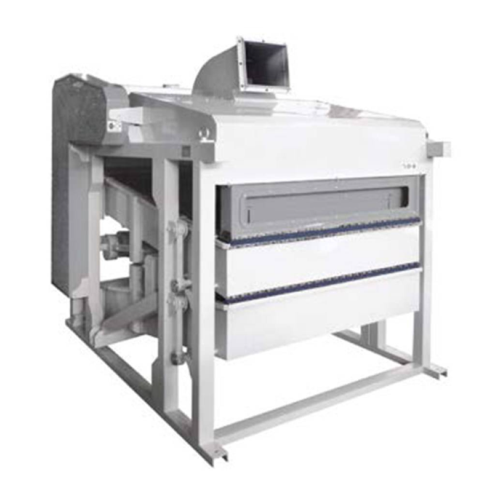
Double story paddy sieve for rice cleaning
Efficiently cleanse and separate impurities from rice, lentils, and grains, ens...
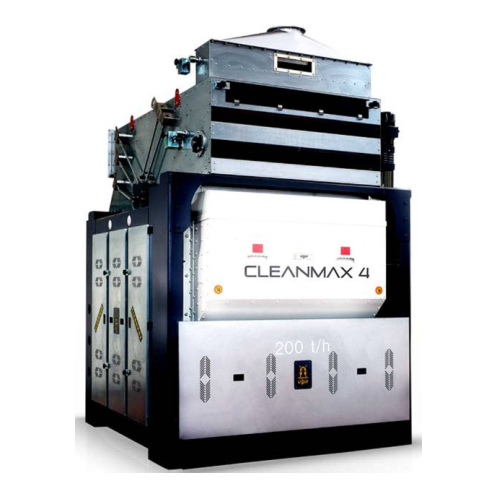
High capacity grain sifter
Efficiently separate and clean a variety of grain types with minimal space requirements, ensuring...
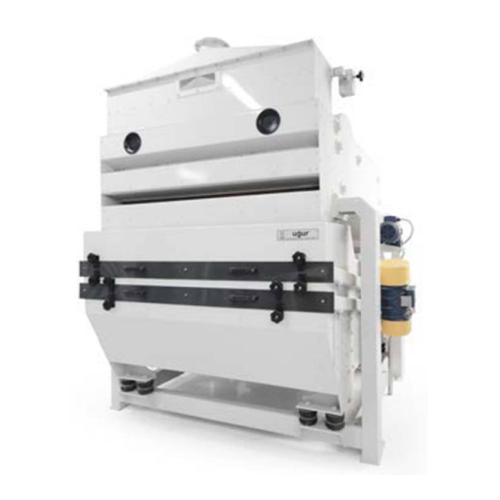
Classifier for flour, semolina, and pulse factories
Optimize grain processing with a high-capacity classification solutio...
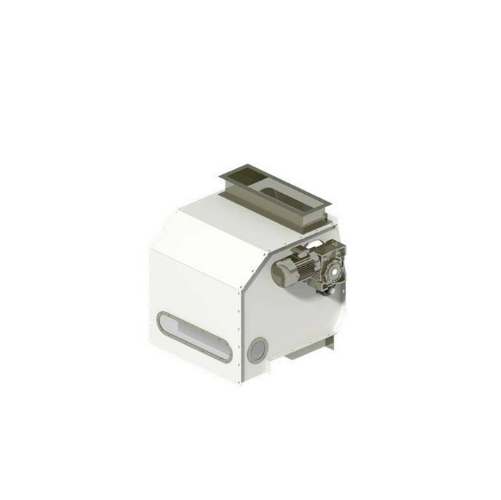
Hammer mill feeder for controlled grain processing
Optimize your feed production line with precise material control, redu...
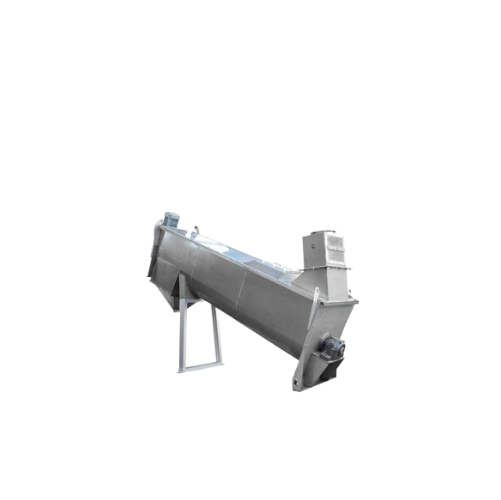
Inclined intensive dampener for grain processing
Ensure consistent moisture levels for optimal grain processing and enhanc...
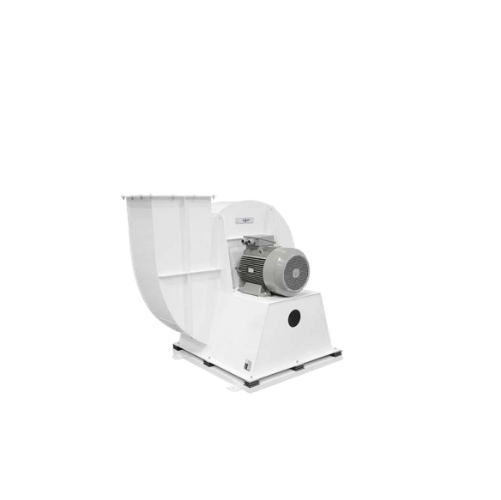
Low pressure fan for grain cleaning
Optimize your grain processing with our low pressure fan, effectively classifying and c...
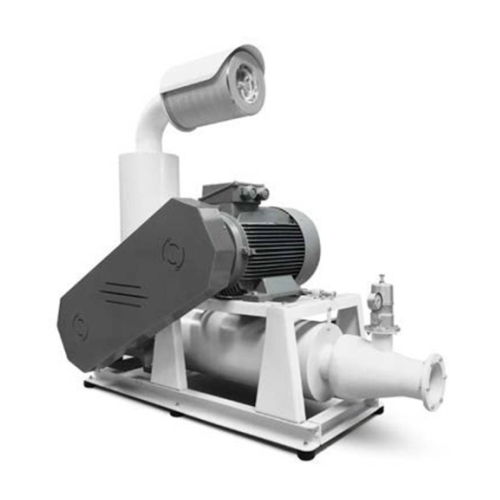
Blower for vertical and horizontal grain transport
Efficiently transport grains, legumes, and flour both vertically and h...

Intensive dampening system for flour mills
Enhance grain quality and moisture control with a high-speed solution that mini...
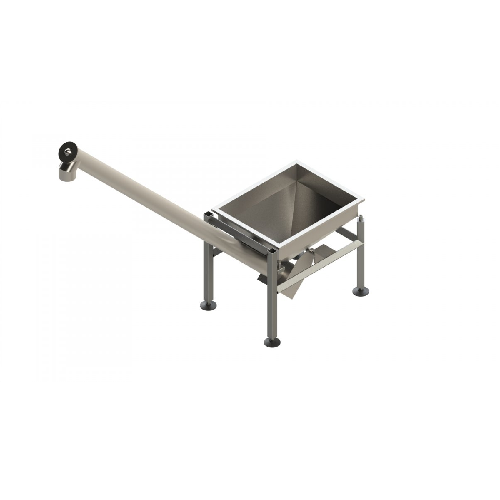
Vibratory storage hopper with inclined screw conveyor
Enhance your production line efficiency with a vibratory storage ho...
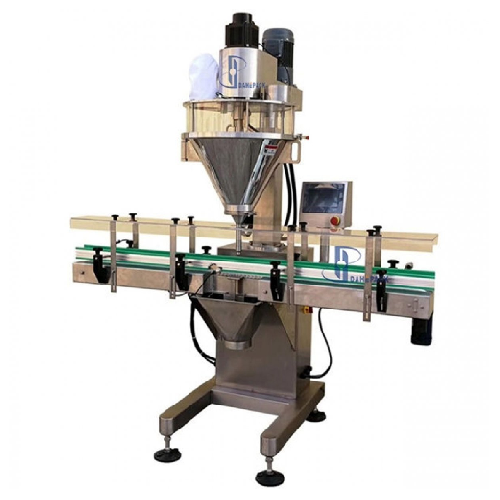
Volumetric auger filler for powder packaging
Streamline your powder packaging process with precise and efficient volumetri...
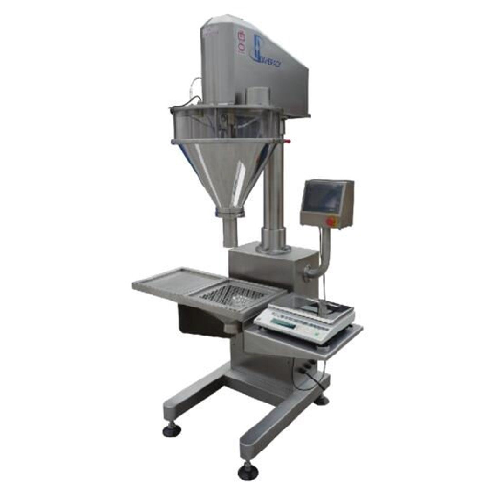
Volumetric auger filler for precise powder weighing
Optimize your production line with a high-speed volumetric auger fill...
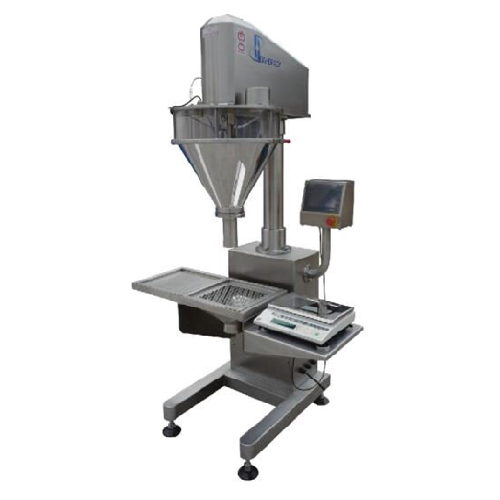
Volumetric auger for powder weighing and depositing
Ensure precise powder weighing and depositing for consistent product ...
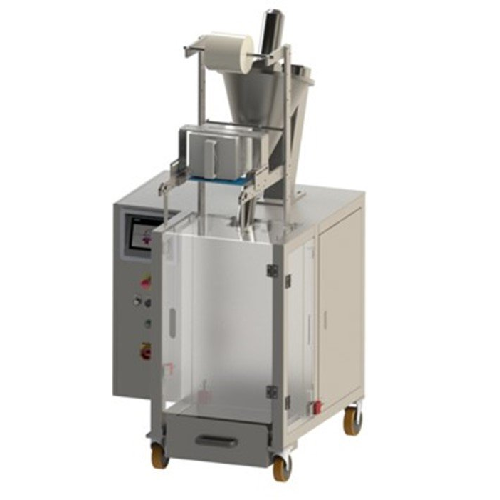
Sachet powder filling machine
Optimize your packaging line with this efficient solution for precise powder filling, ensuring...
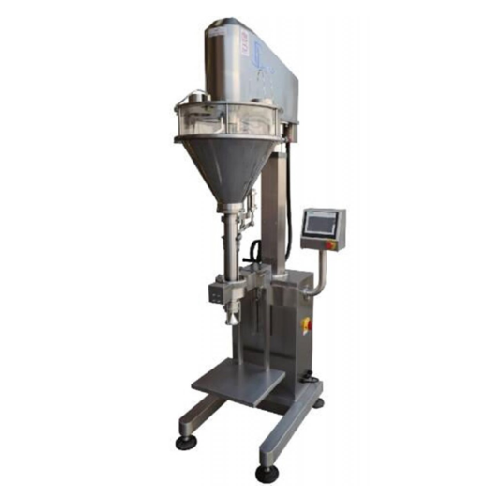
Gravimetric auger filler for powder weighing
Achieve precise powder filling with this gravimetric auger solution, ensuring...
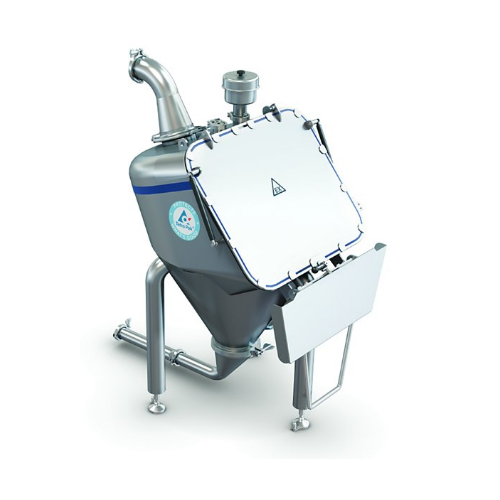
Bag tipping unit for Cip processes in powder handling
Ensure seamless powder handling and high hygiene standards in your ...
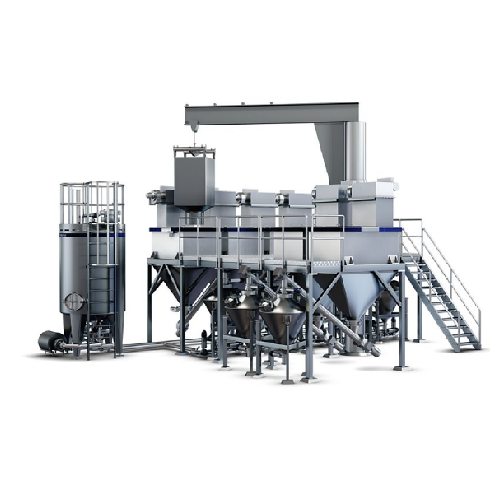
Autonomous ingredient dissolver for high-volume dry ingredient mixing
Efficiently mix multiple high volumes of dry ingr...
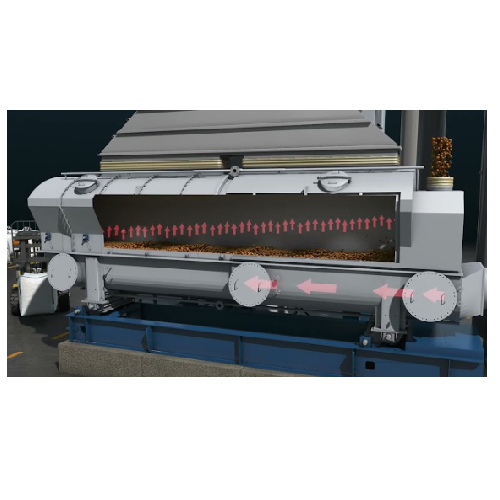
Continuous fluid bed dryers for various industrial applications
Achieve precise moisture control with fluid bed dryers, ...
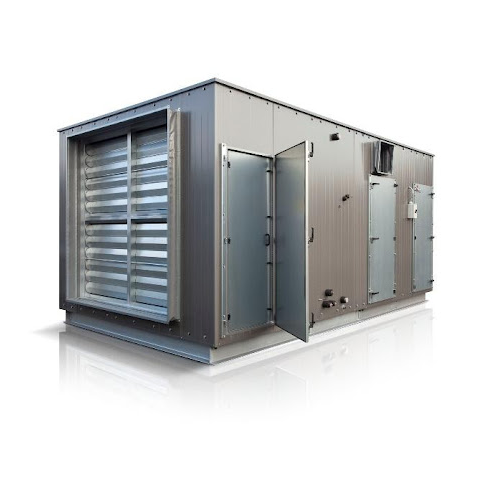
Ventilation and dehumidification for meat processing plants
Achieve precise humidity and condensation control in meat pr...

Dry ingredient blending solution for confectionery and bakery products
Achieve seamless integration of dry inclusions i...
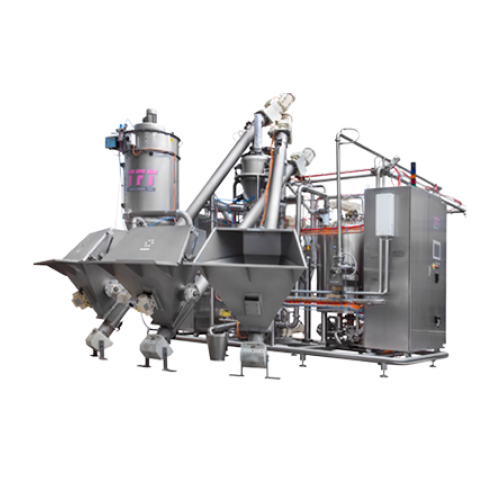
Automated ingredient weighing and dosing system
Streamline your production process with precise and consistent ingredient ...
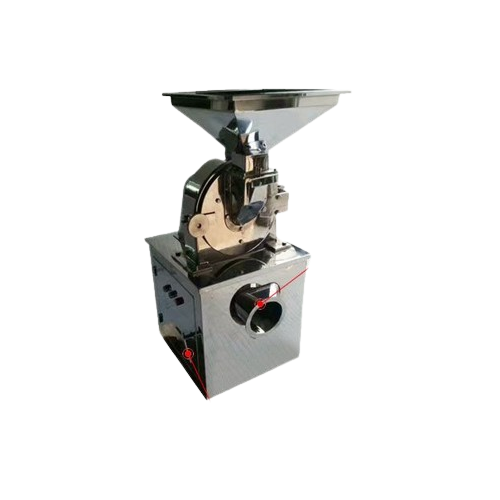
Chili powder milling machine
Transform raw spices into finely milled powders effortlessly with this high-speed grinding solu...
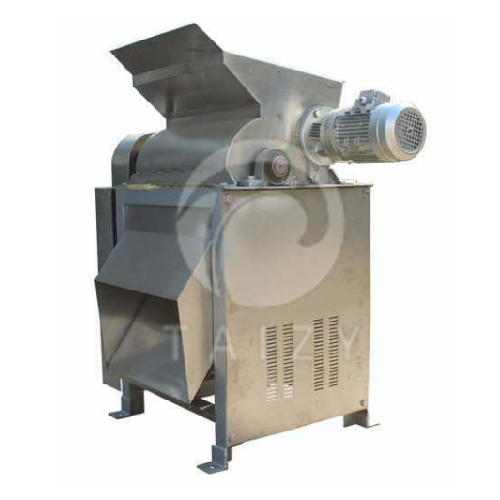
Cassava crusher for efficient starch processing
Optimize your cassava and grain processing with this robust crusher, desig...
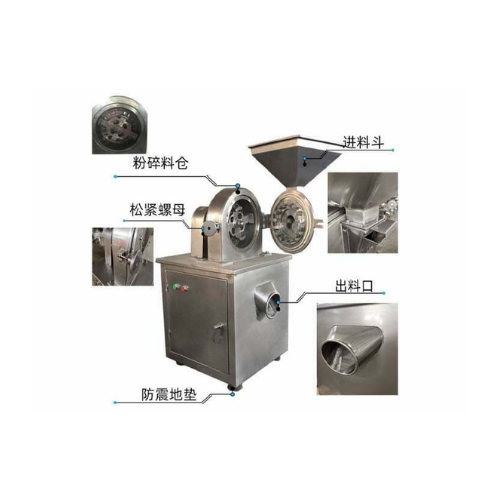
Spice and pharmaceutical powder grinder
Efficiently transform raw materials into fine powders, ensuring optimal consistency...
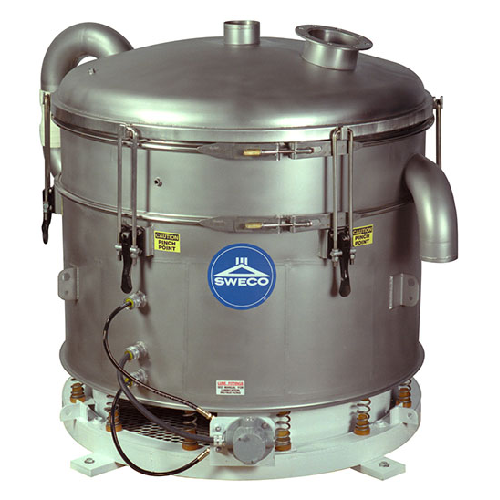
Pneumatic inline sifter for dry flowing material
Ensure precise particle segregation and foreign matter removal with this ...
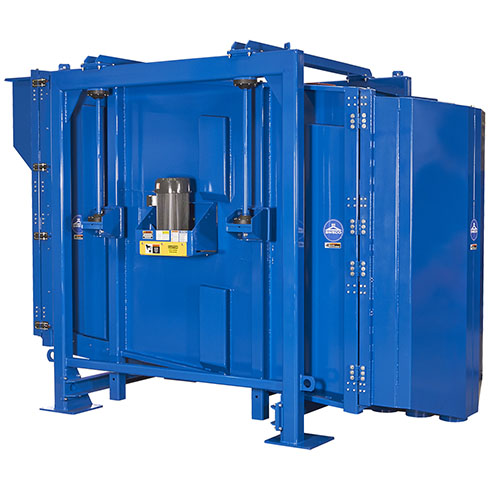
High-capacity industrial sifter for chemical and food processing
Achieve unparalleled screening precision and efficiency...
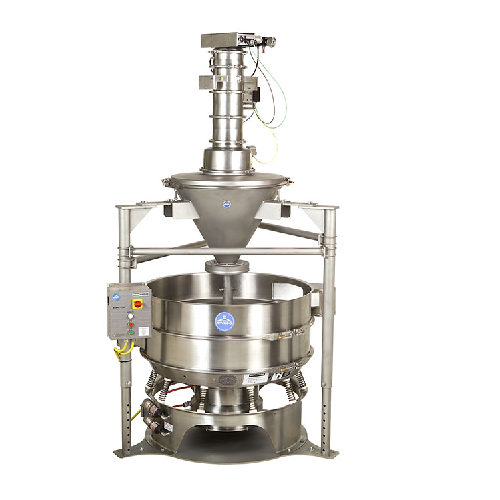
Accu-feed system for dry material separation
Boost efficiency by combining storage, feeding, and screening into one space-...
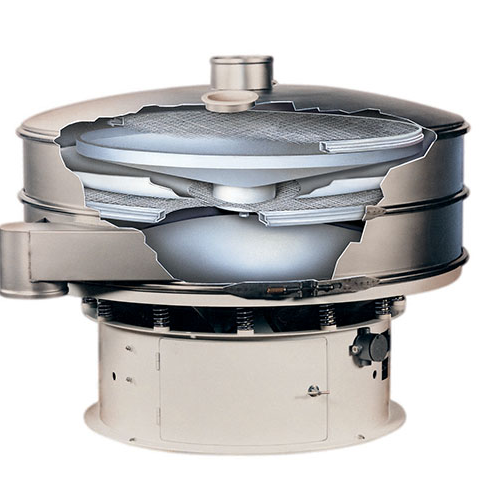
Round vibratory separation for high capacity screening
Maximize screening efficiency with dual screen vibratory technolog...
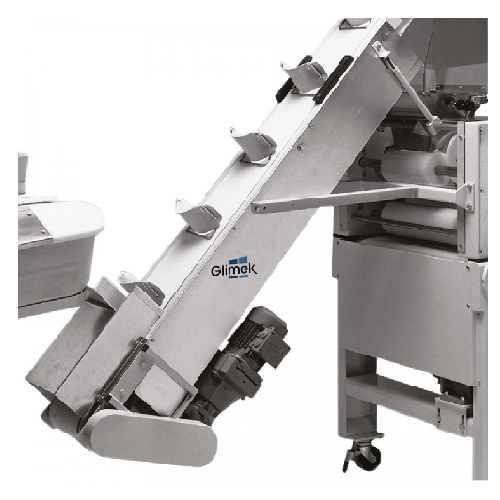
Dough cup elevator for bakeries
Effortlessly transport and elevate dough pieces with precision to optimize your bread produc...
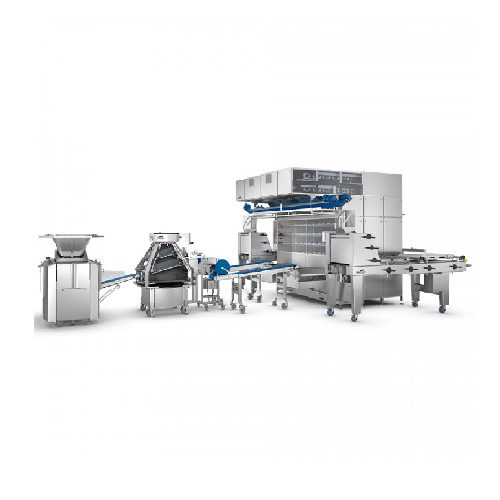
Industrial bread production line
Optimize your dough processing workflow with this robust system designed to streamline high...
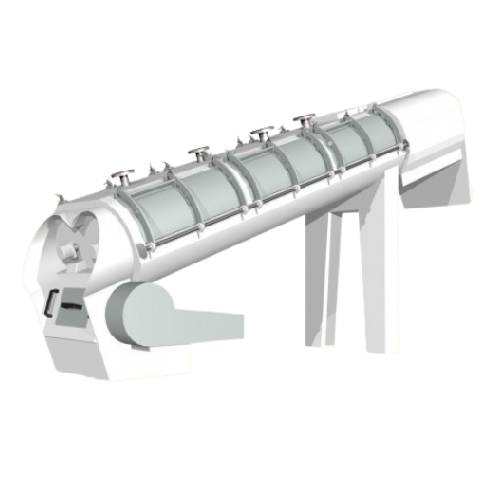
Thermal conditioning for improved meal flow and starch digestibility
Ensure optimal meal flow and starch digestibility ...
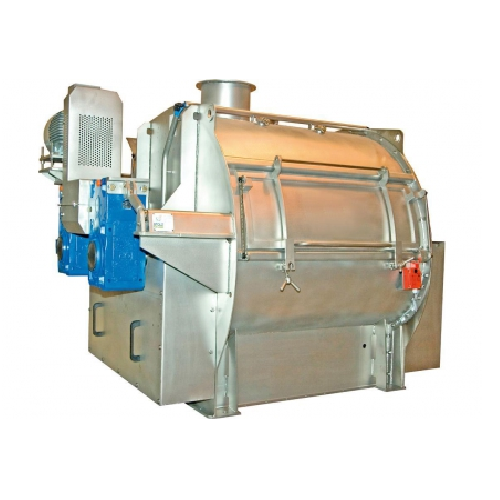
Twin shaft paddle mixer for bulk materials
Achieve precise blend consistency with a twin shaft paddle mixer designed to ha...
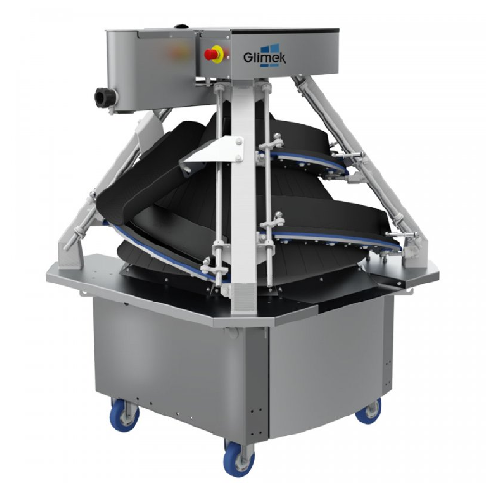
Conical dough rounder for perfectly round dough balls
Achieve impeccable dough rounding with precision-engineered technol...
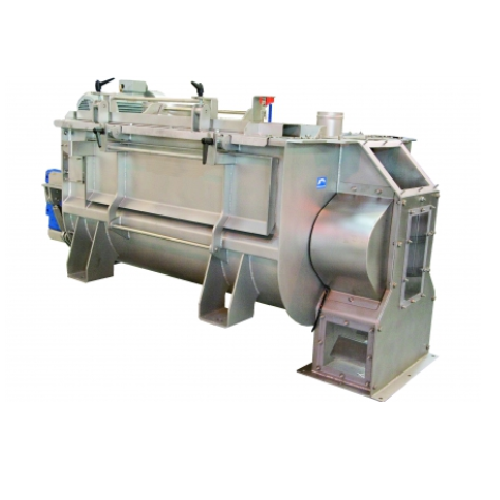
Continuous mixer for accurate ingredient blending
Achieve precise mixing in continuous production with optimal control ov...
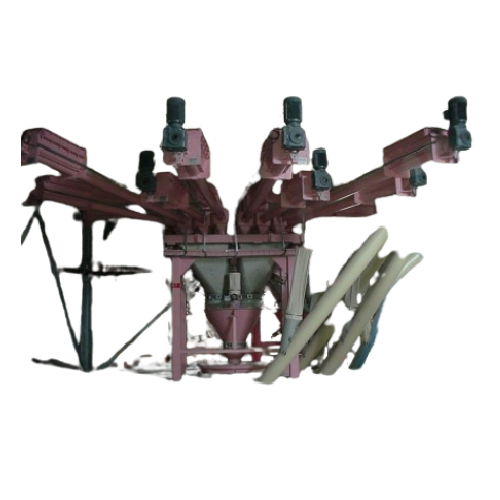
Dosing screw system for precise ingredient management
Achieve unparalleled precision in formulating mixtures with our dos...
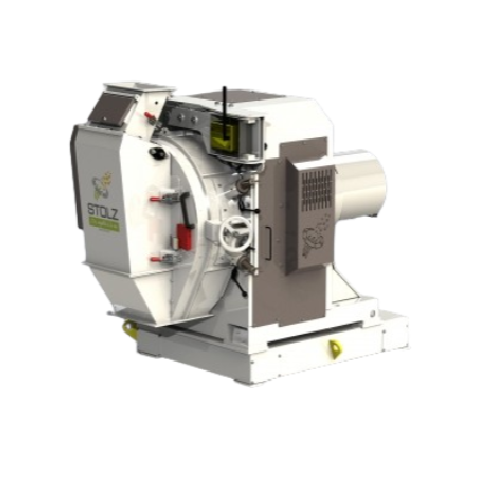
Pellet mill for powdery product processing
Transform powdery materials into durable pellets with precision and efficiency,...
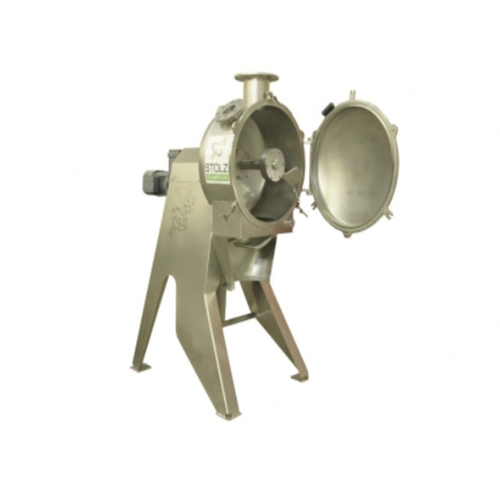
Small batch mixing rotosphere blender for food industry
Achieve precise mixing of small batch powders and granules with a...
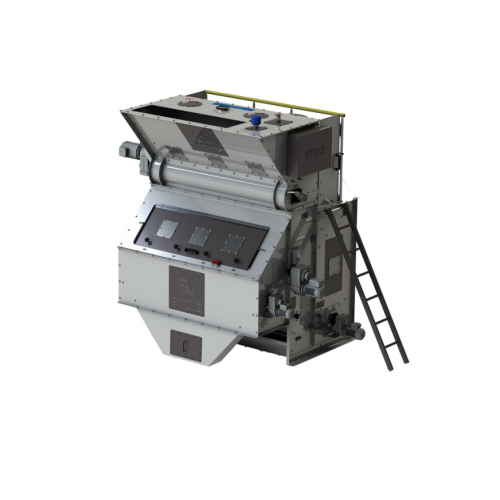
High-capacity pre-cleaner drum for grain silo storage
Optimize your pre-cleaning process with a high-capacity drum that e...
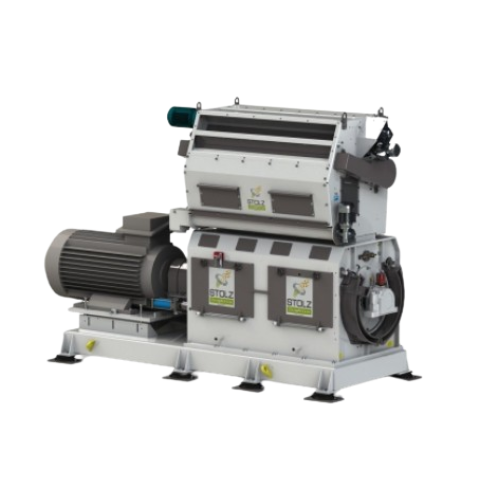
Industrial hammermill for fine grinding applications
Elevate your milling efficiency with hammermills designed for precis...
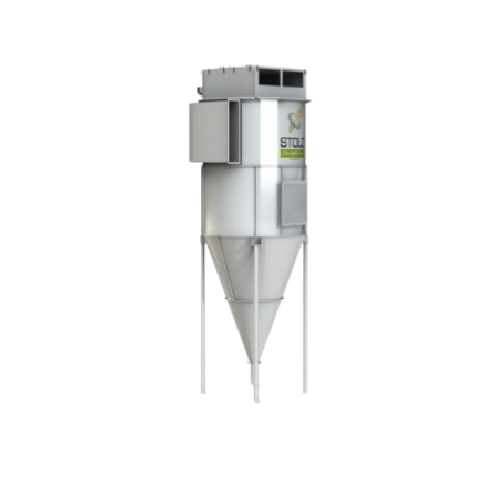
High-capacity sleeve filters for silo dedusting
Optimize your production with filtration systems that ensure efficient dus...
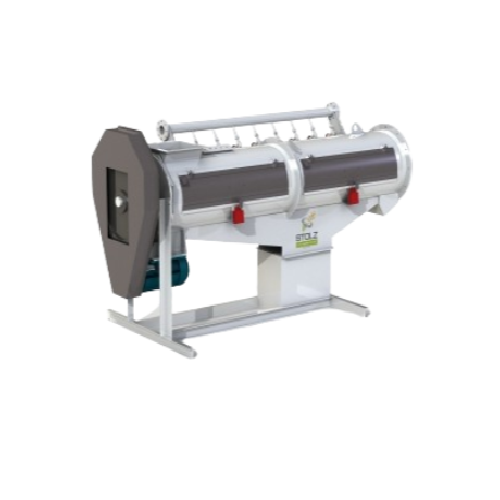
Pellet mill conditioner for optimal granulation
Enhance pellet quality and efficiency by seamlessly integrating steam mixi...
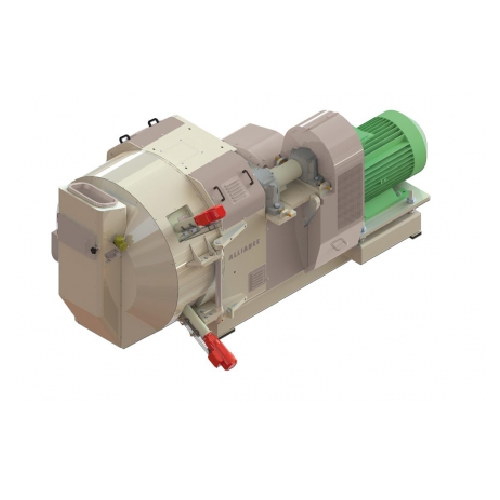
Pellet mill for powdery animal feed products
Maximize plant efficiency and product quality with a versatile pelleting solu...
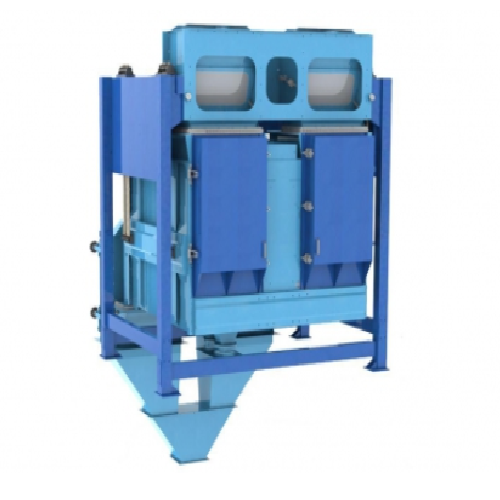
Agricultural cleaner-separator for grain processing
Optimize your grain processing with a versatile cleaner-separator eng...
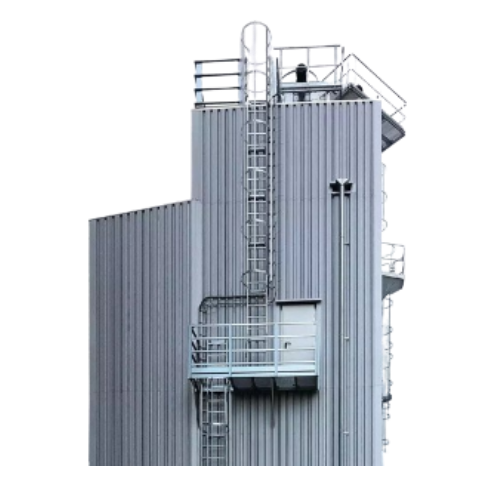
Stationary drying system for agricultural products
Optimize moisture control and energy efficiency in your drying process...
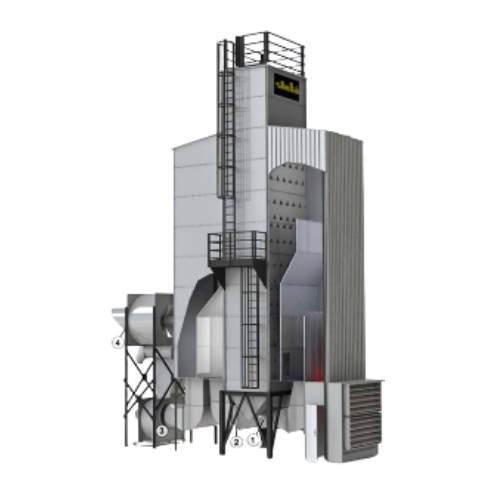
Stationary grain dryer with exhaust air system
Optimize your drying process with a system designed to handle diverse mater...
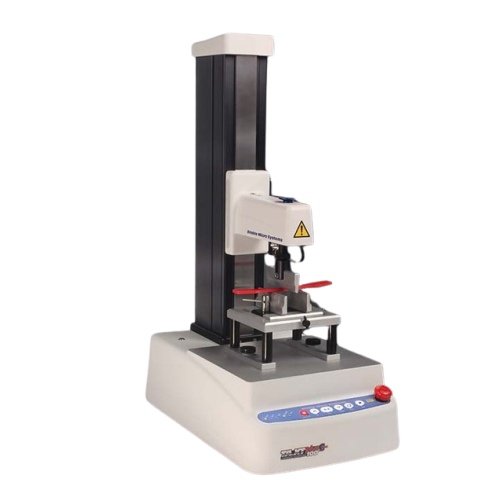
High-force texture analyser for precise measurement
Achieve unparalleled precision in texture analysis for high-force app...
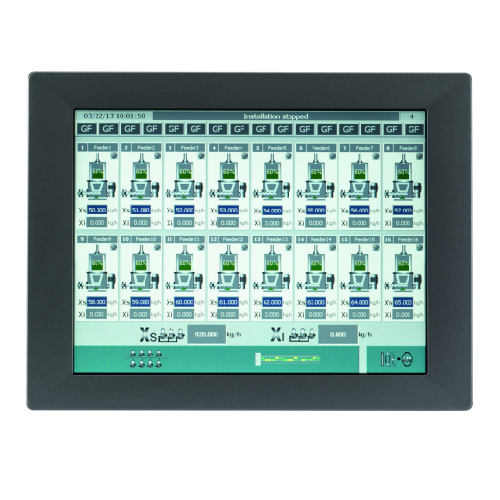
Gravimetric feeder operator interface
Efficiently manage up to 16 gravimetric feeders with a user-friendly interface, enabl...
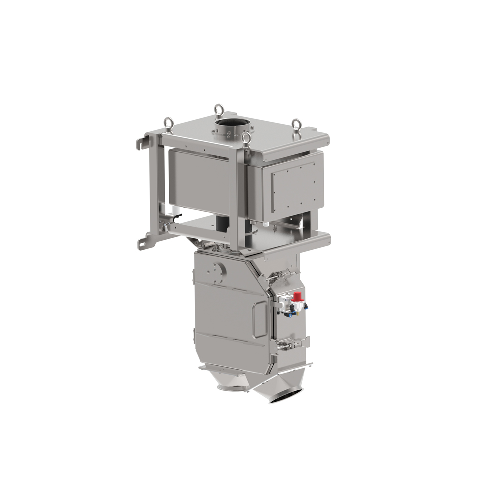
Metal detection system for powders & granules
Ensure product integrity and protect your machinery from metallic contaminan...
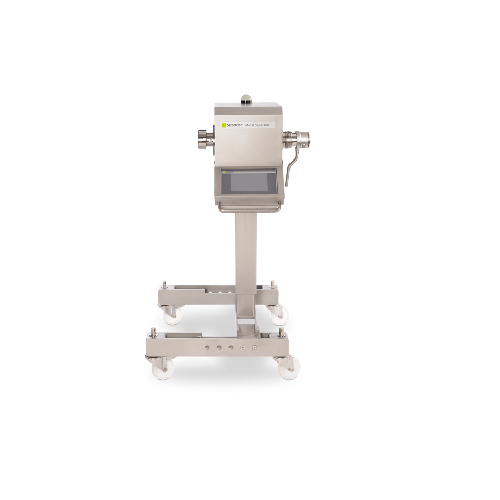
In-line metal detector for liquids & pastes
Ensure product safety by seamlessly integrating a metal detection system into ...
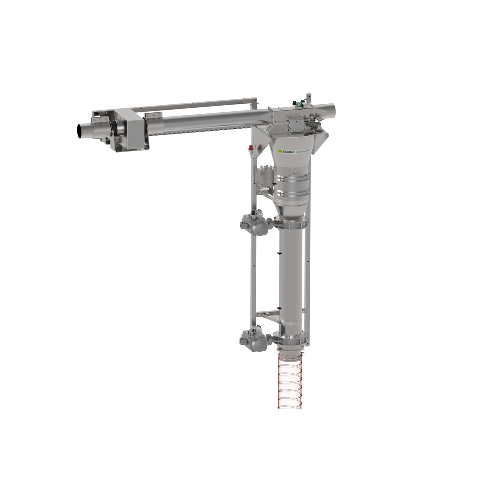
In-line metal detector for pneumatic systems
Ensure product purity and operational efficiency with a solution that effecti...
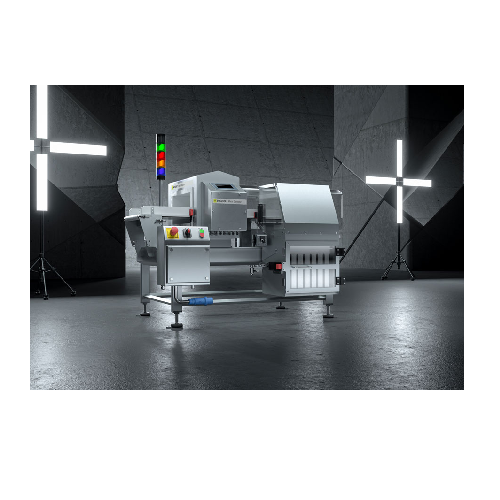
Conveyor belt metal detection system
Ensure seamless product safety with a system that detects and separates metallic conta...
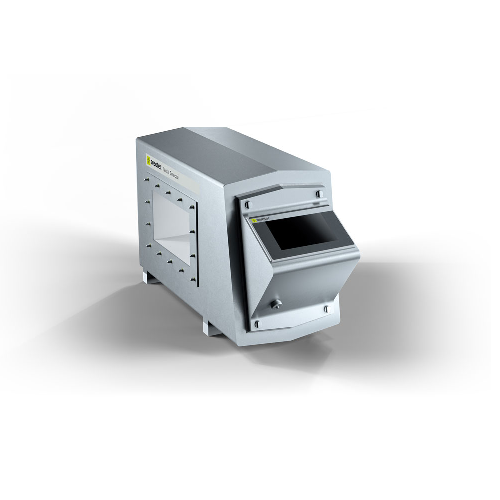
Metal detector systems for conveyor belts and chutes
Ensure the integrity of your production line by efficiently detectin...

Sanitary modular bulk silos for efficient storage
Maximize your storage capacity and streamline assembly with a modular s...
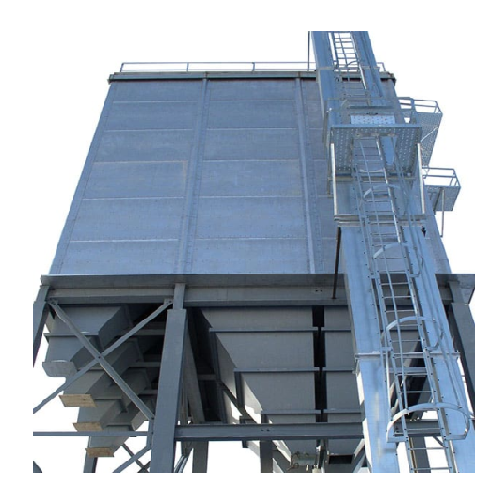
Modular bulk storage bins for efficient material handling
Maximize your storage efficiency with bolt-together solutions ...
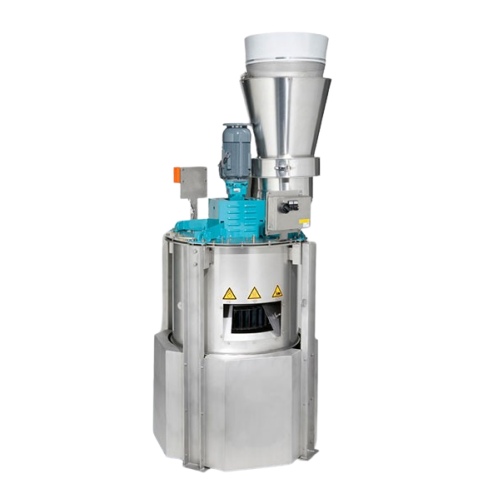
Mass flow rate feeder for bulk powders
Achieve precise control and consistent material flow in high-speed manufacturing env...
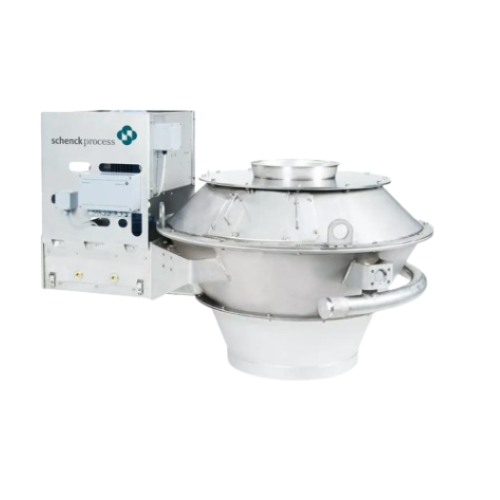
Coriolis mass flow meter for powdered materials
Achieve precise continuous feeding and control of bulk solids like cement ...
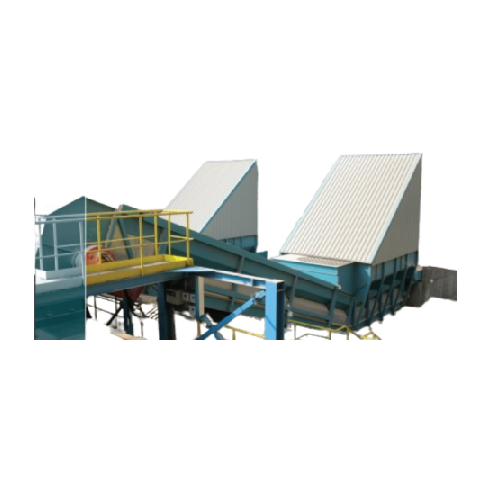
Bulk reception solution for industrial material handling
Optimize your operations with an above-ground bulk reception sys...
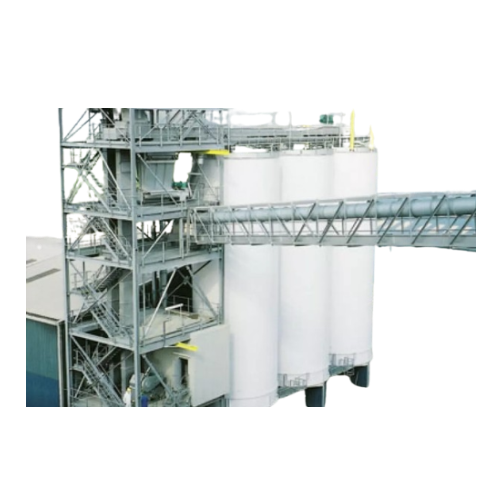
Industrial belt and bucket elevators
Optimize your material handling with elevators designed for high-speed conveying and e...
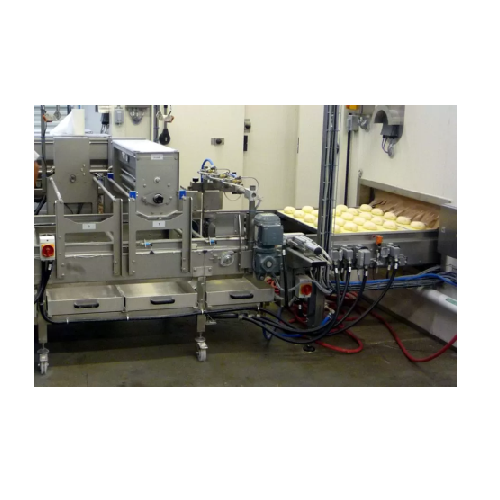
Bread topping system for consistent seed and flour application
Achieve precise topping consistency with our system, desi...
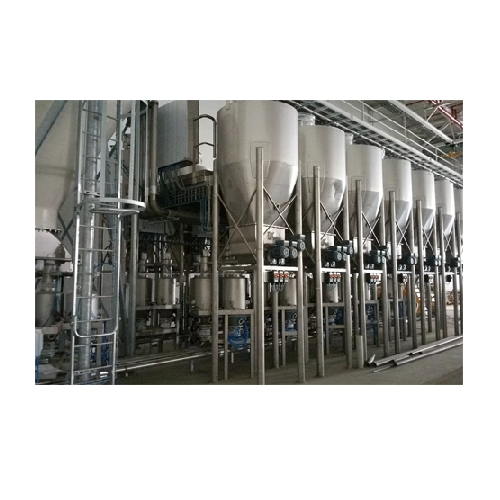
Industrial storage silos for food ingredients
Optimize your food processing operation with robust storage solutions that s...

Horizontal cartoner for food products
Depending on the primary product packages, food products like confectionery (biscuits...
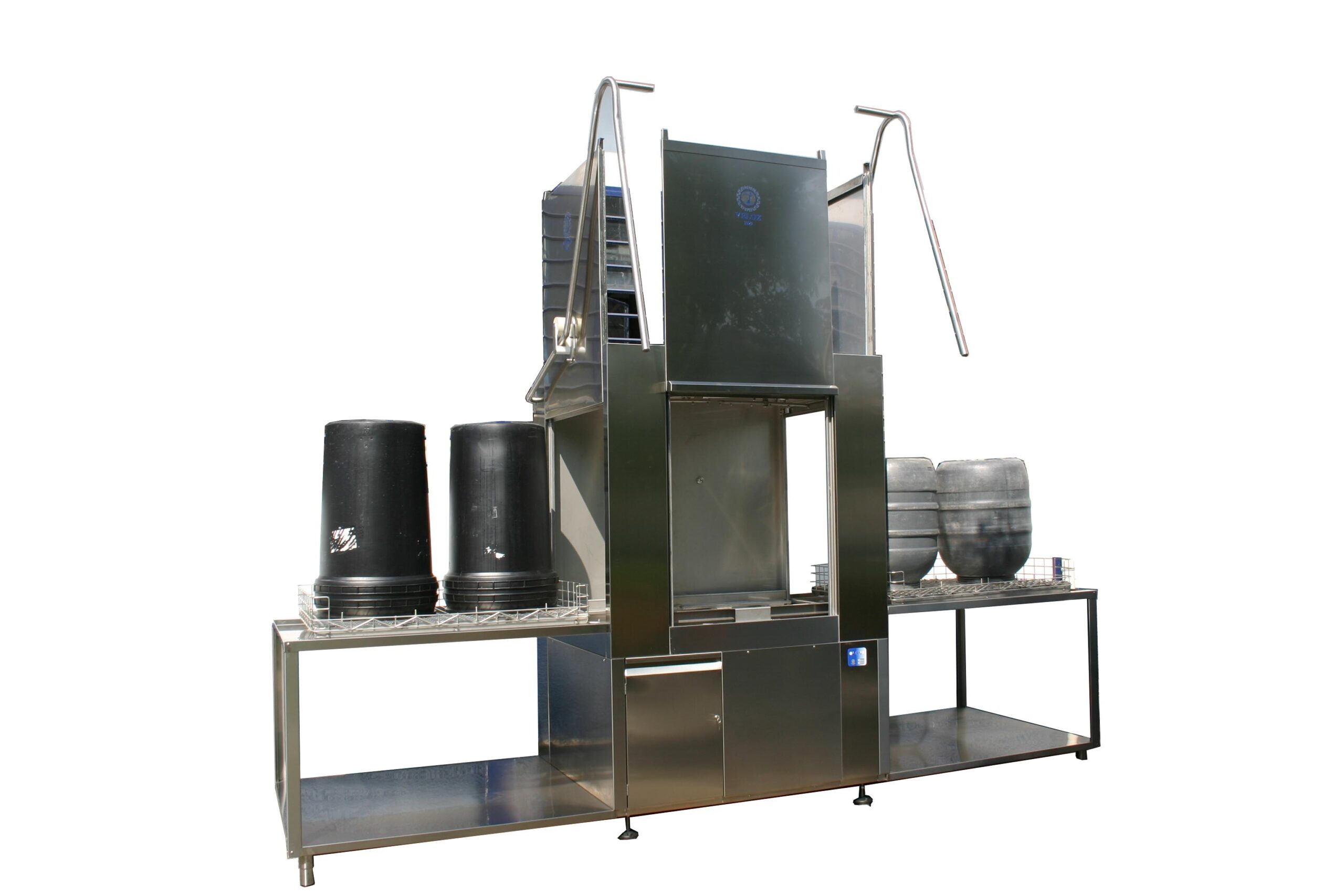
Washing cabinet for food bulk containers
With an ever-increasing demand for output and stricter hygiene regulations for foo...
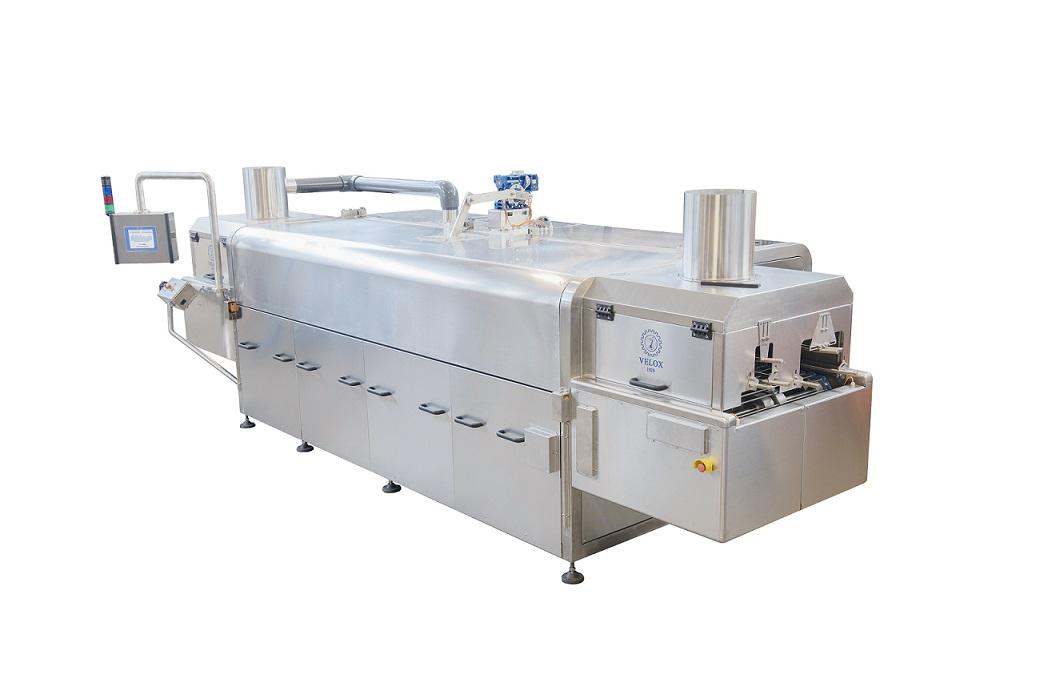
Tunnel washer for food containers
With an increase in demand for production across food service and manufacturing companies...
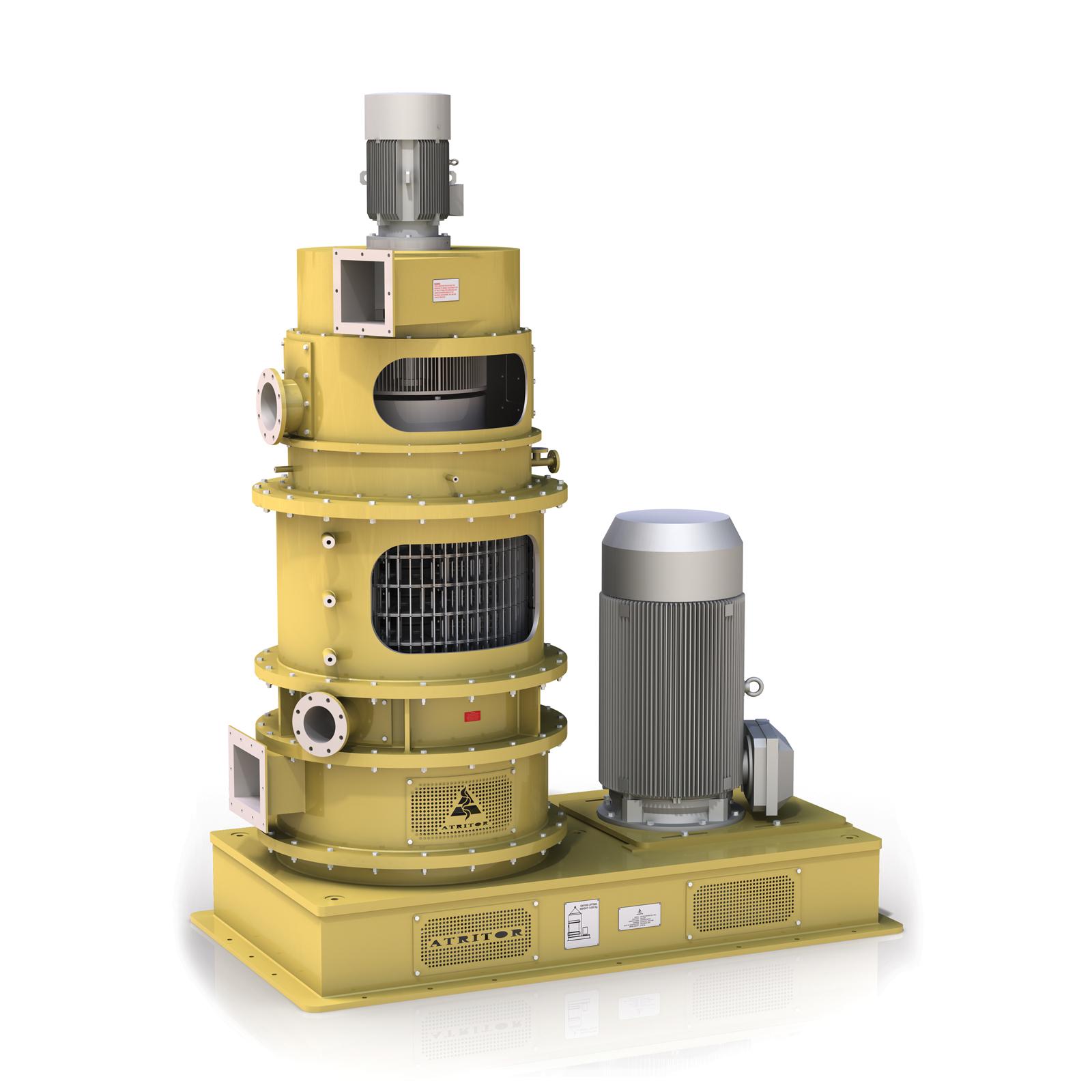
Milling and drying machine for fine powders
When you need to produce ultra-fine powders, the milling and drying process em...

Hygienic floor scale
The food and pharmaceutical industries require maintaining high levels of sanitations as well as logisti...
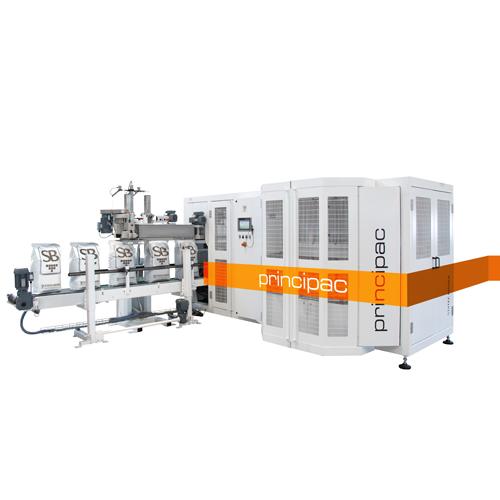
Open mouth bagging machine
If you are a manufacturer of fertilizers, bulk chemicals, sugar, seeds, or any grains it is likel...
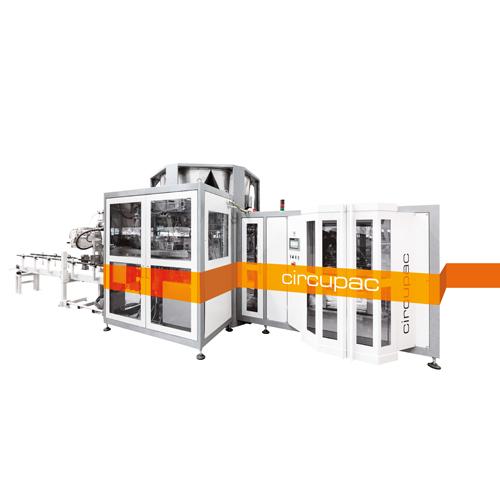
Open mouth bag filling machine for powders
The packaging of powdery products such as flour can be challenging as it is cru...
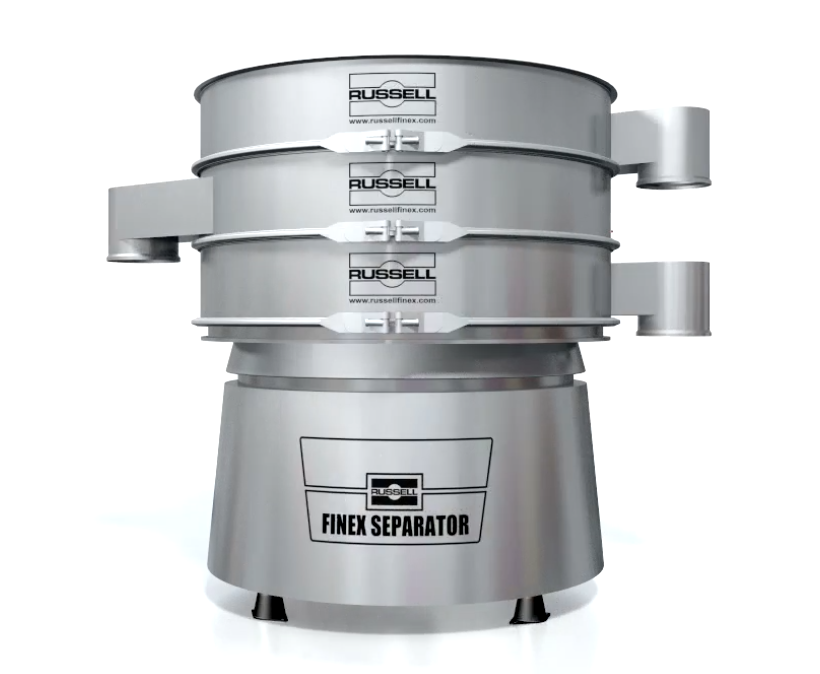
High capacity grading sieve
An industrial vibratory separator machine is multi-purpose, able to carry out a variety of diffe...
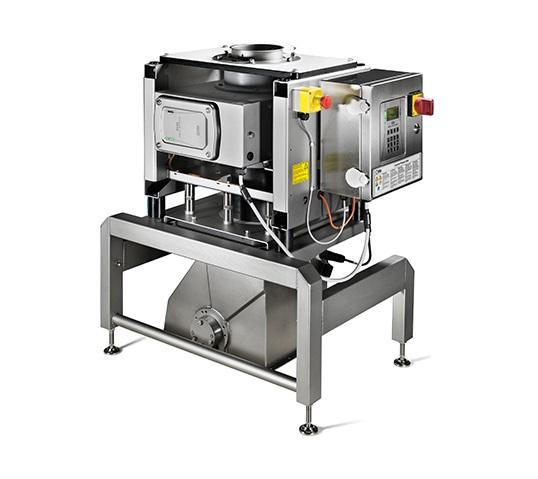
Metal detector for granulated products
Free-fall applications, such us flour, sugar, spices and other granulated or powdere...
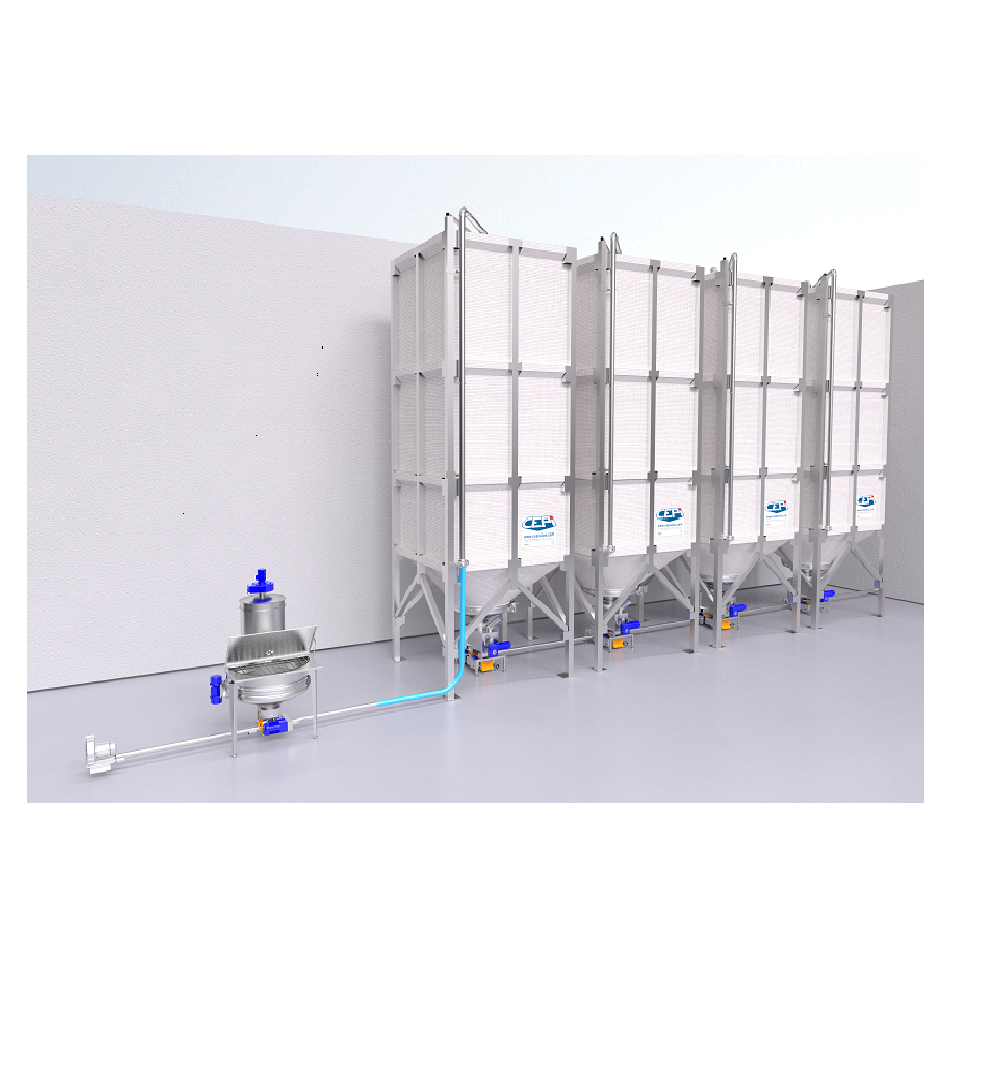
ATEX Indoor silo for sugar and flour
Storing granulated or powdered materials such as sugar and flour prior to processing r...
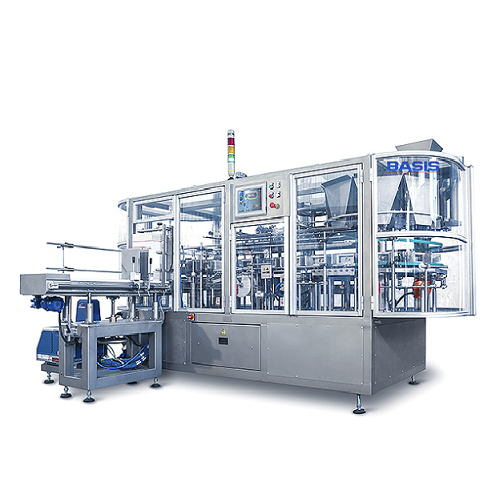
Continuous vertical cartoner
When producing cereals, it is paramount to stay on top of market trends. New packaging forms ca...
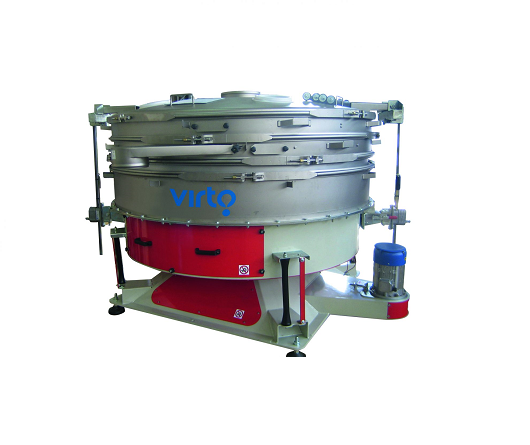
Tumbler sieve for classifying and dedusting granular materials
For the classification of delicate granular material, scr...
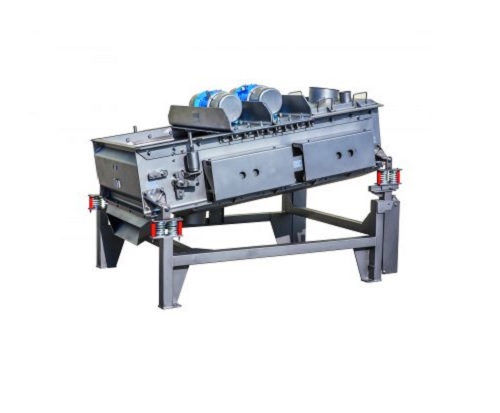
High volume particles separation sieve
For large scale production processes in the chemicals or food industries that requir...
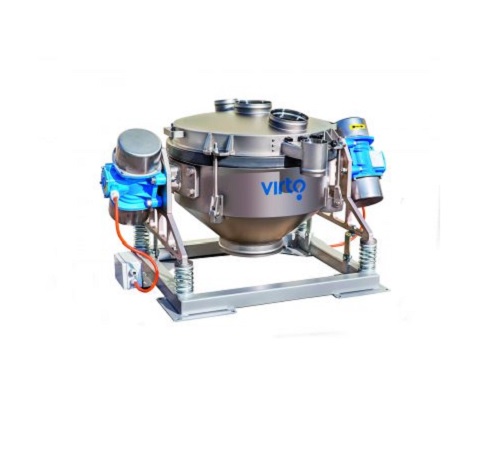
Multifrequency sieve for separation of difficult particles
Separating particles in difficult-to-process materials for pr...
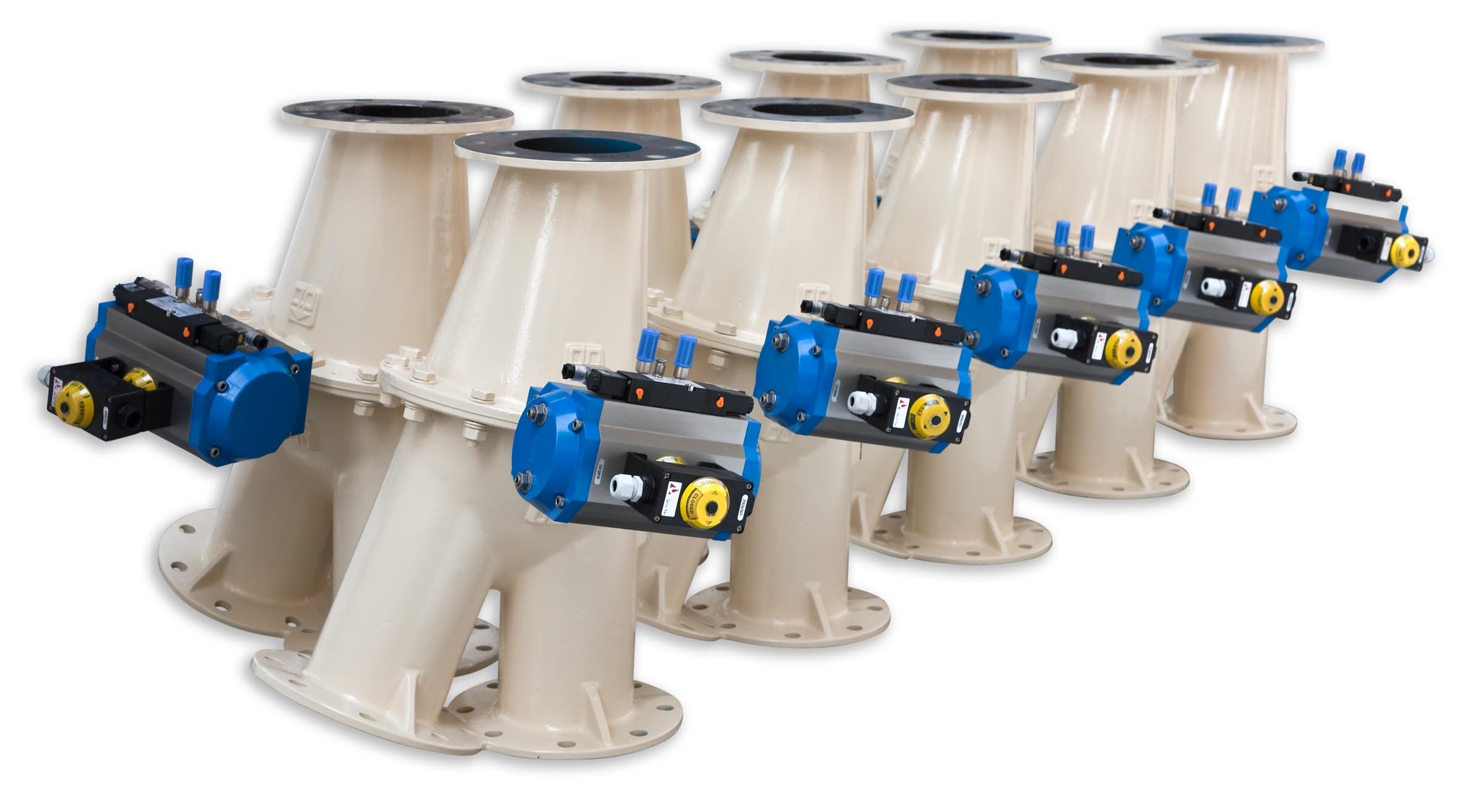
Two-way flap type diverter valve
Routing powder, pellets or granules from a product source to two receiving points must be d...
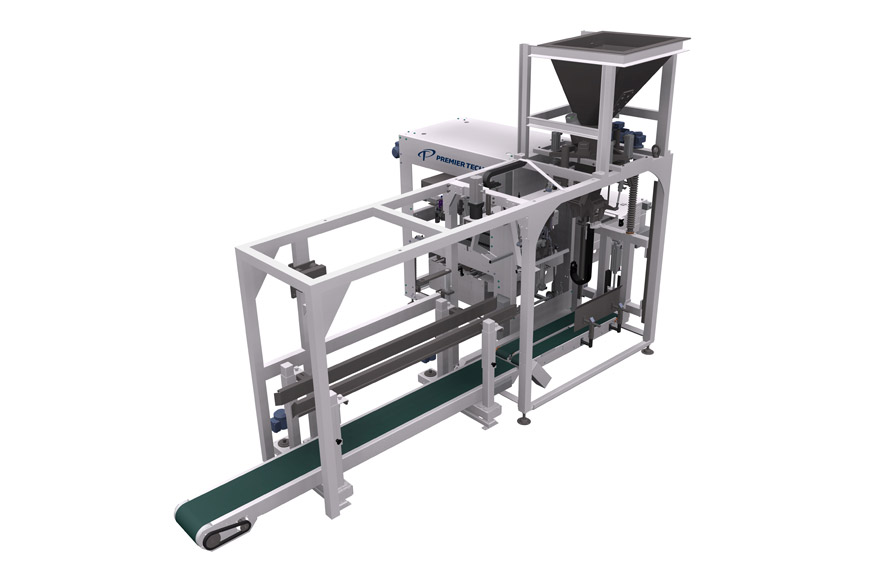
Open-mouth baggers for free flowing powders
For bagging free flowing materials into open mouth bags, this system is ideal....
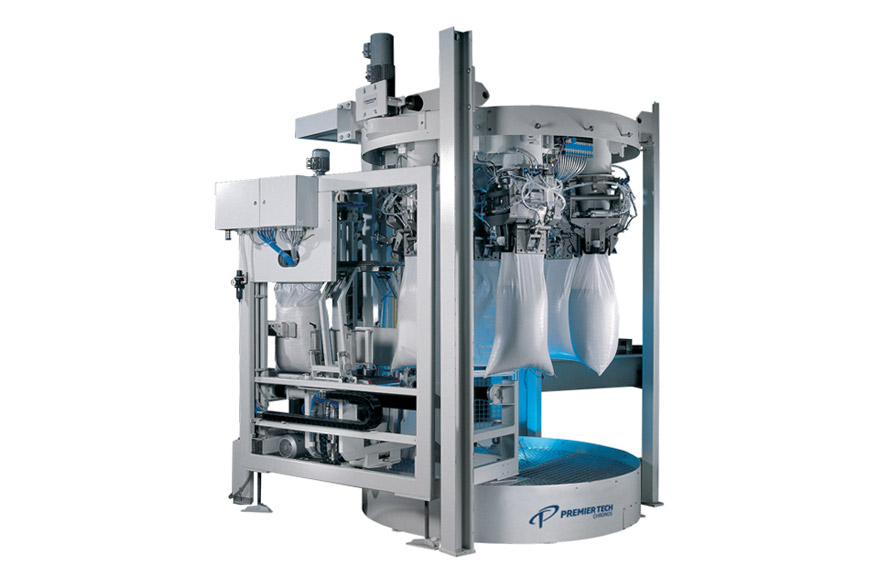
Open-mouth bagging carousel for flour
When you need a carousel for packing powdery bulk materials, the bagging carousel tha...
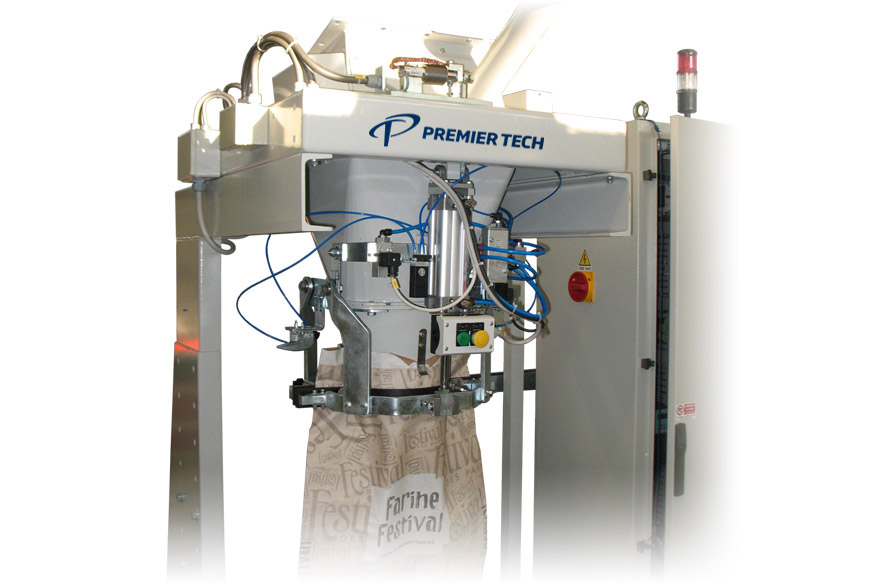
Manual bagger with gross weigher
This is a manual bagging set with an electronic gross weighing system to meet international...
